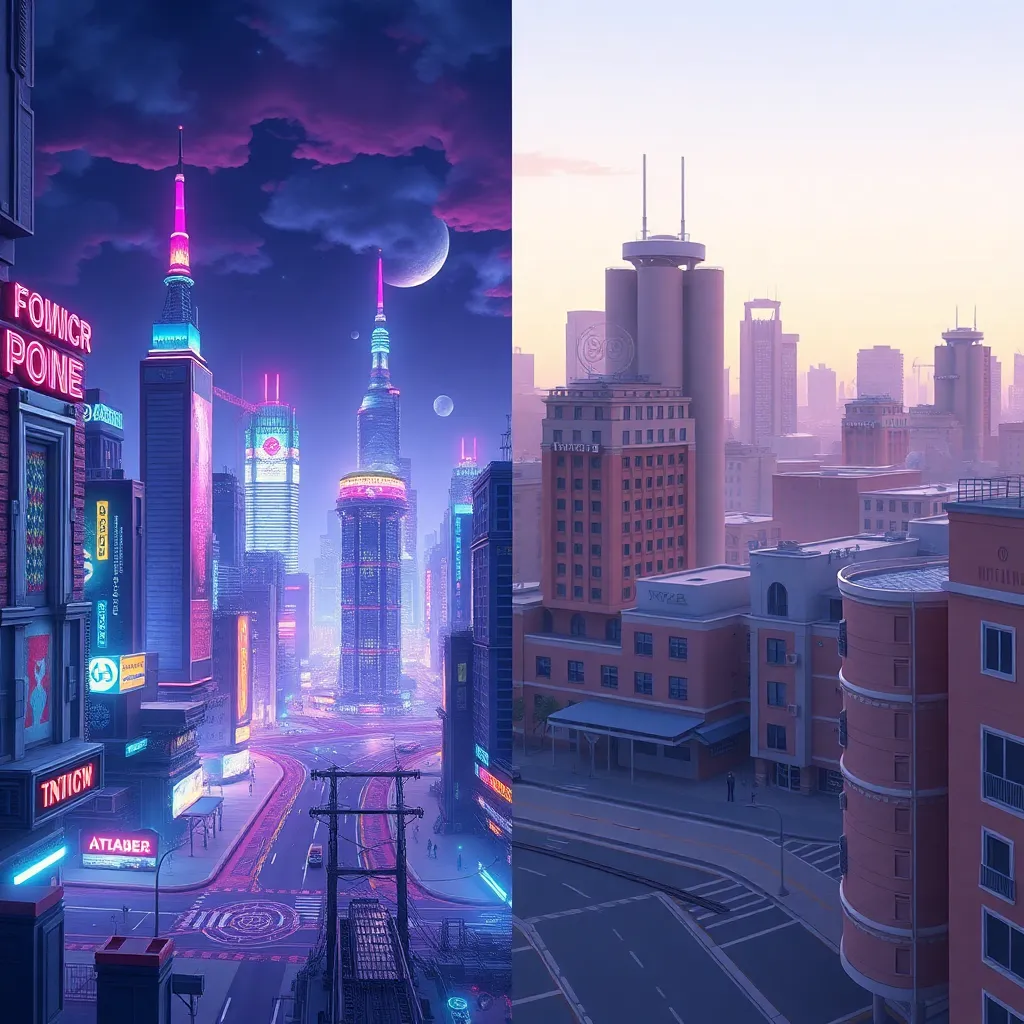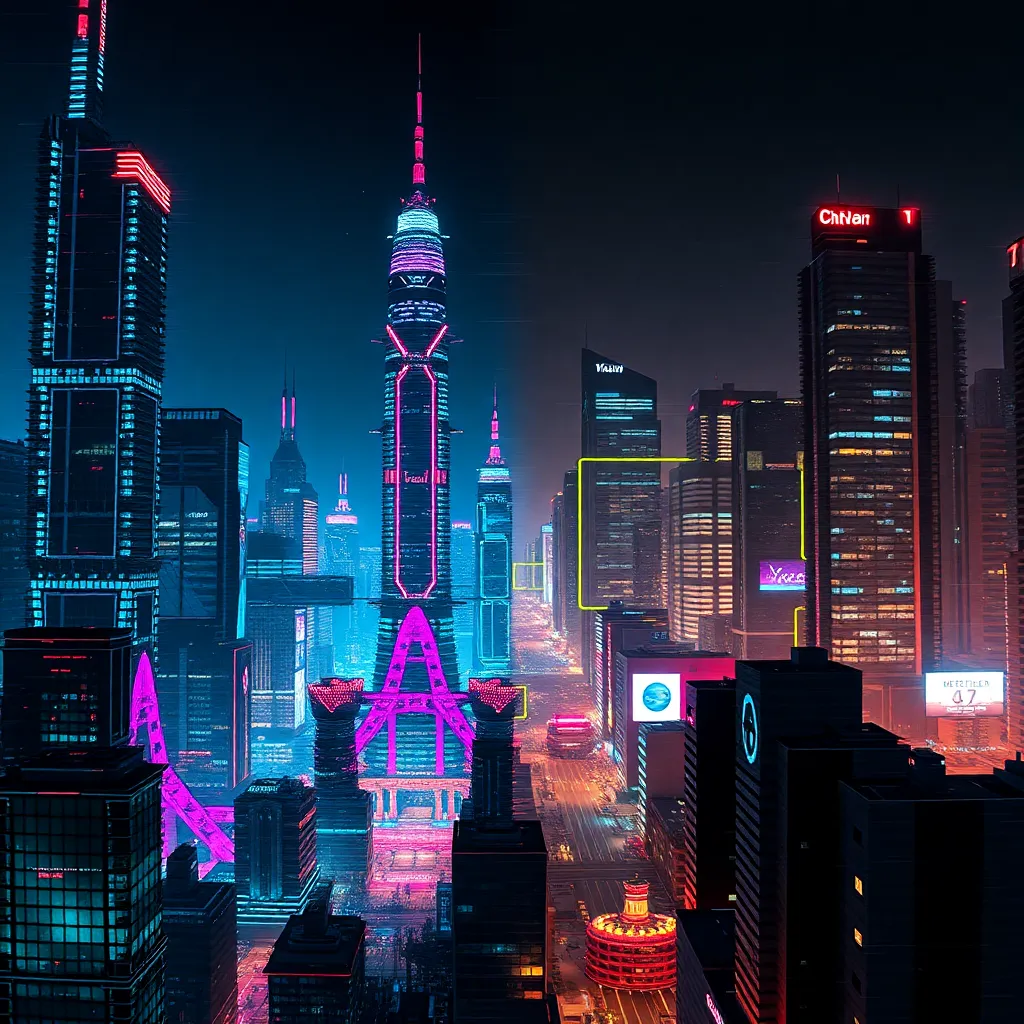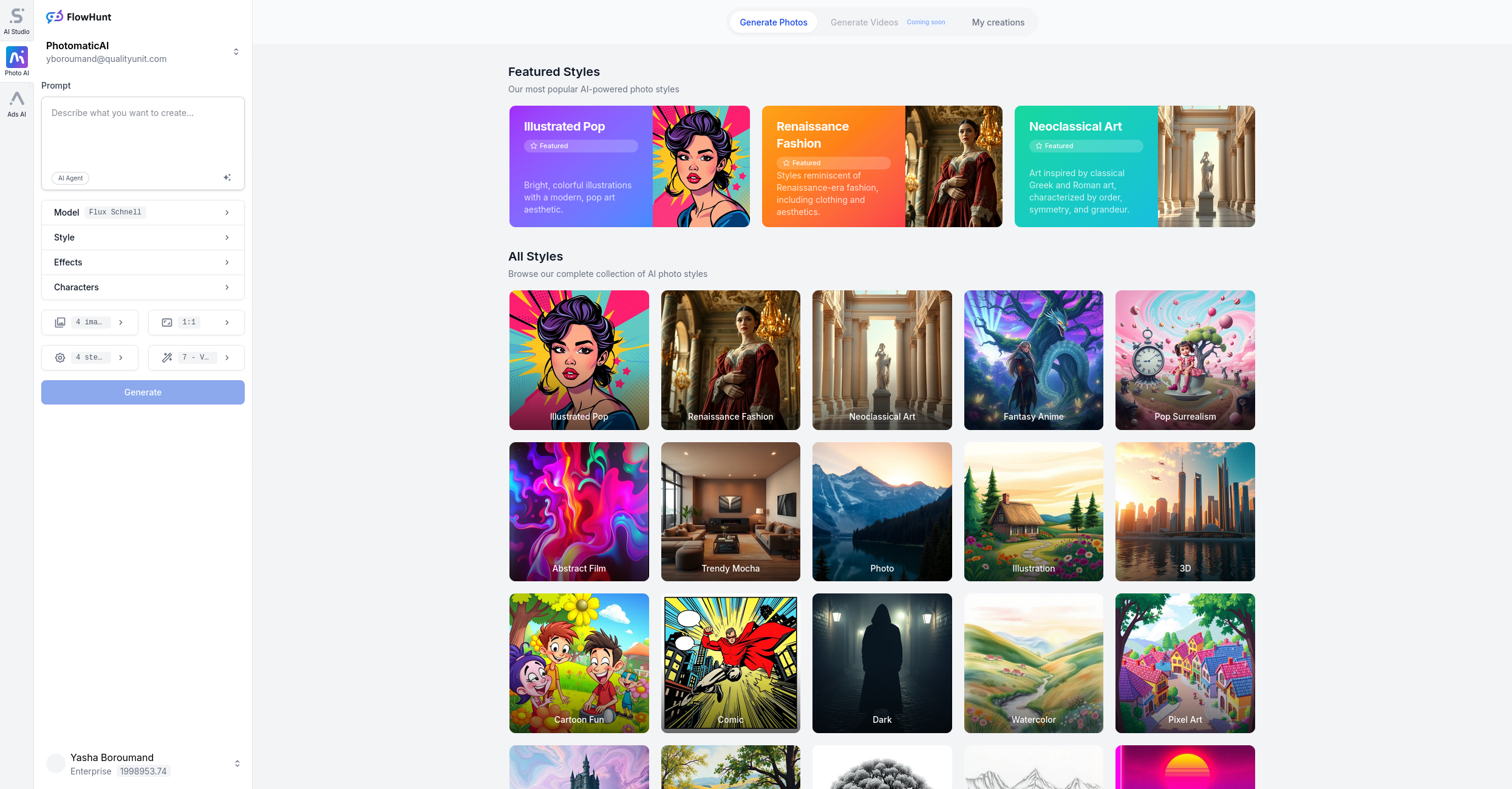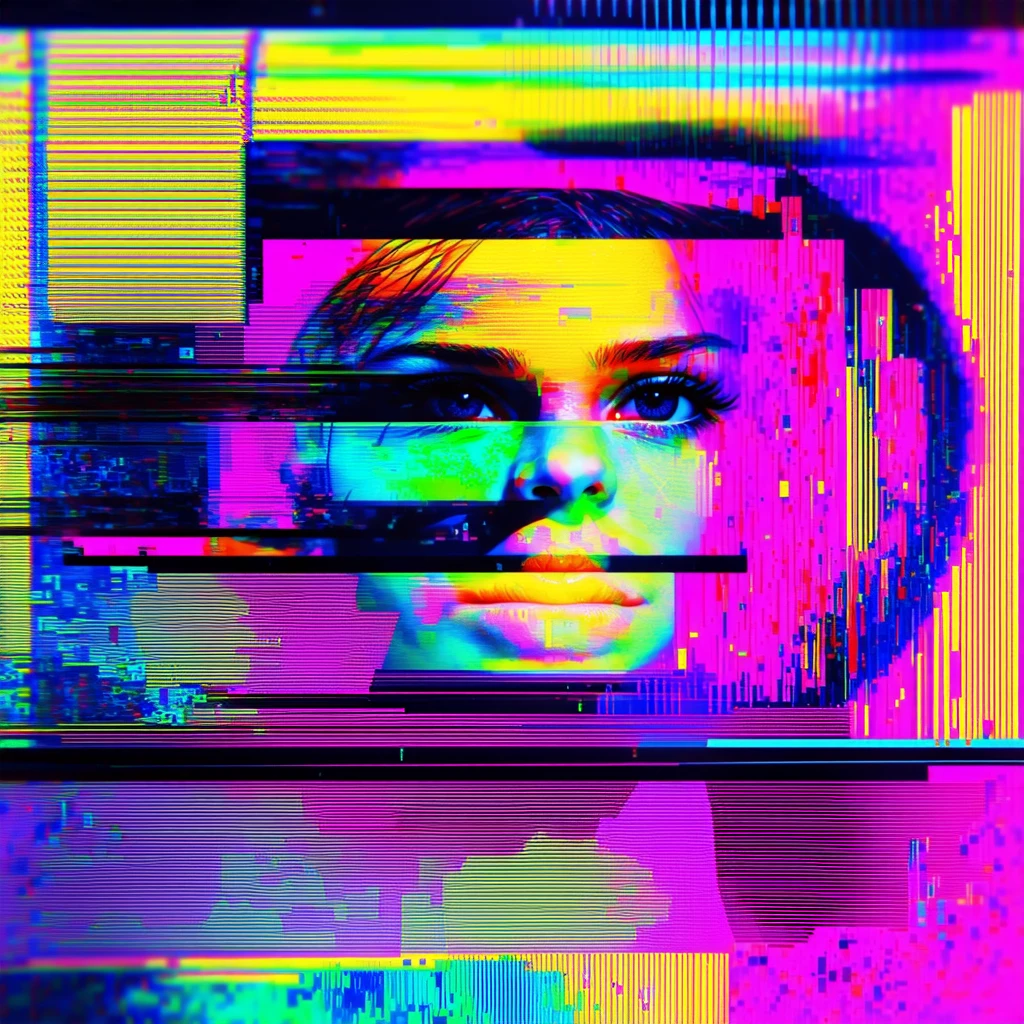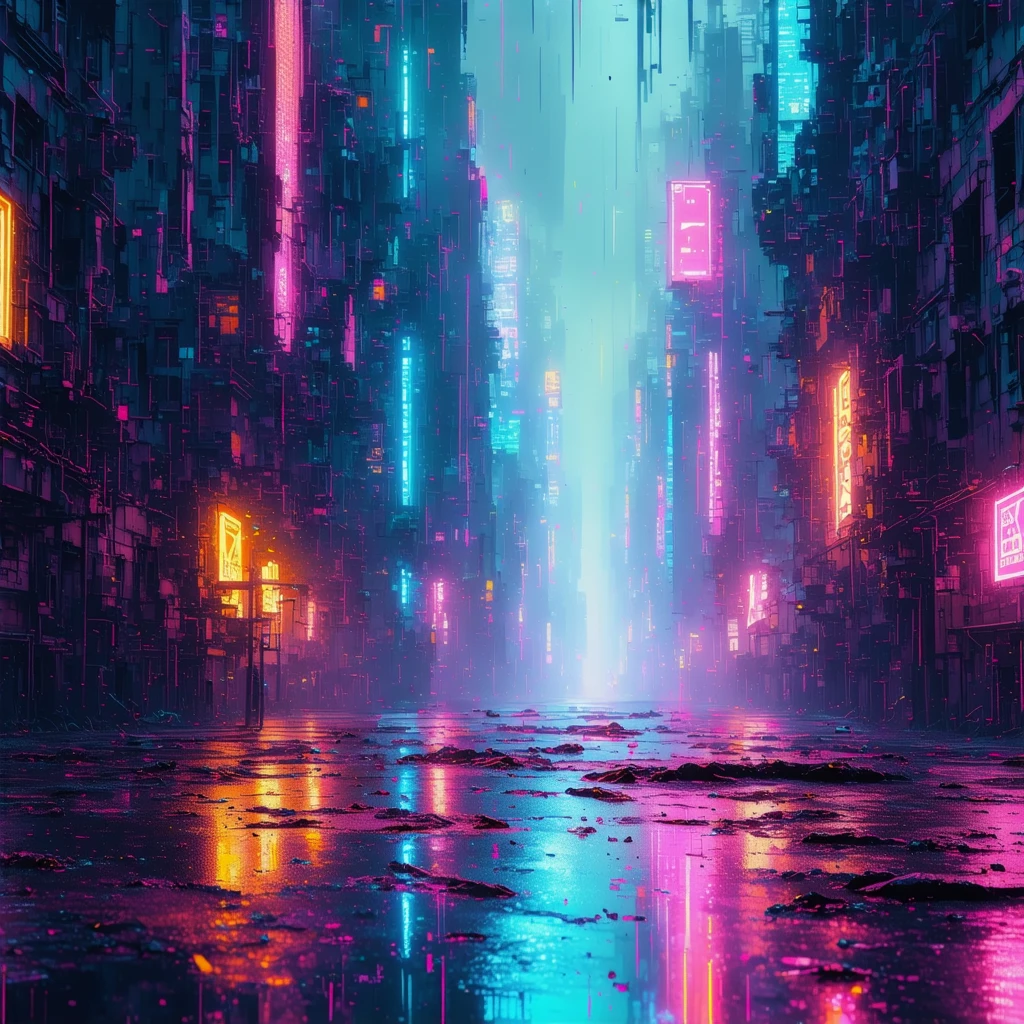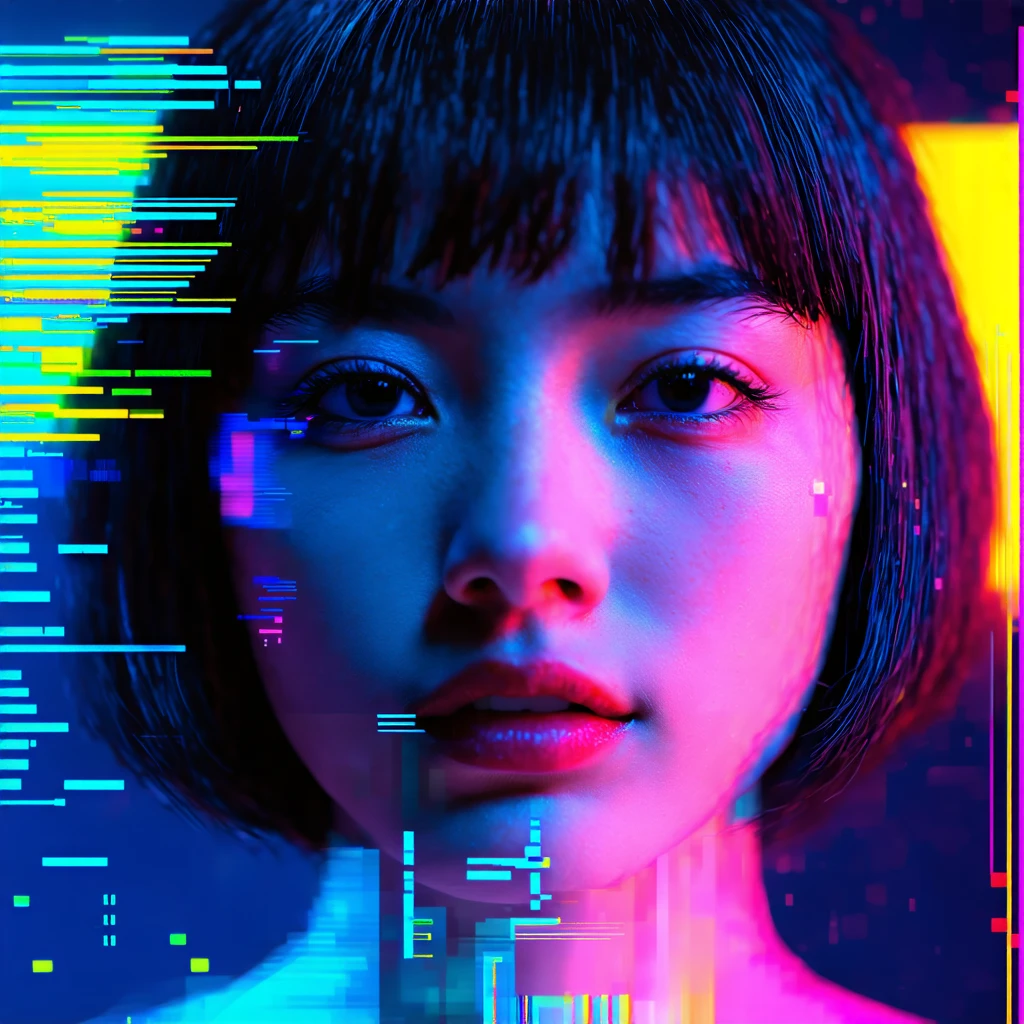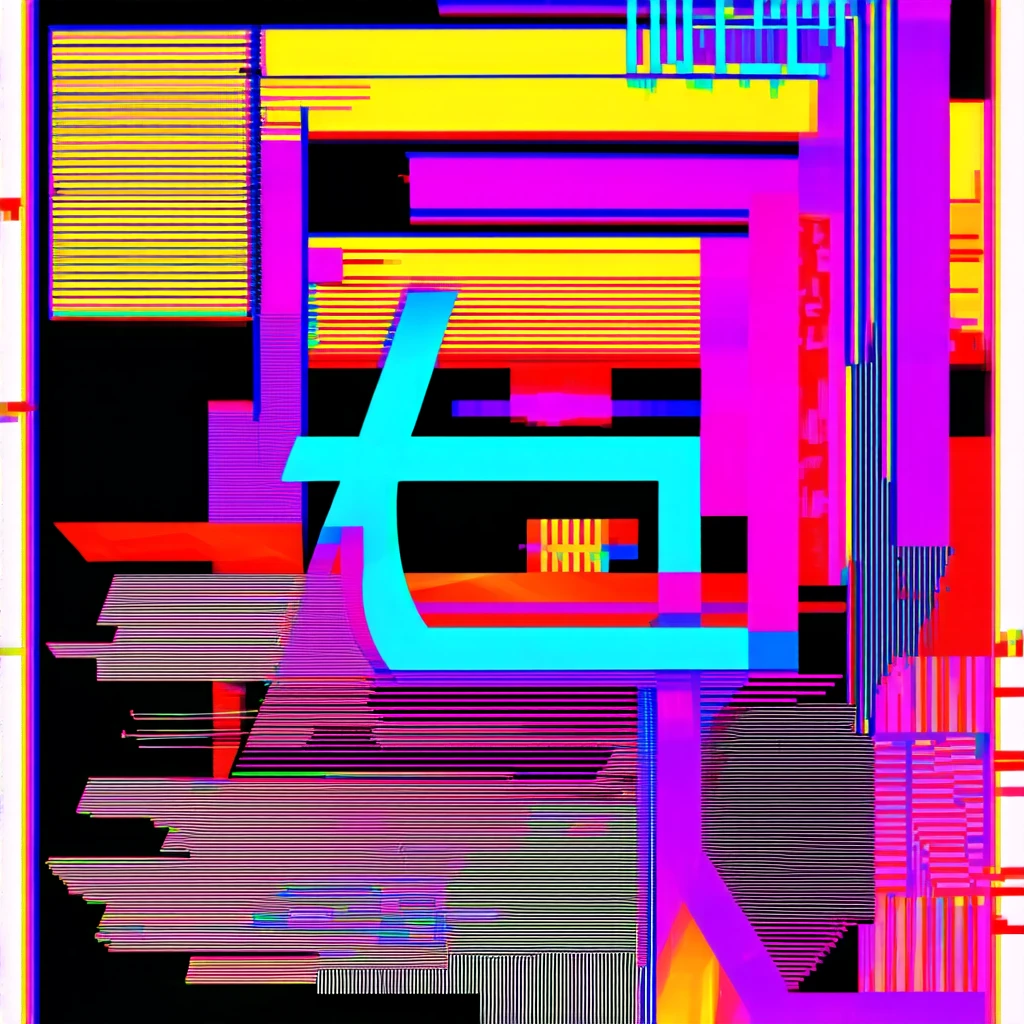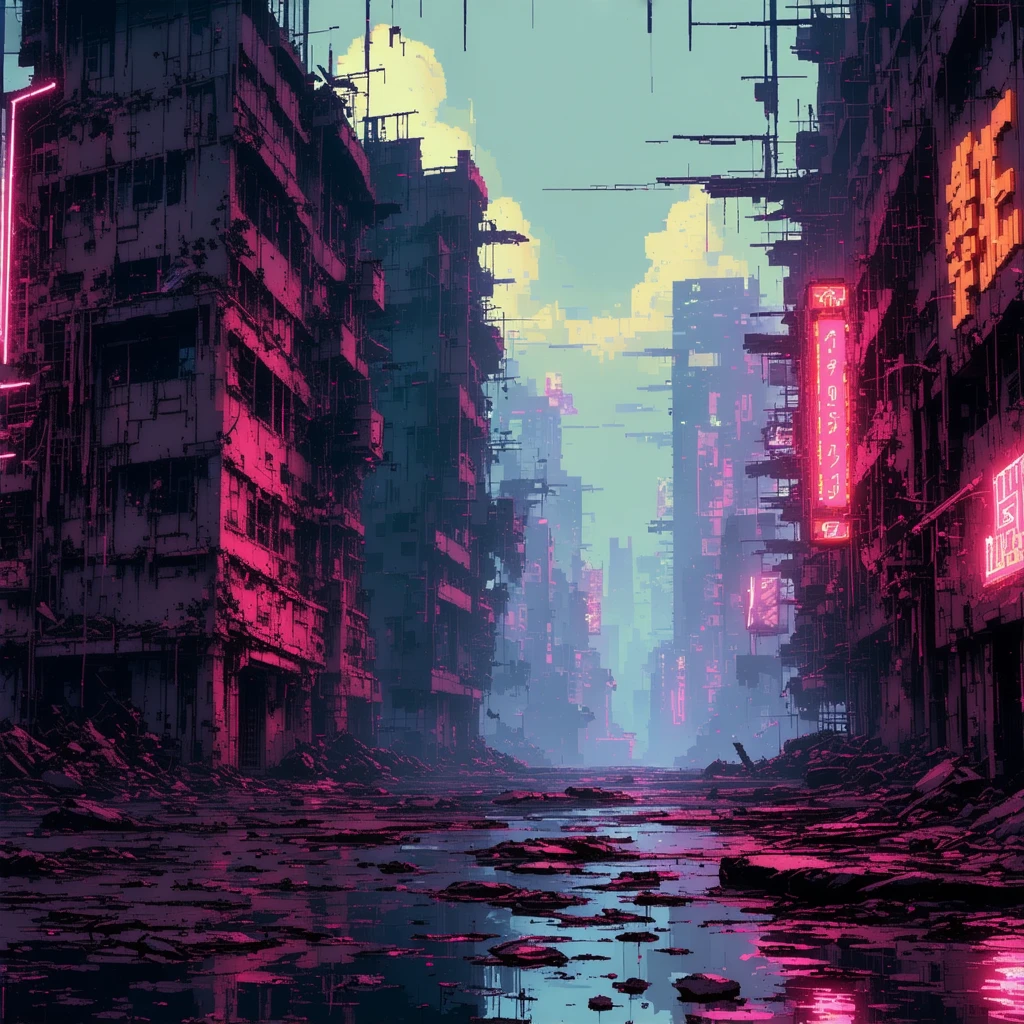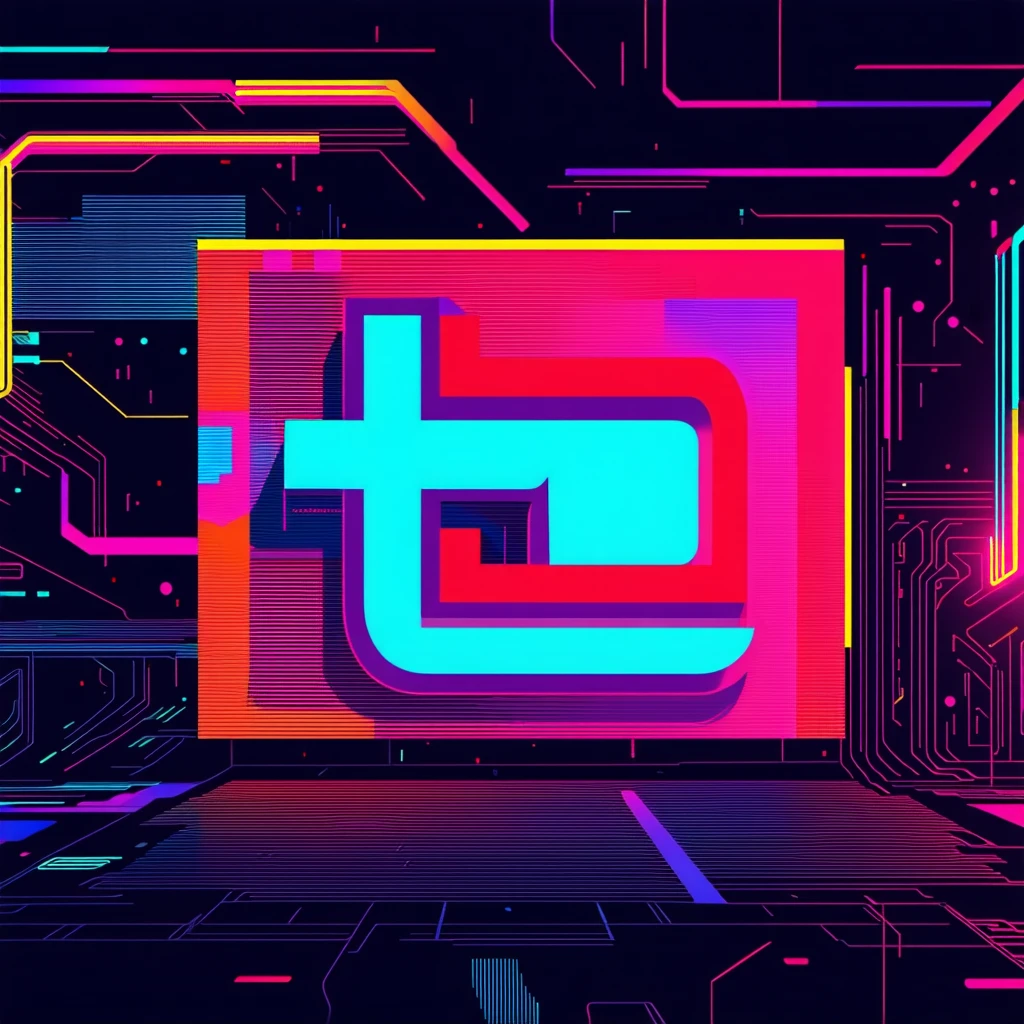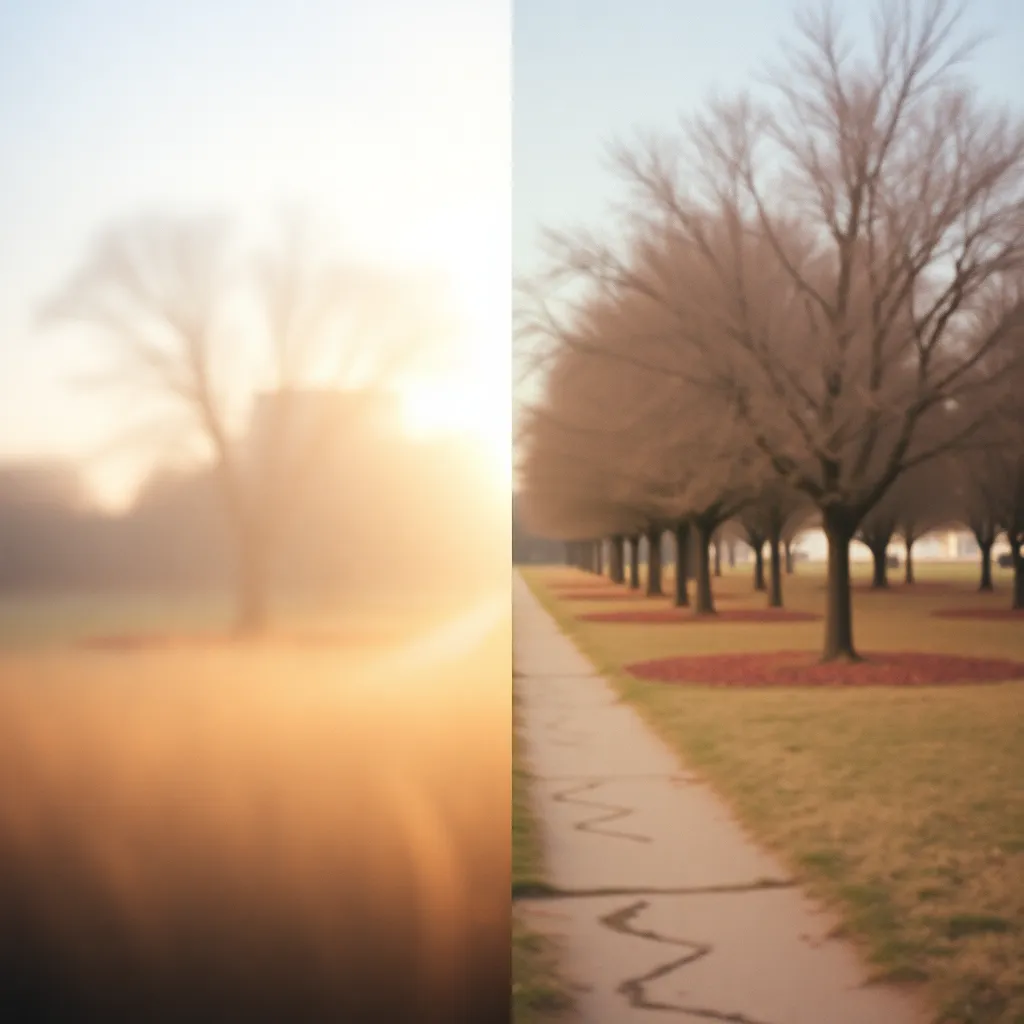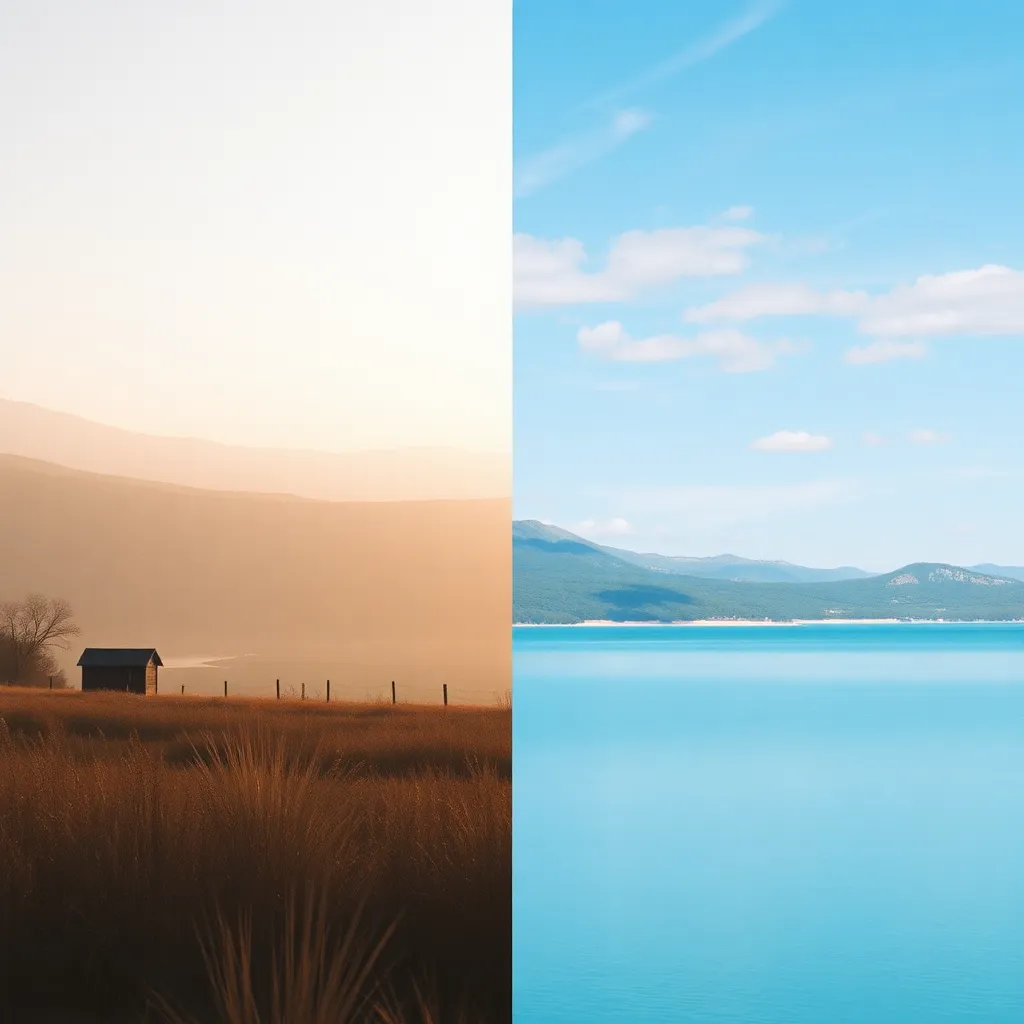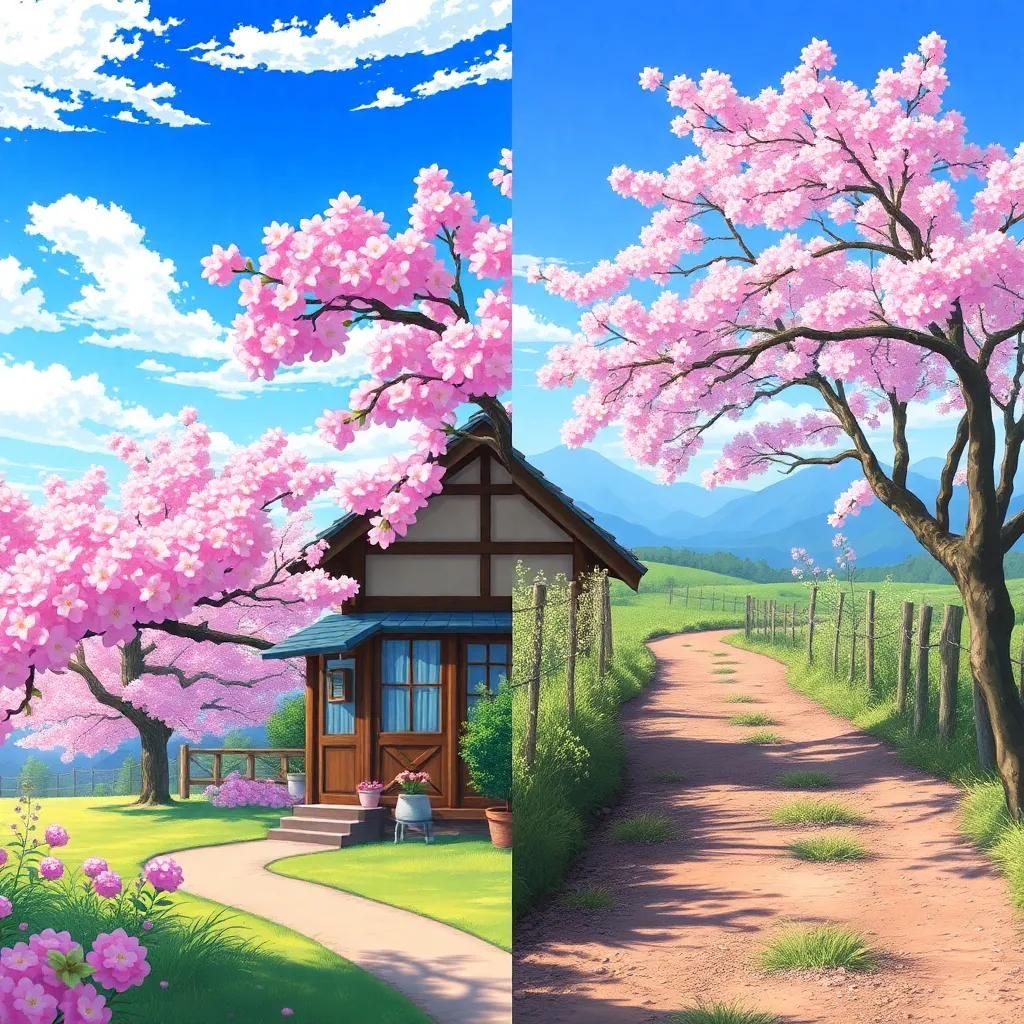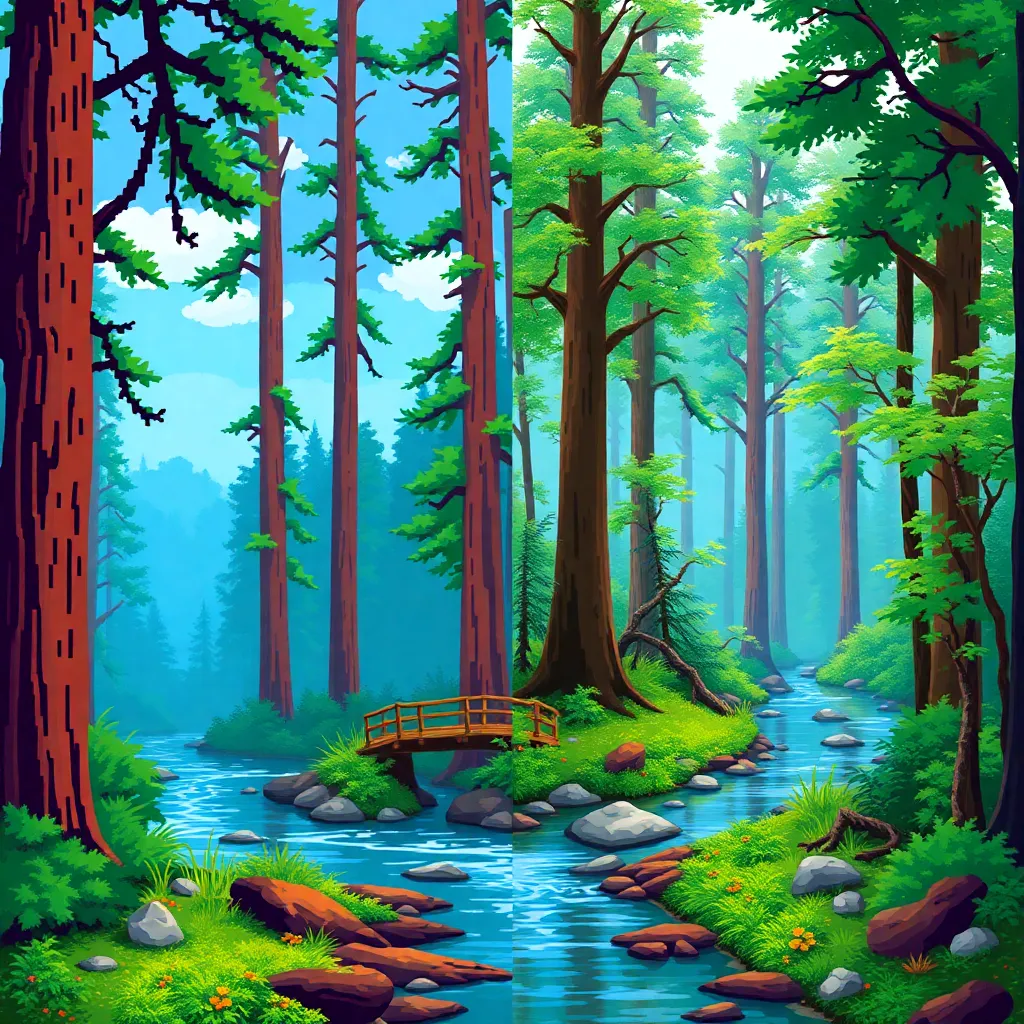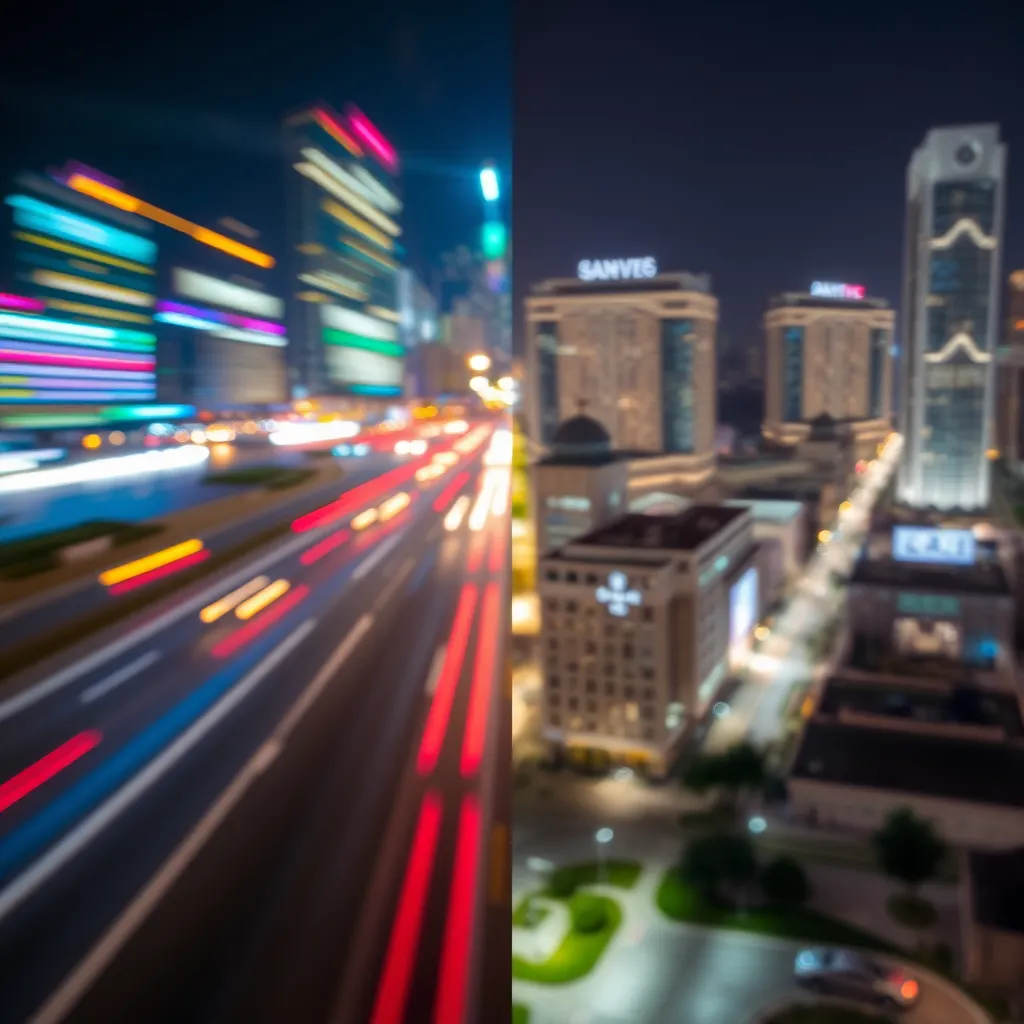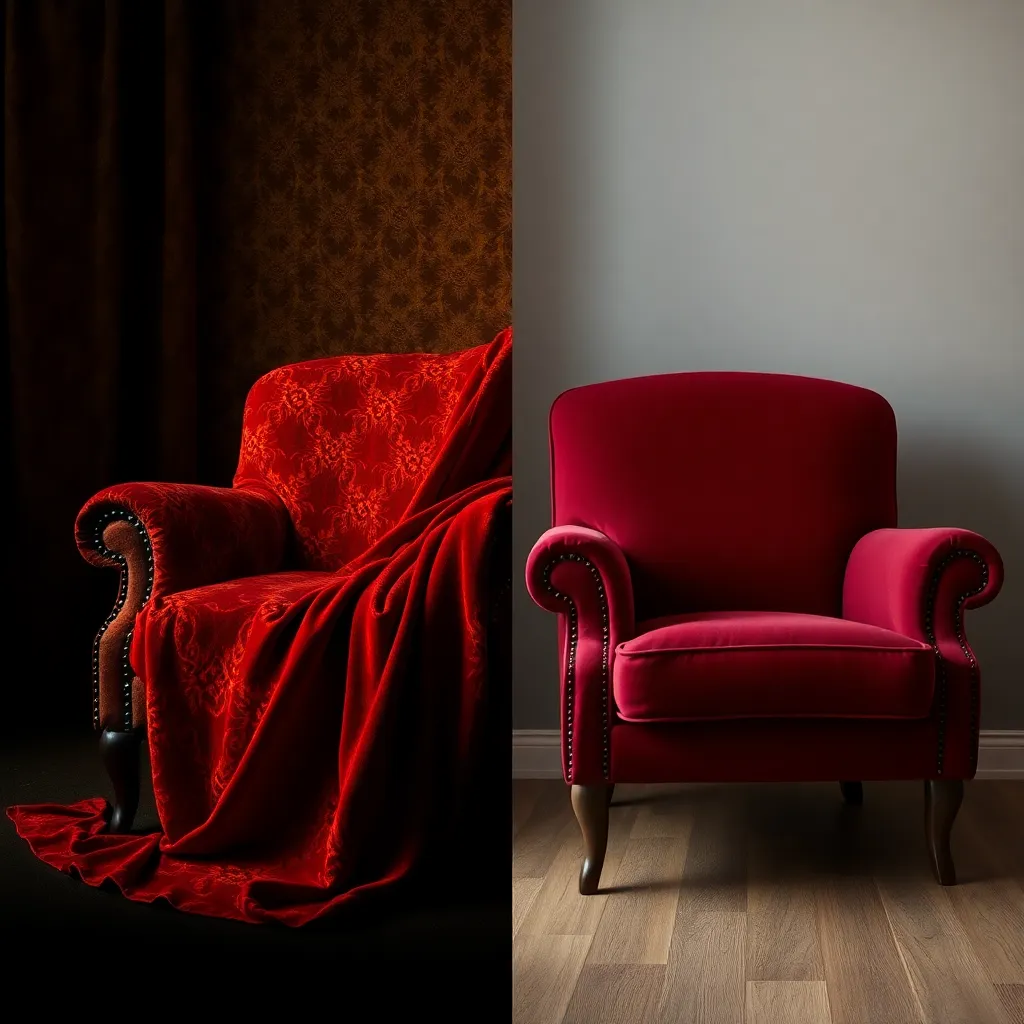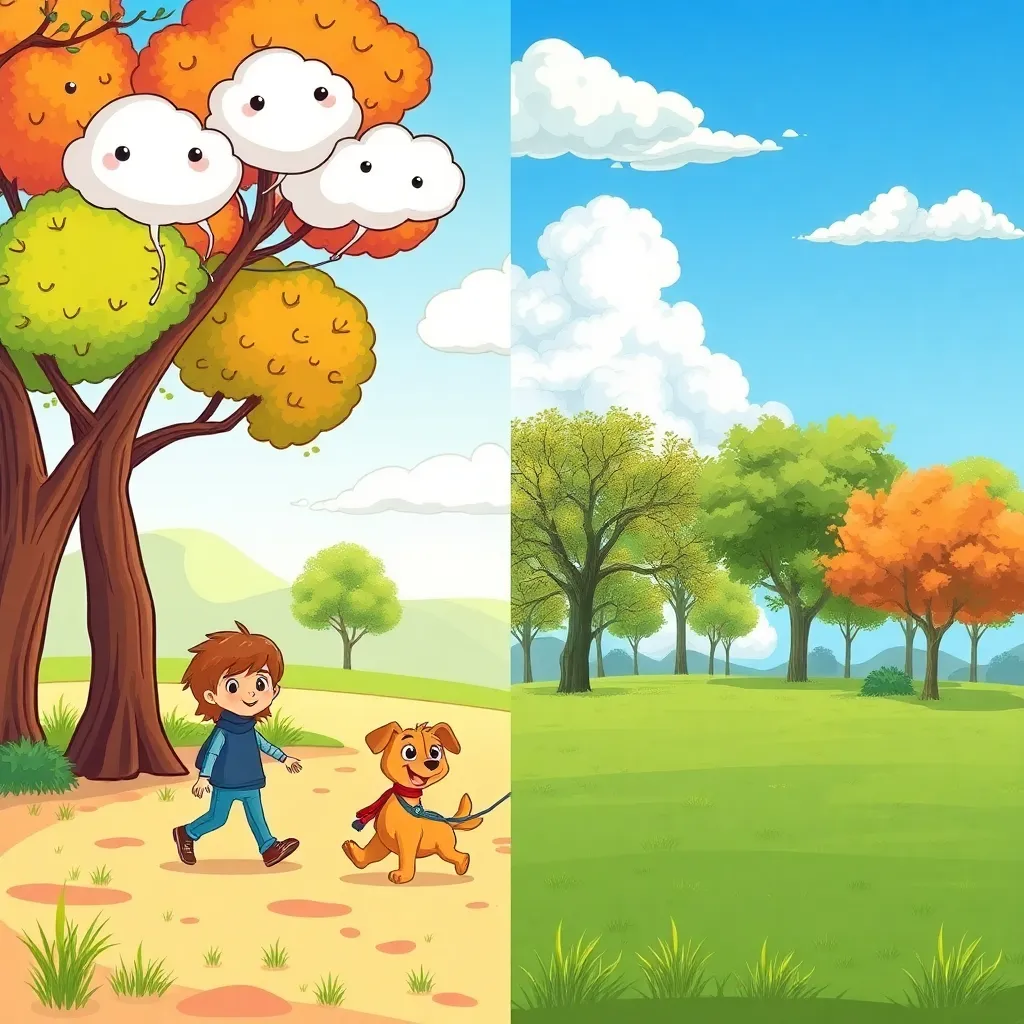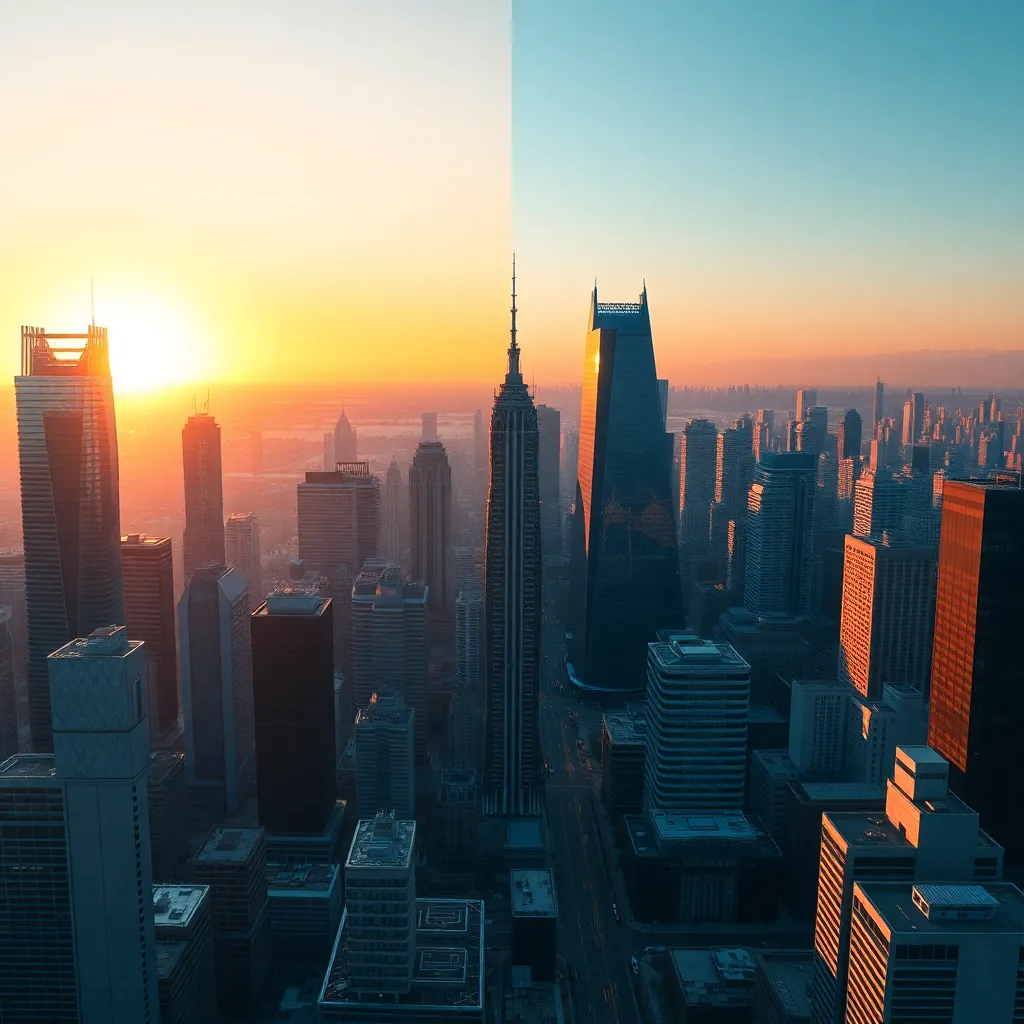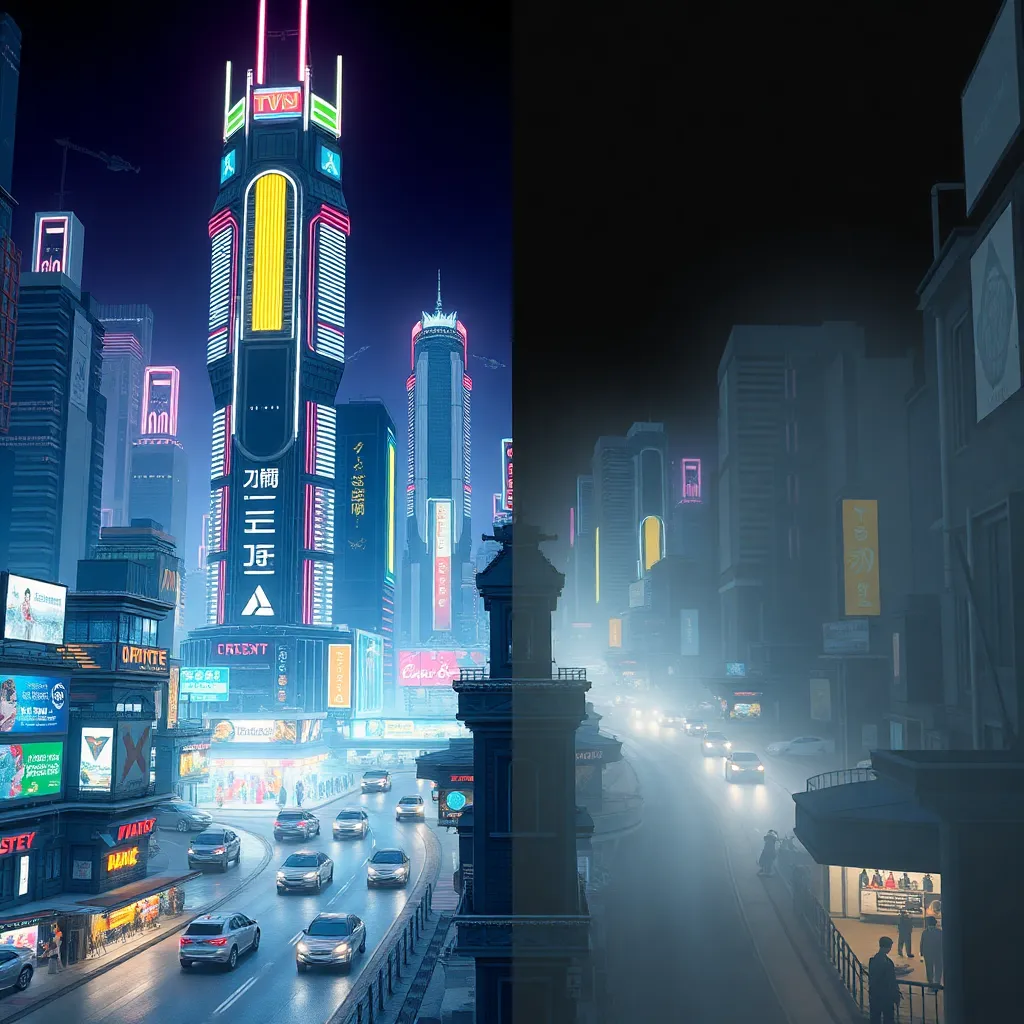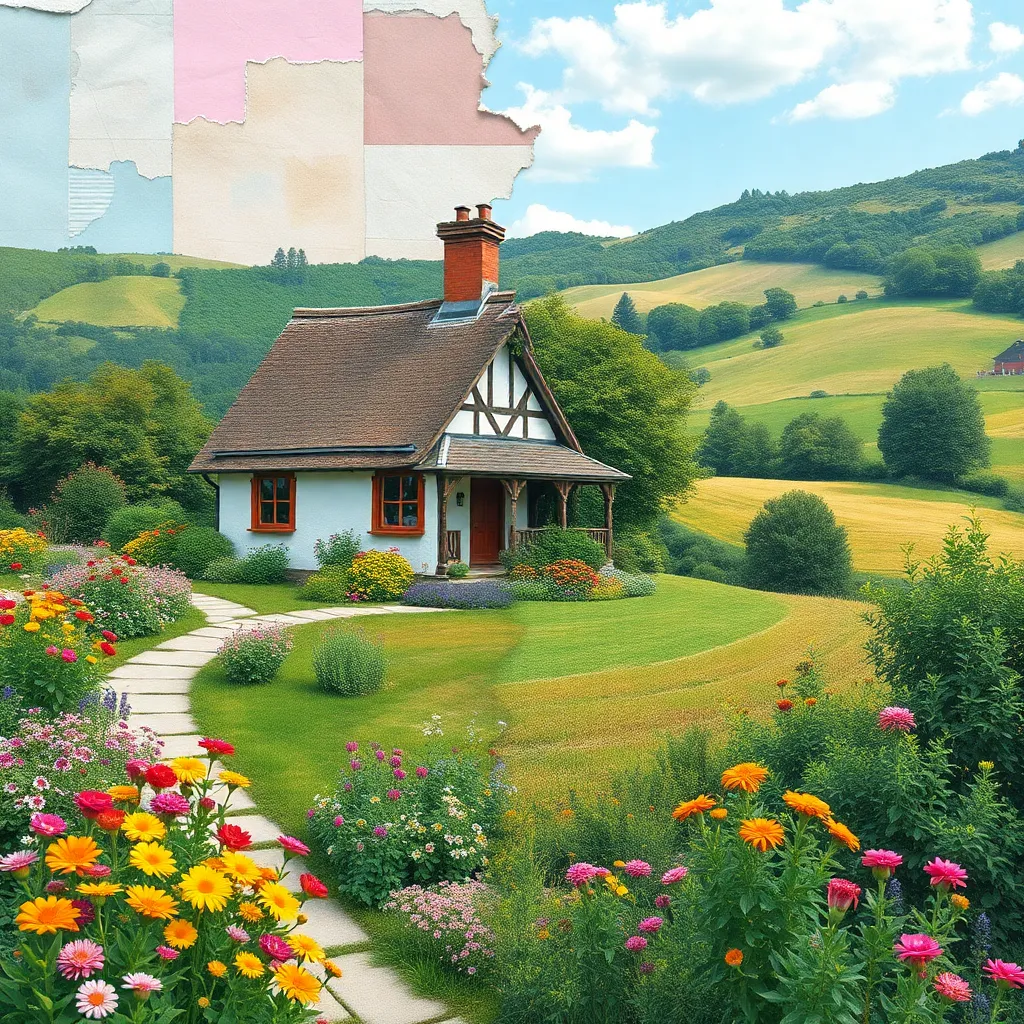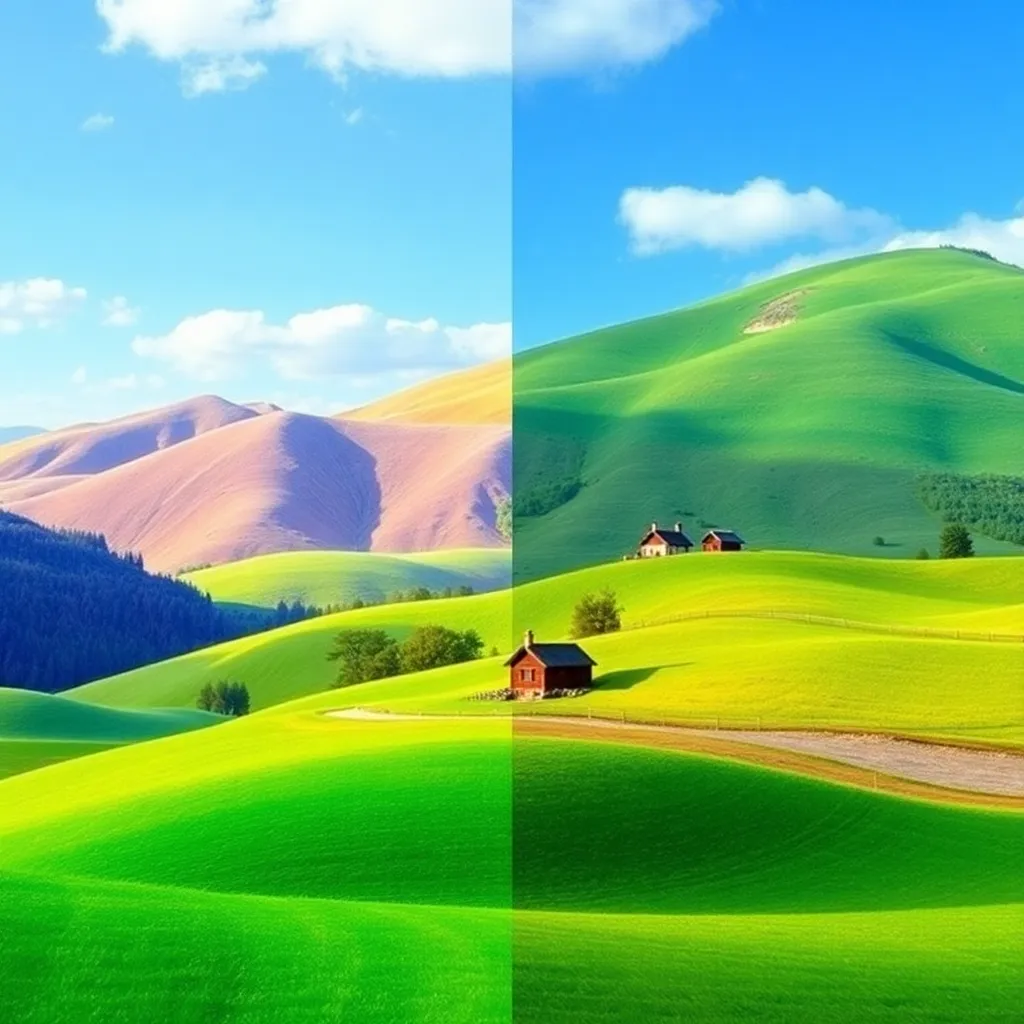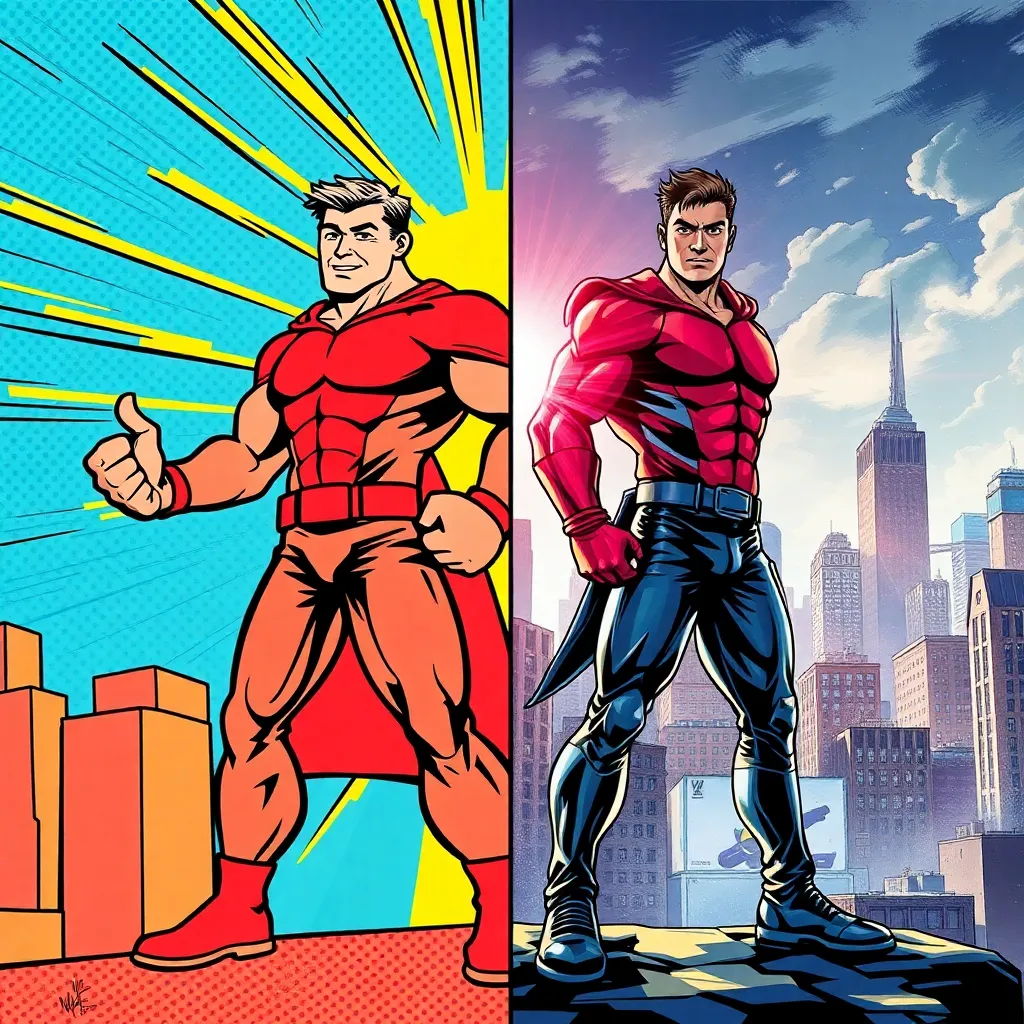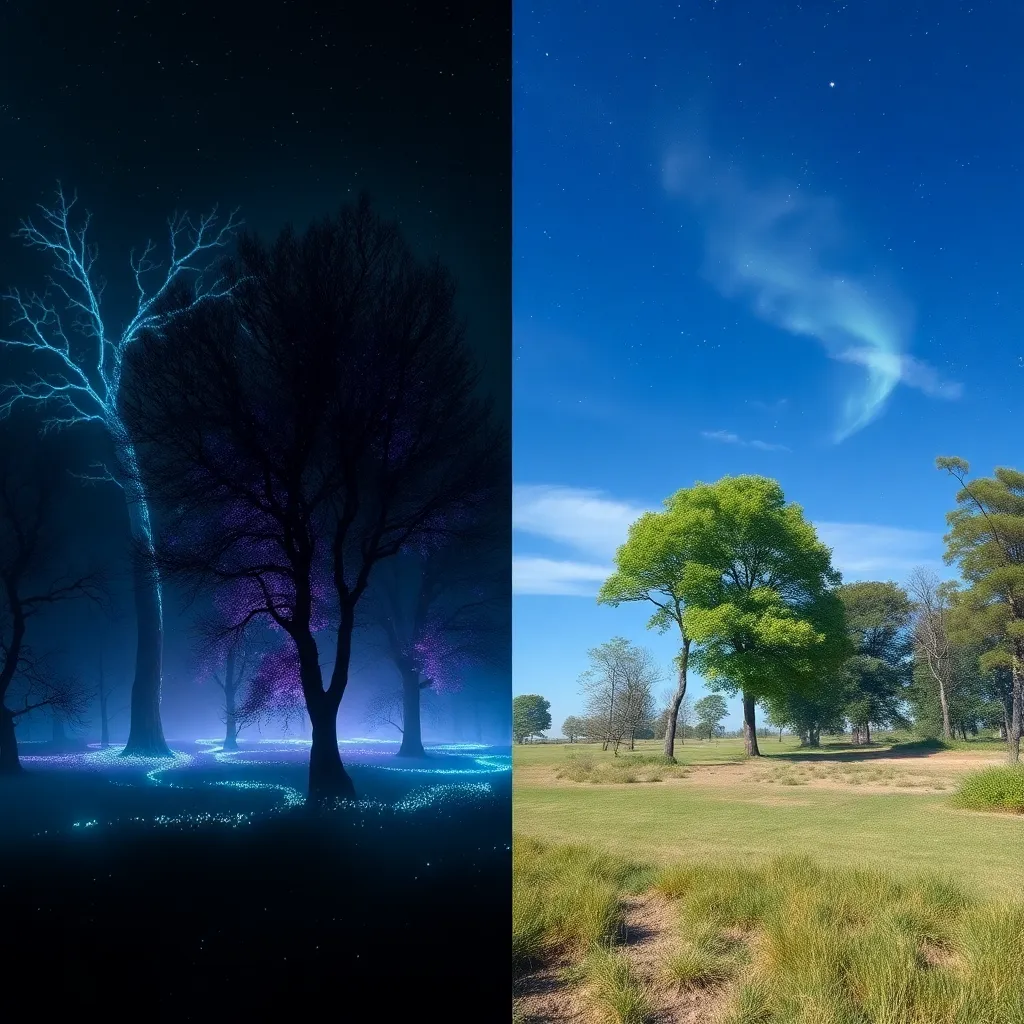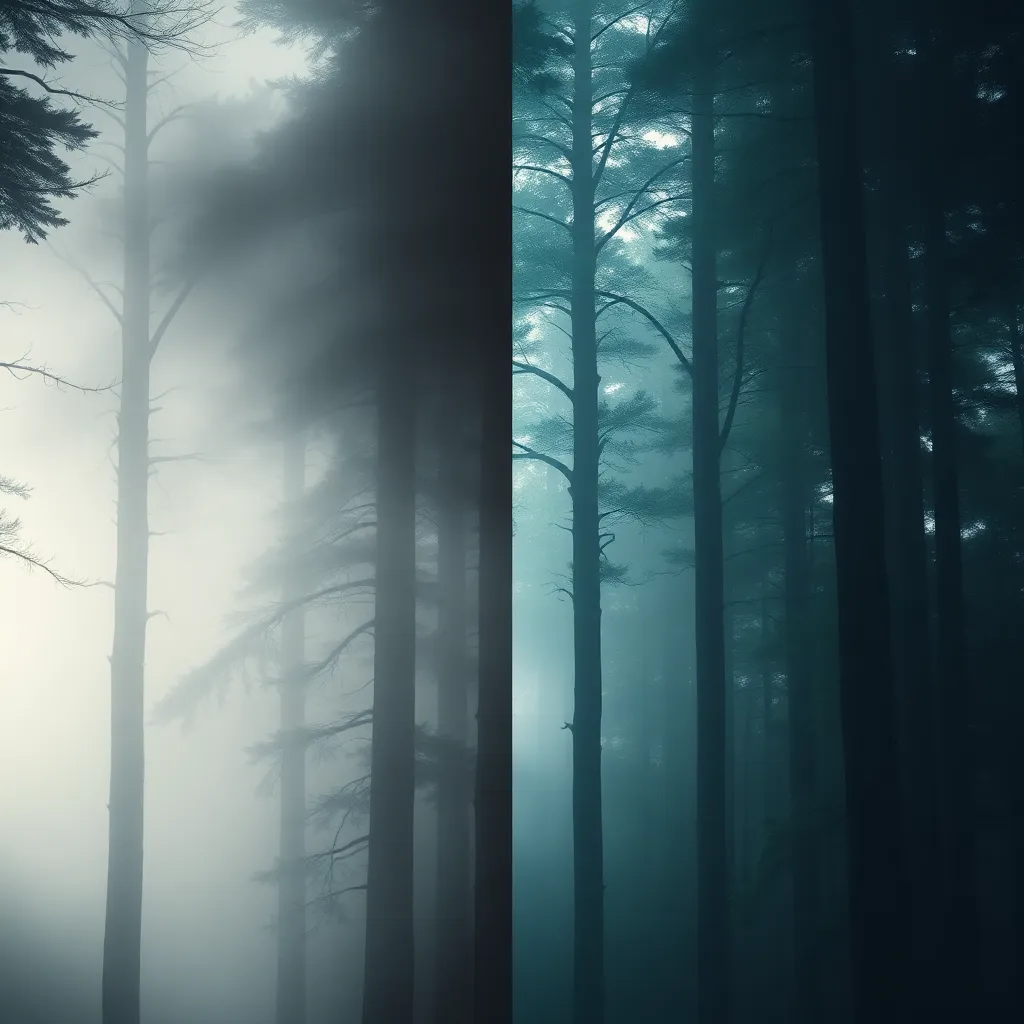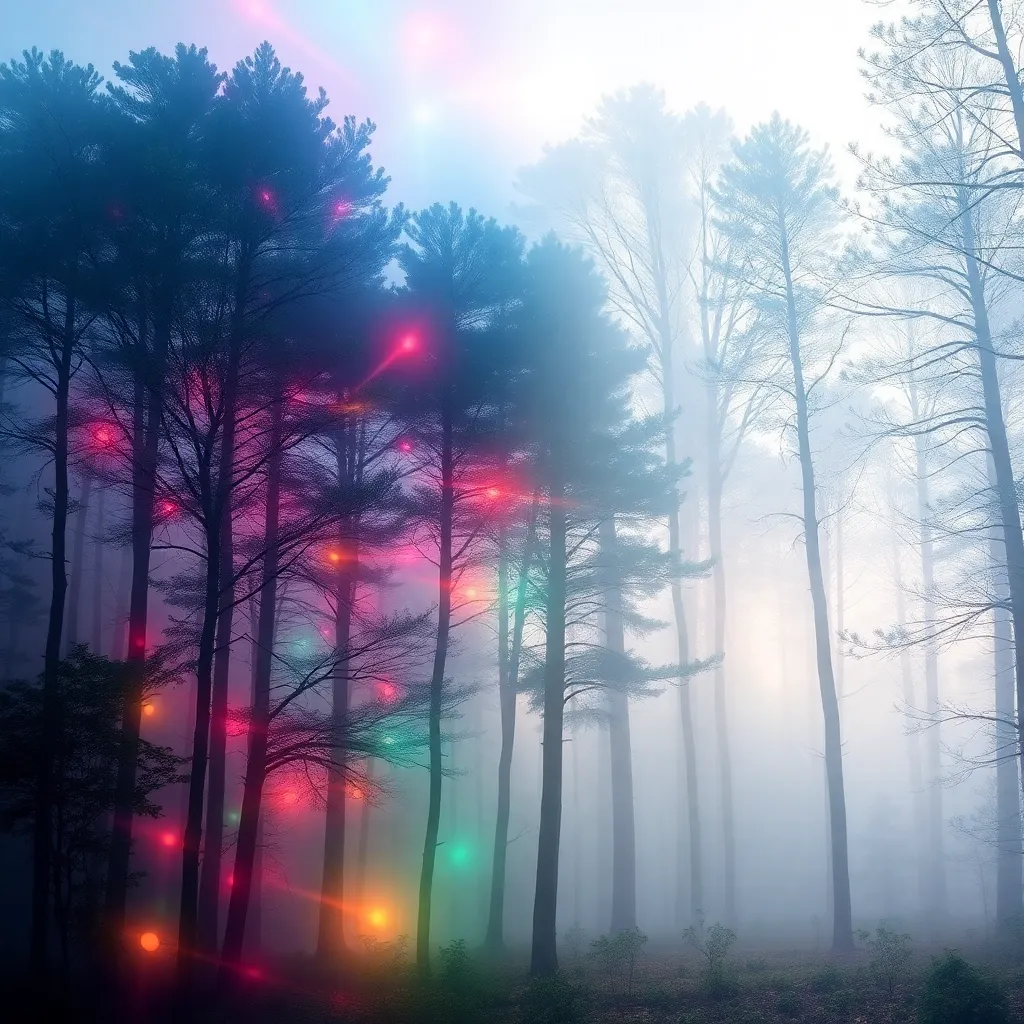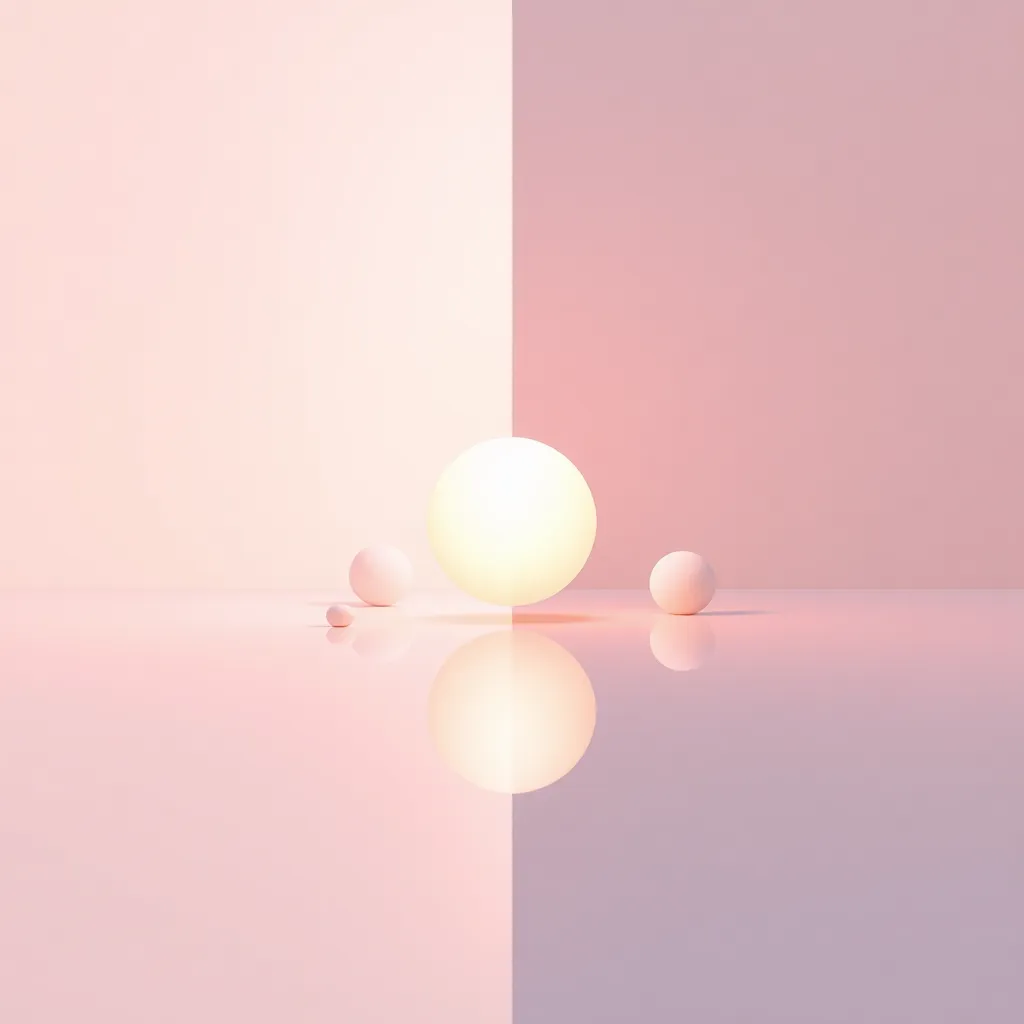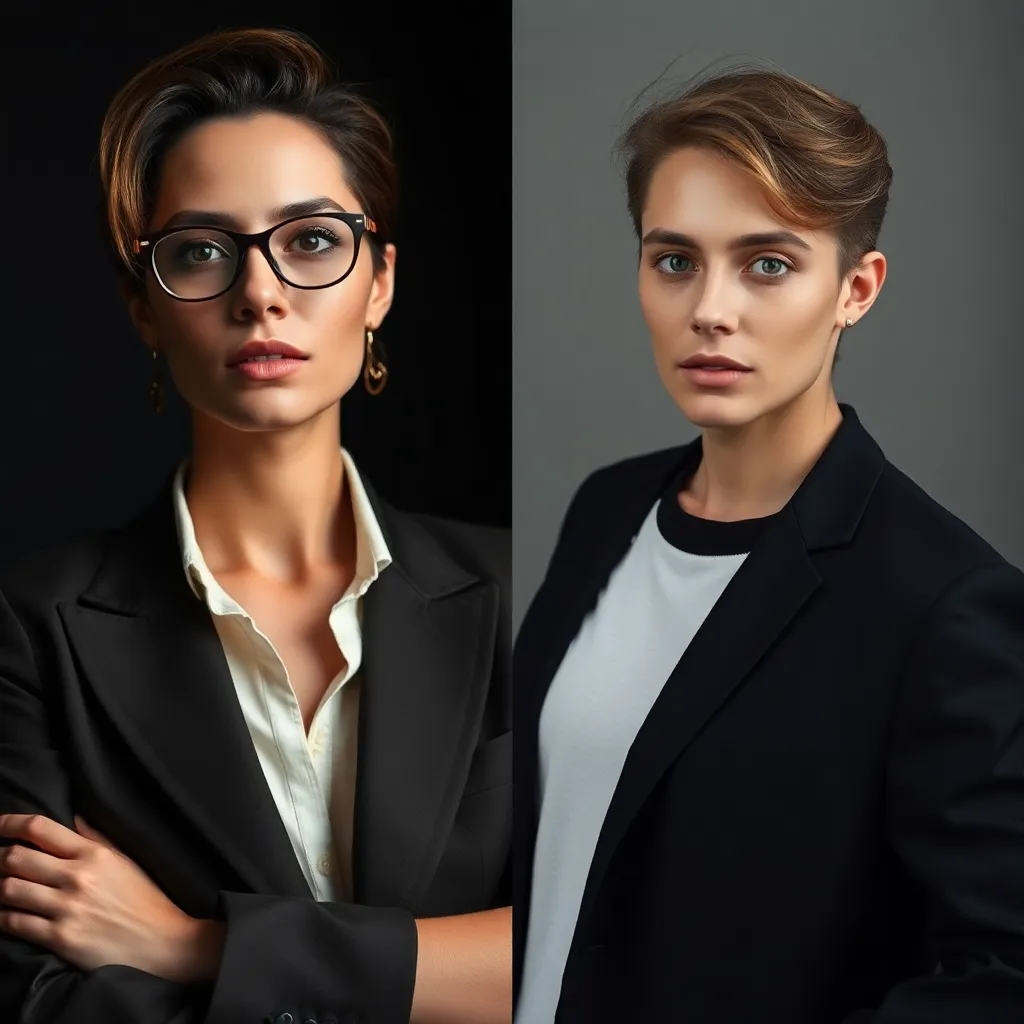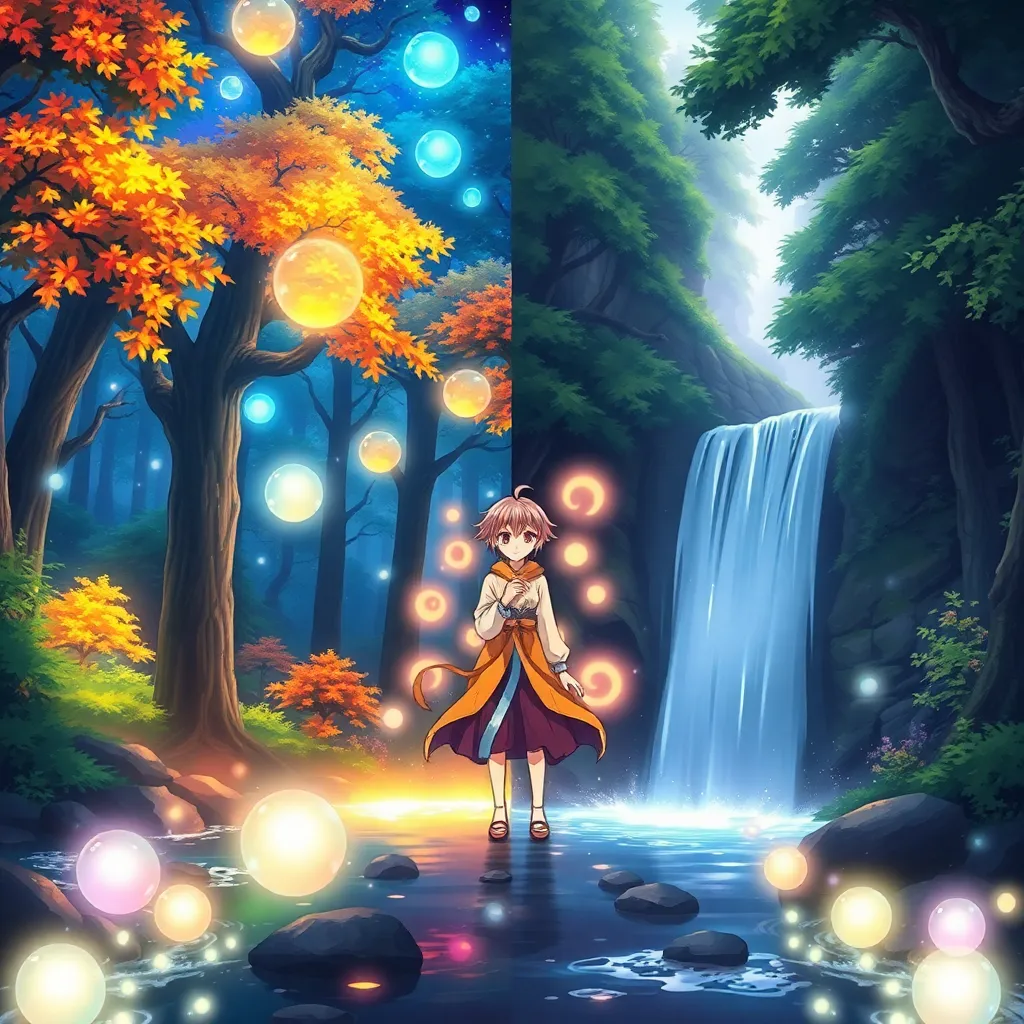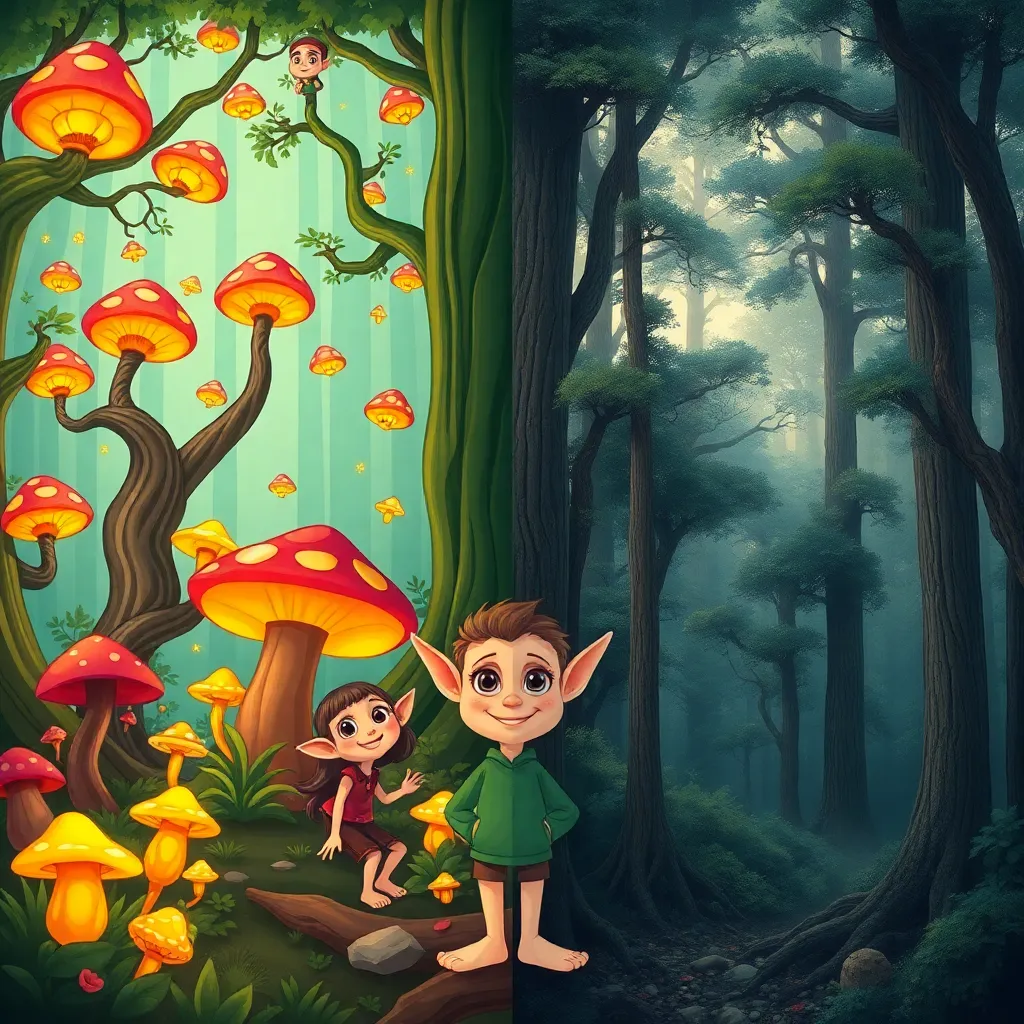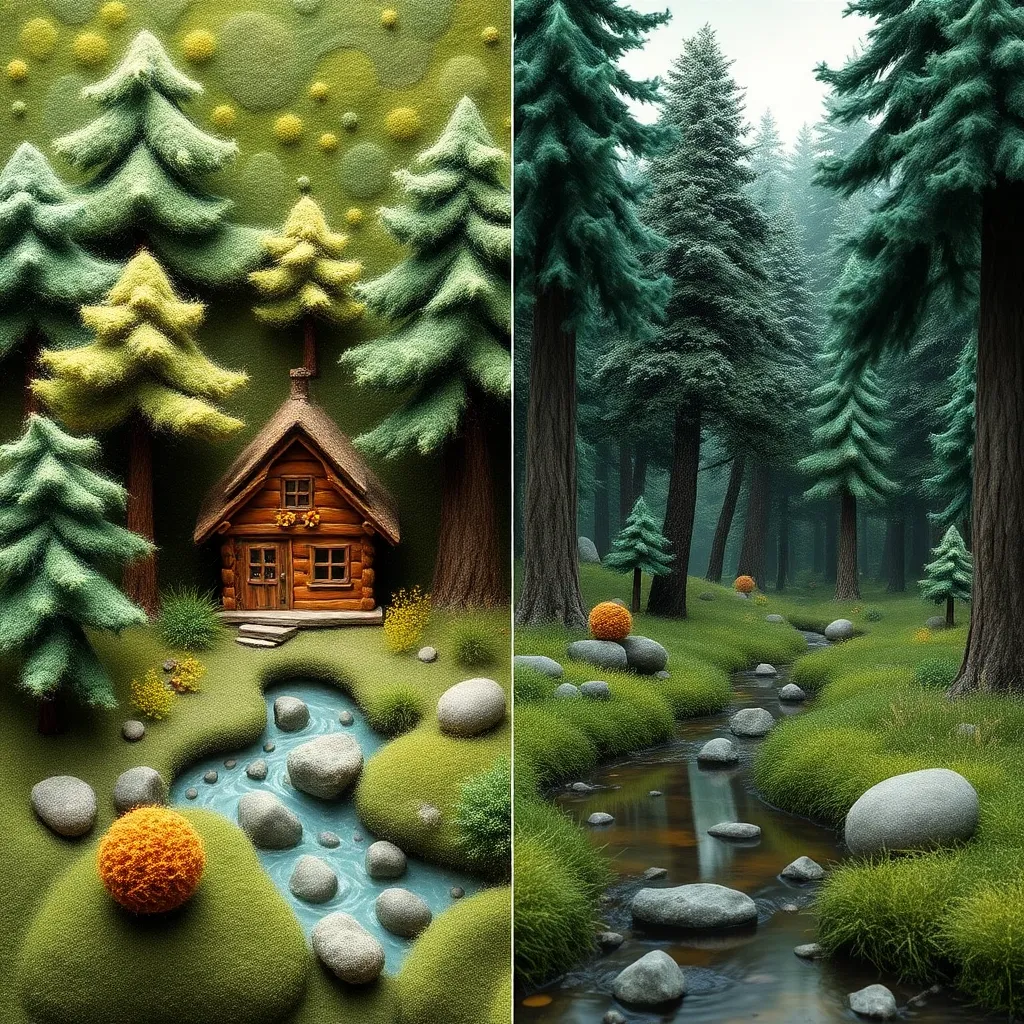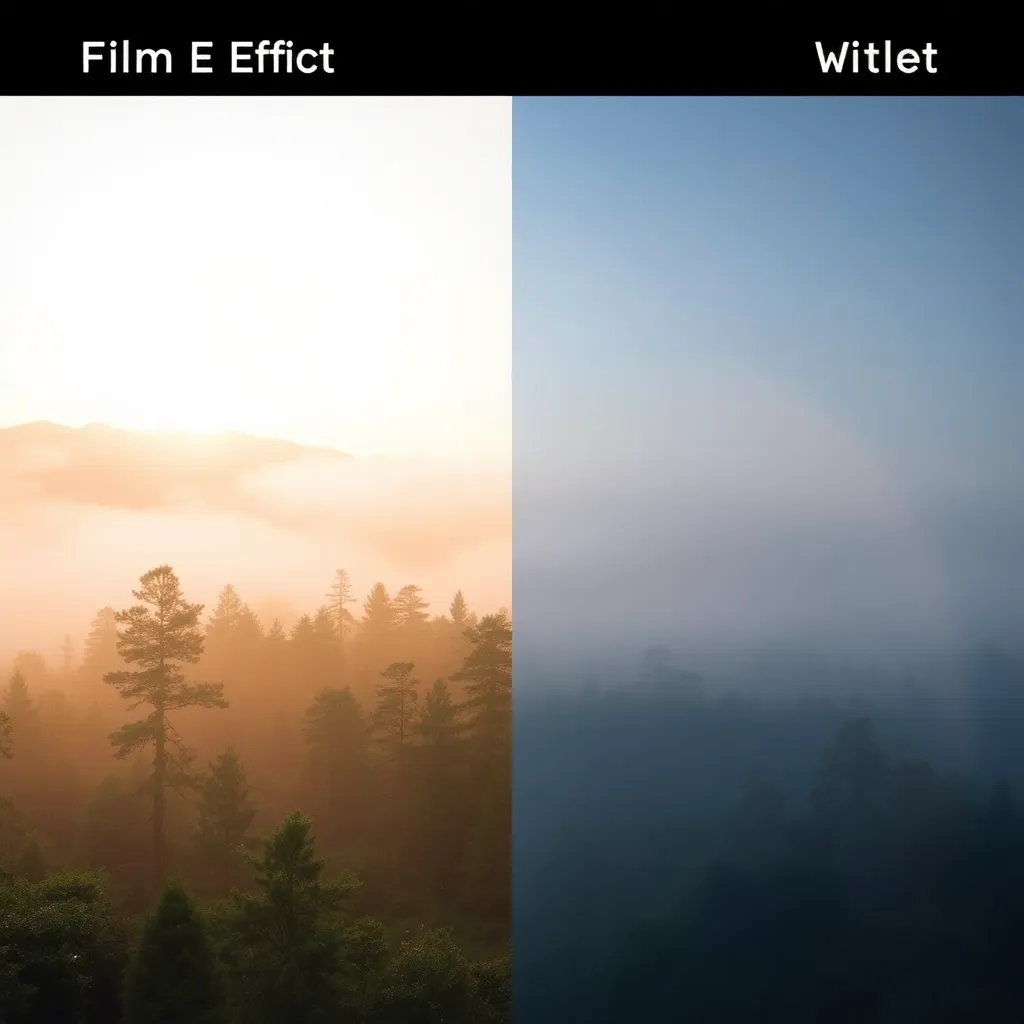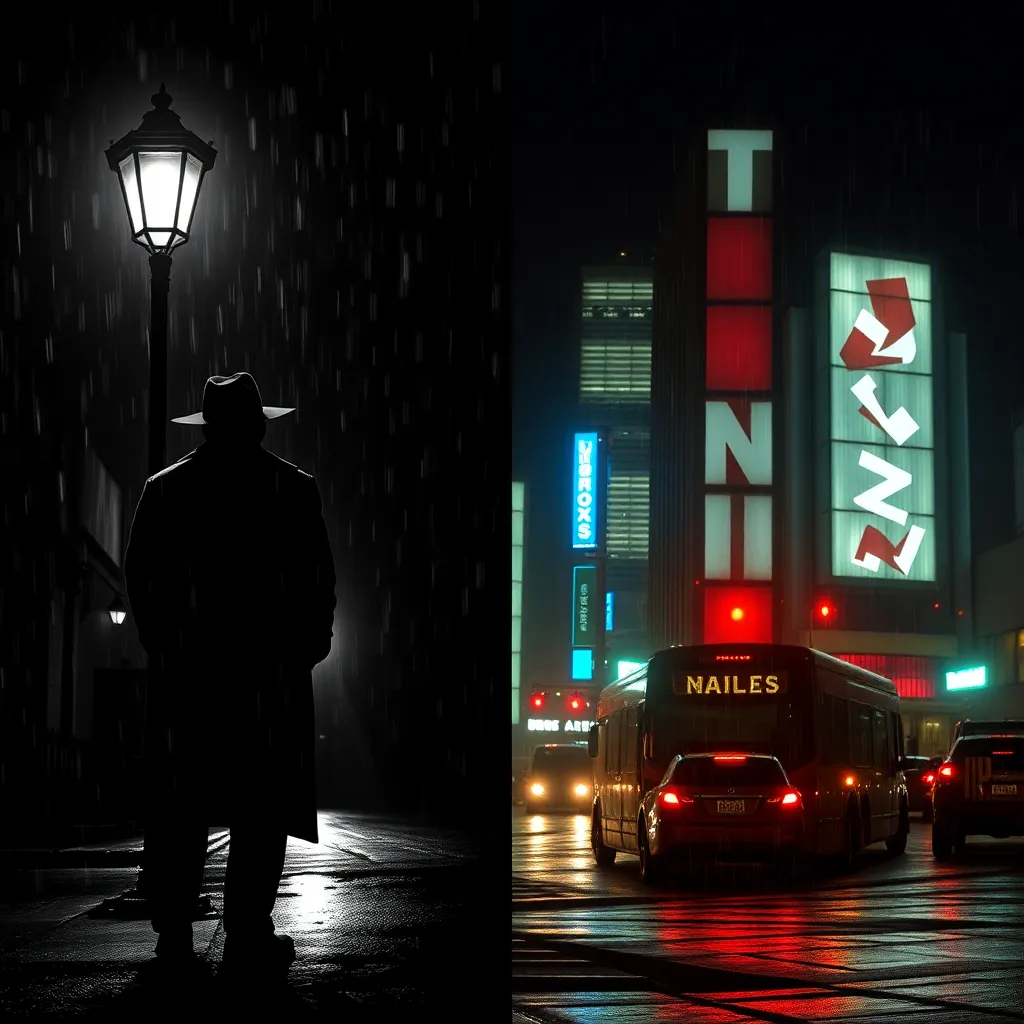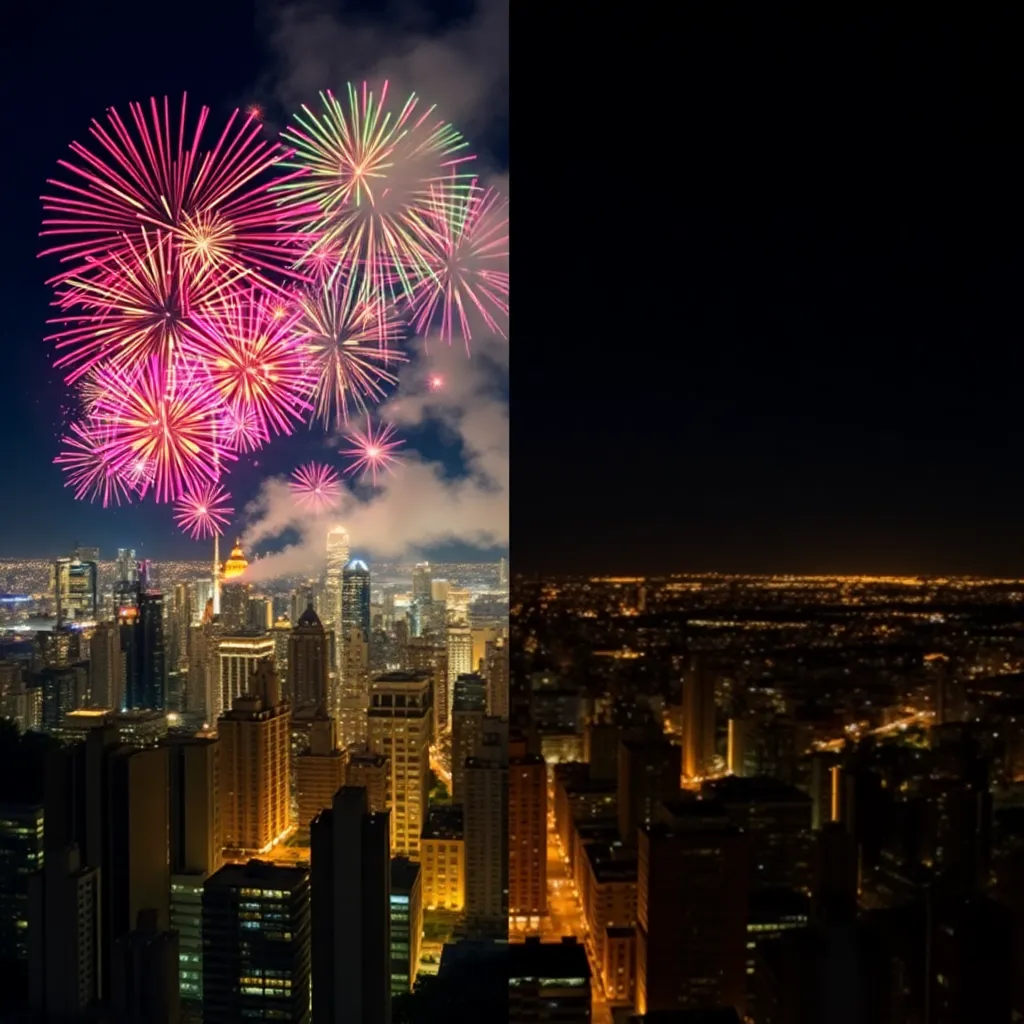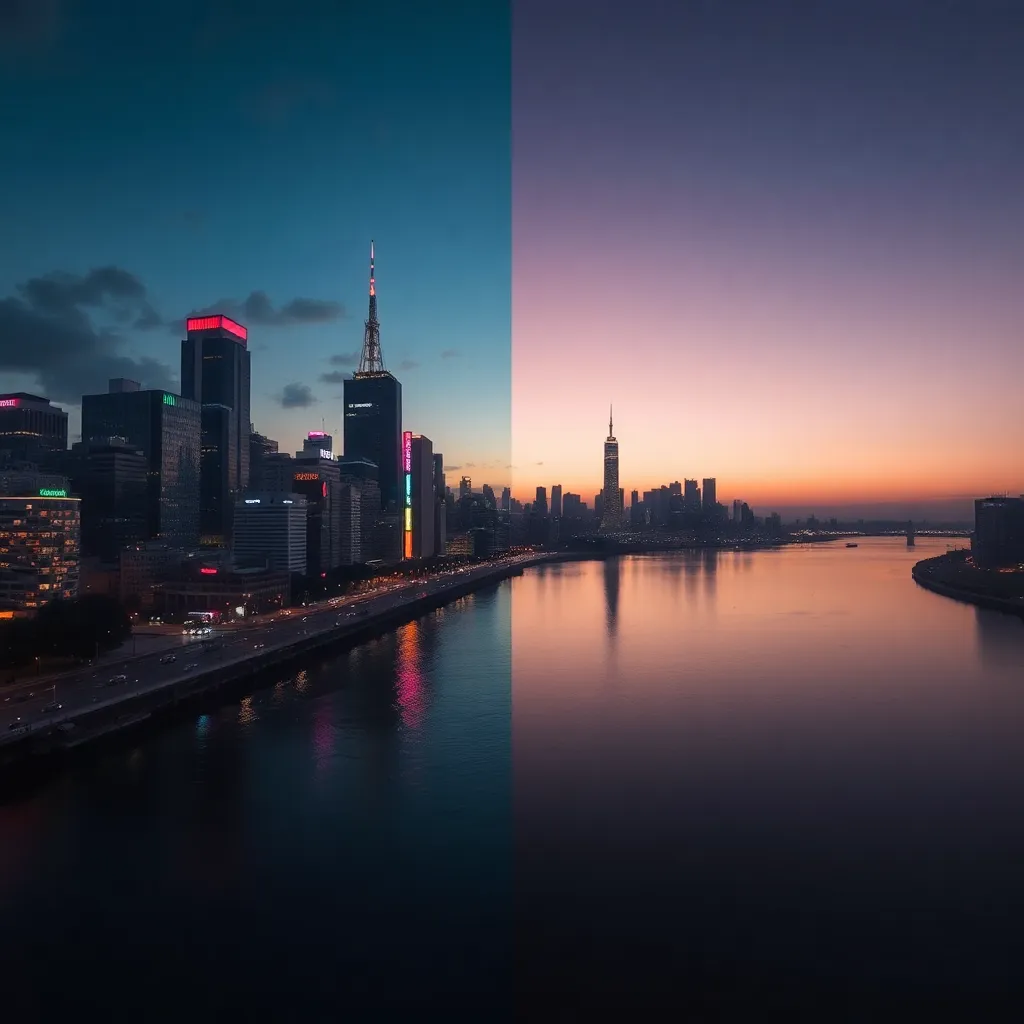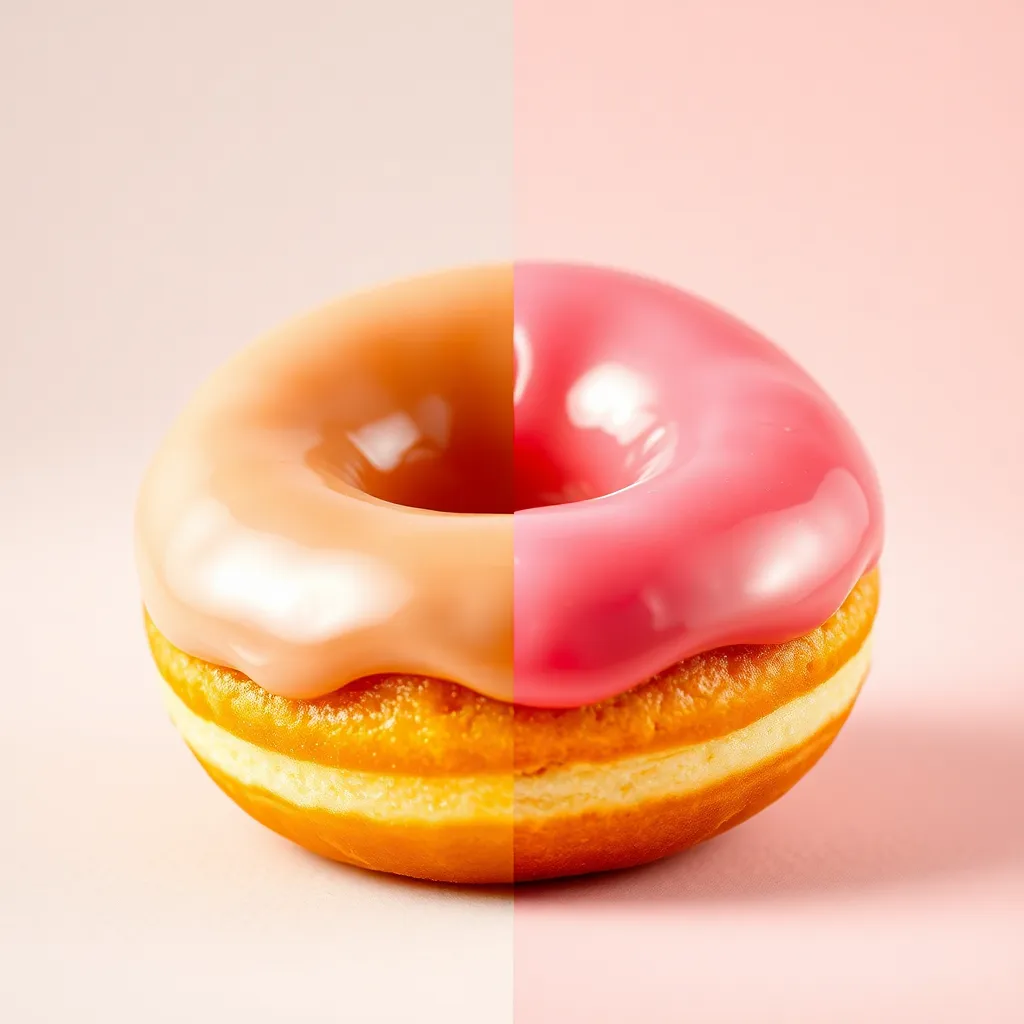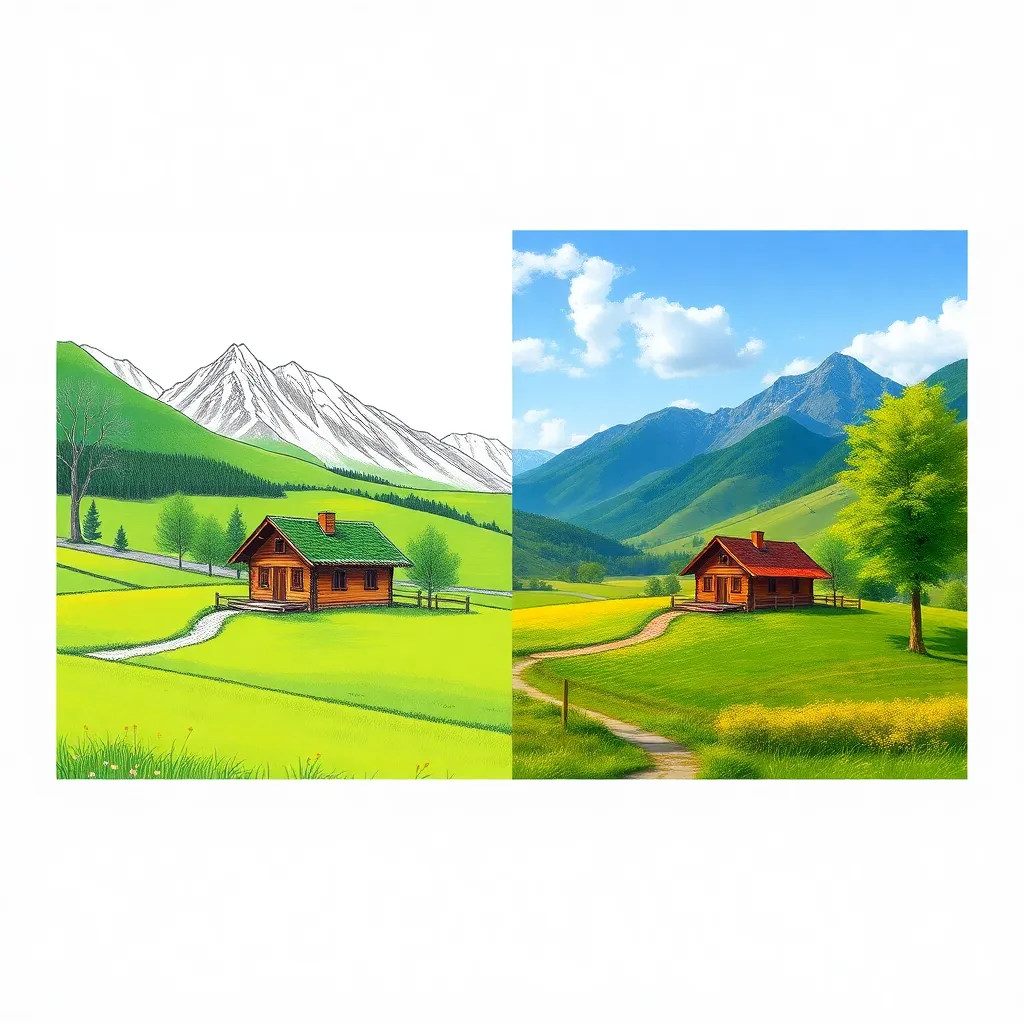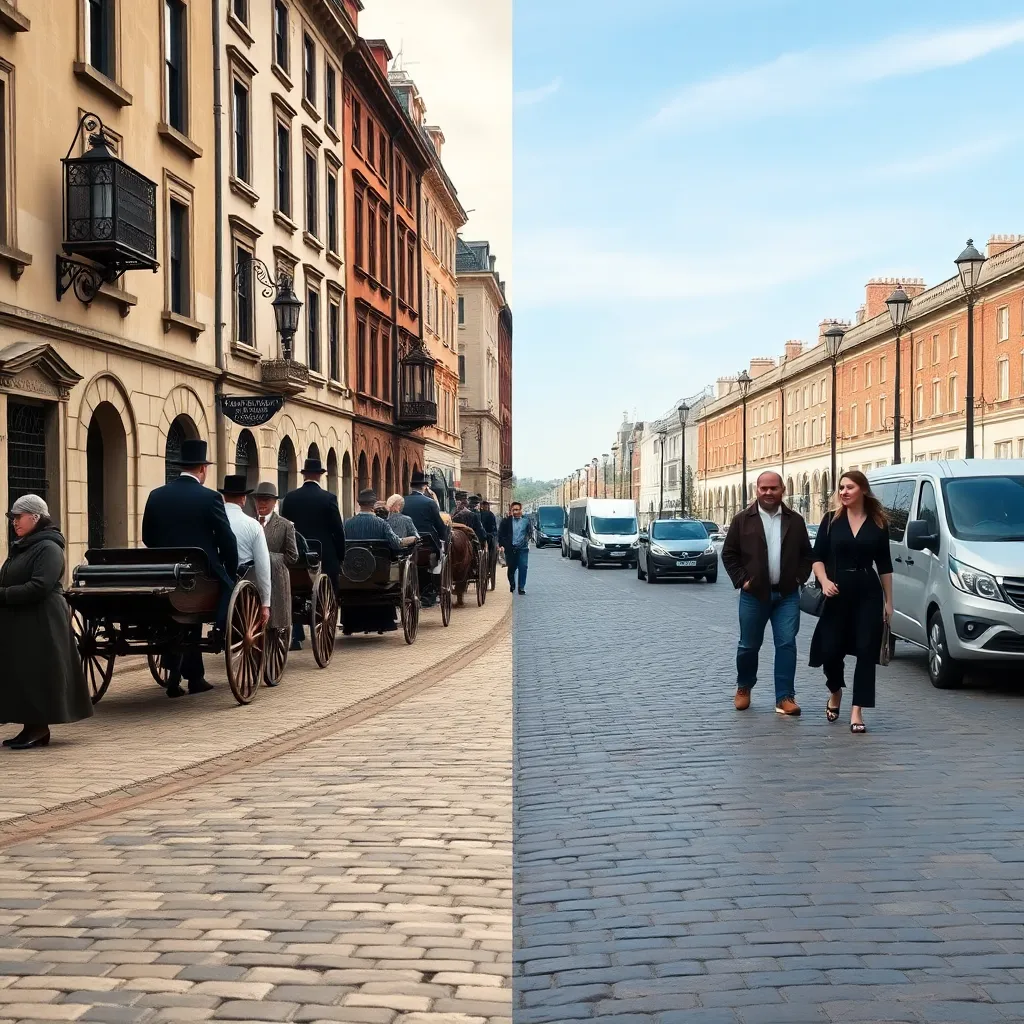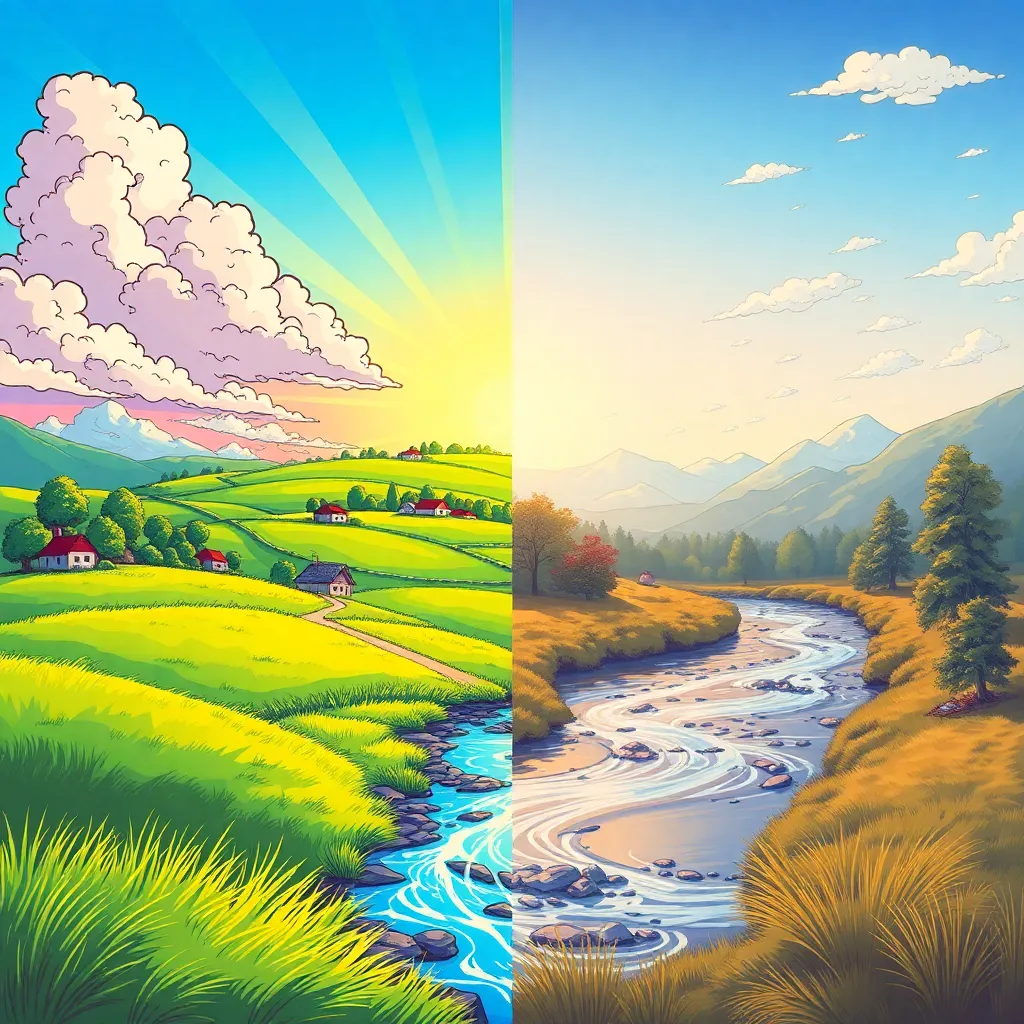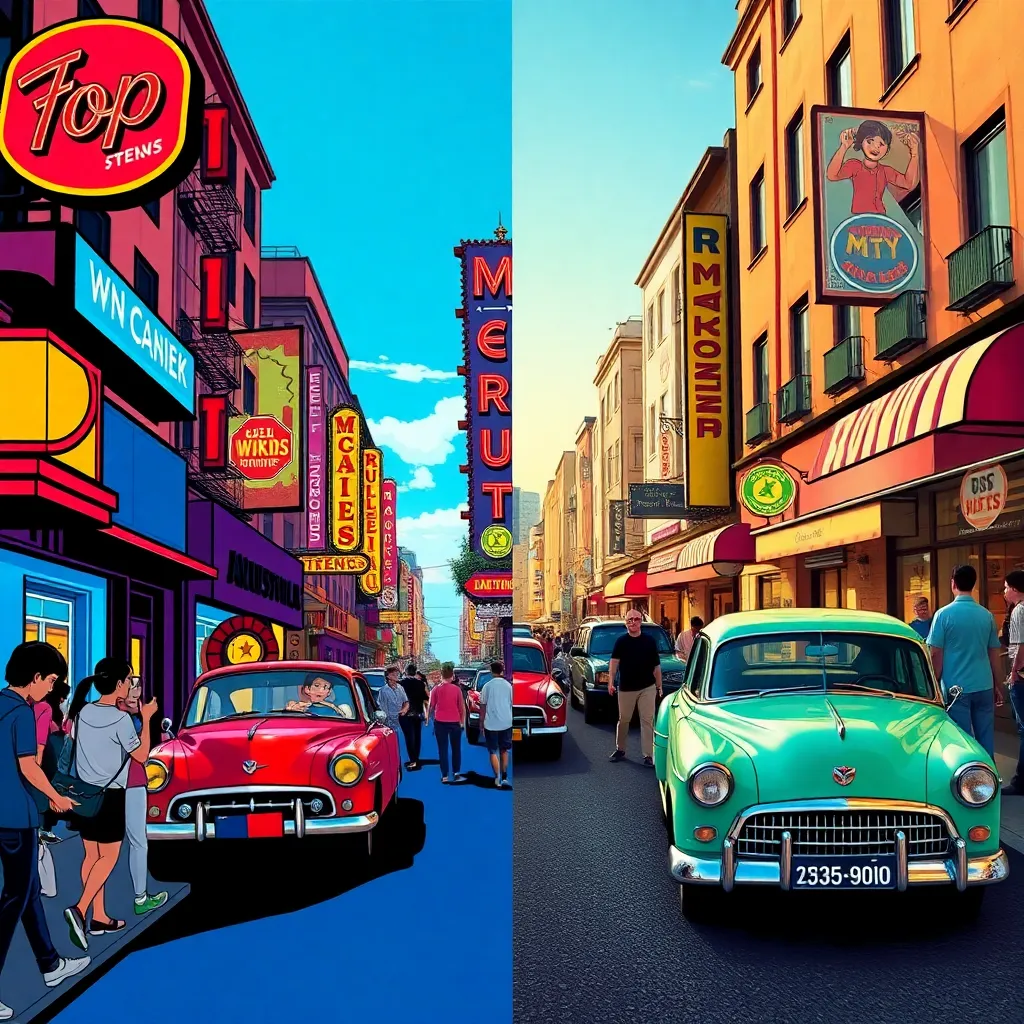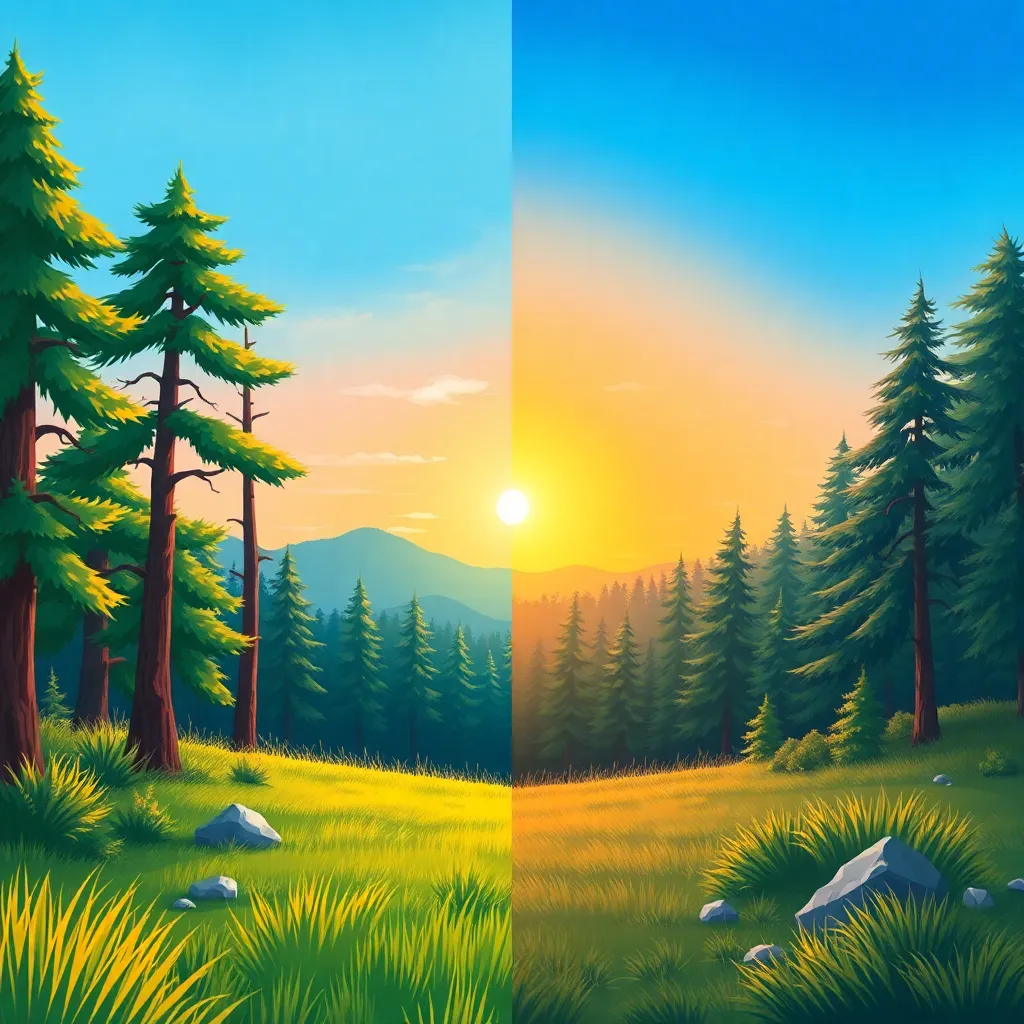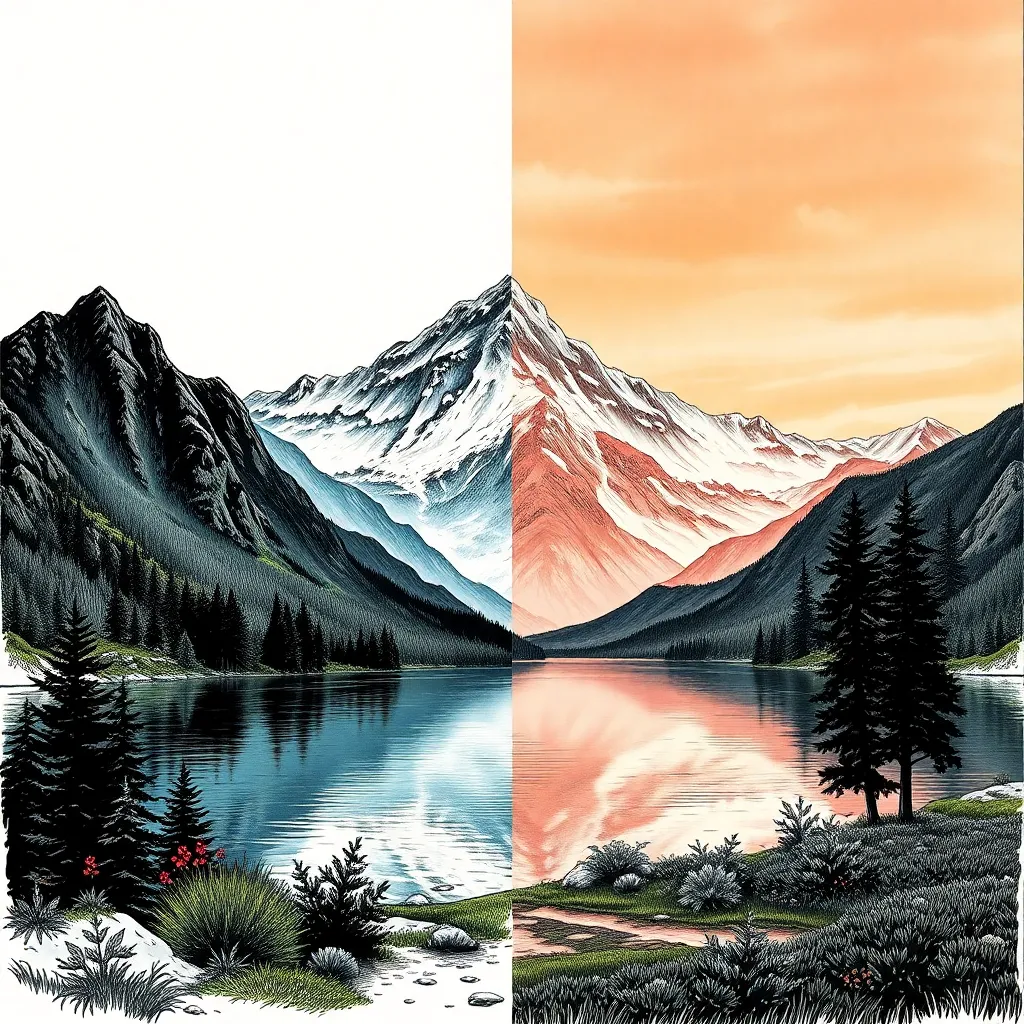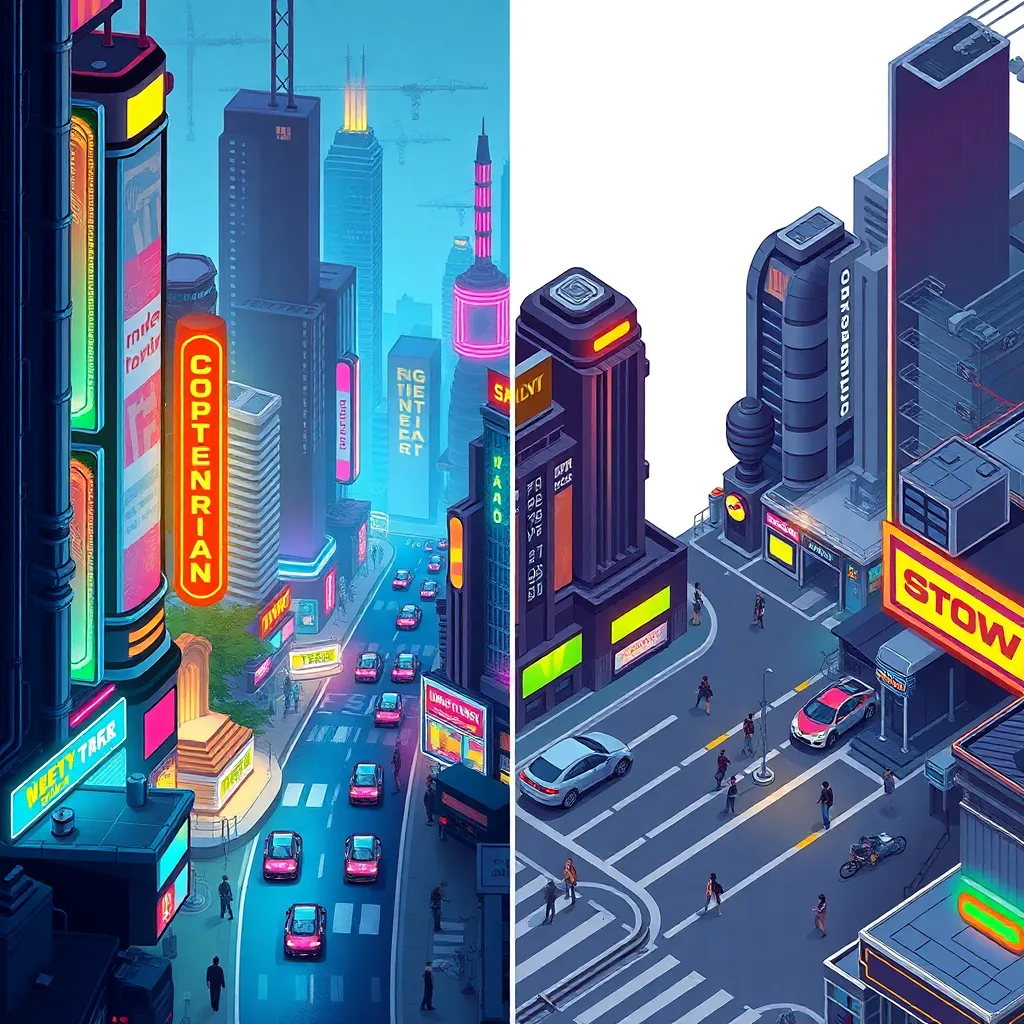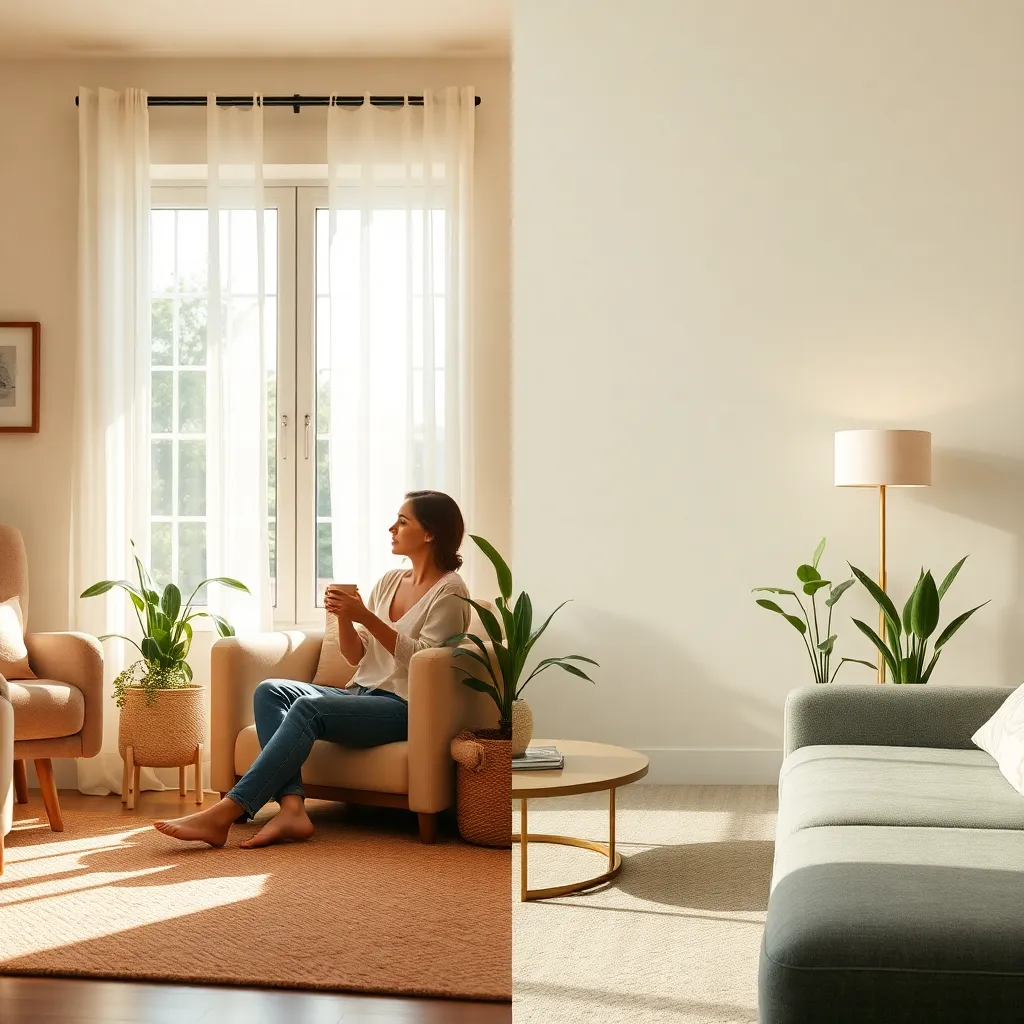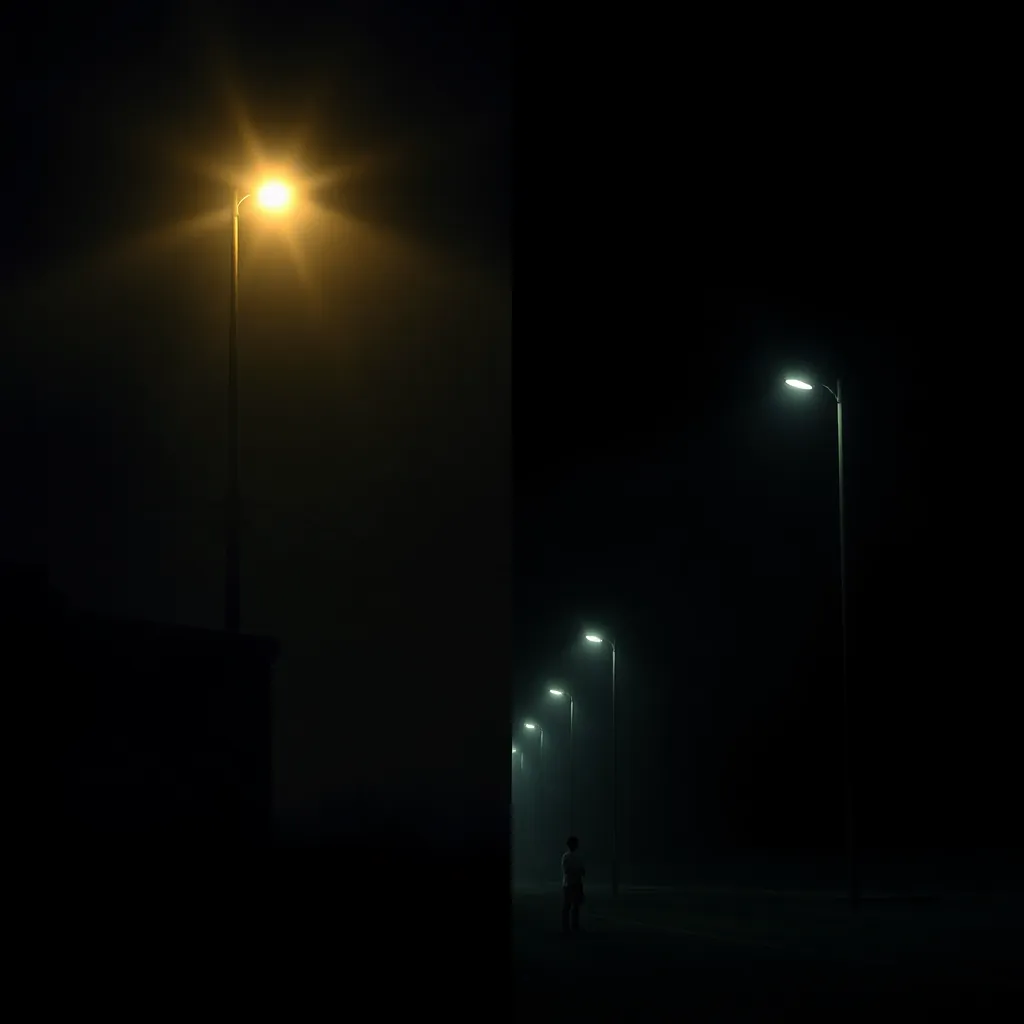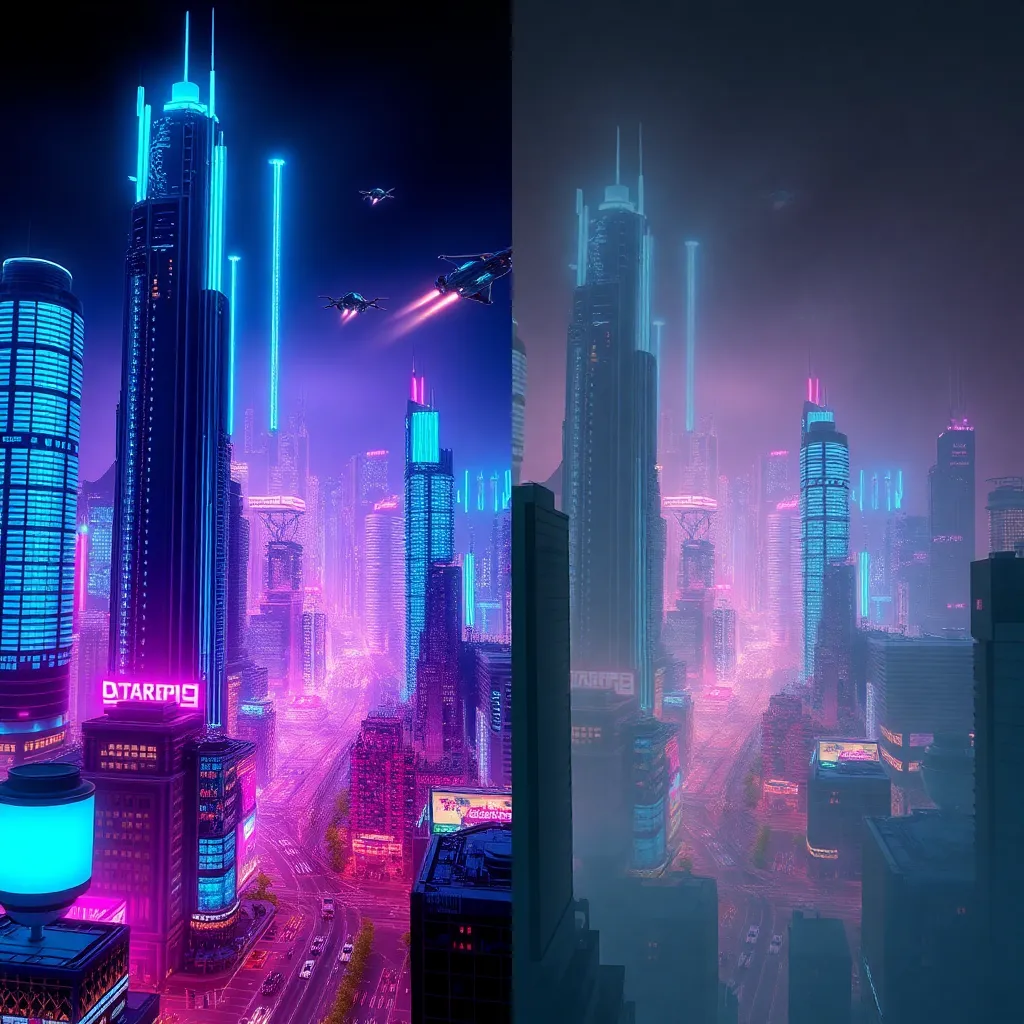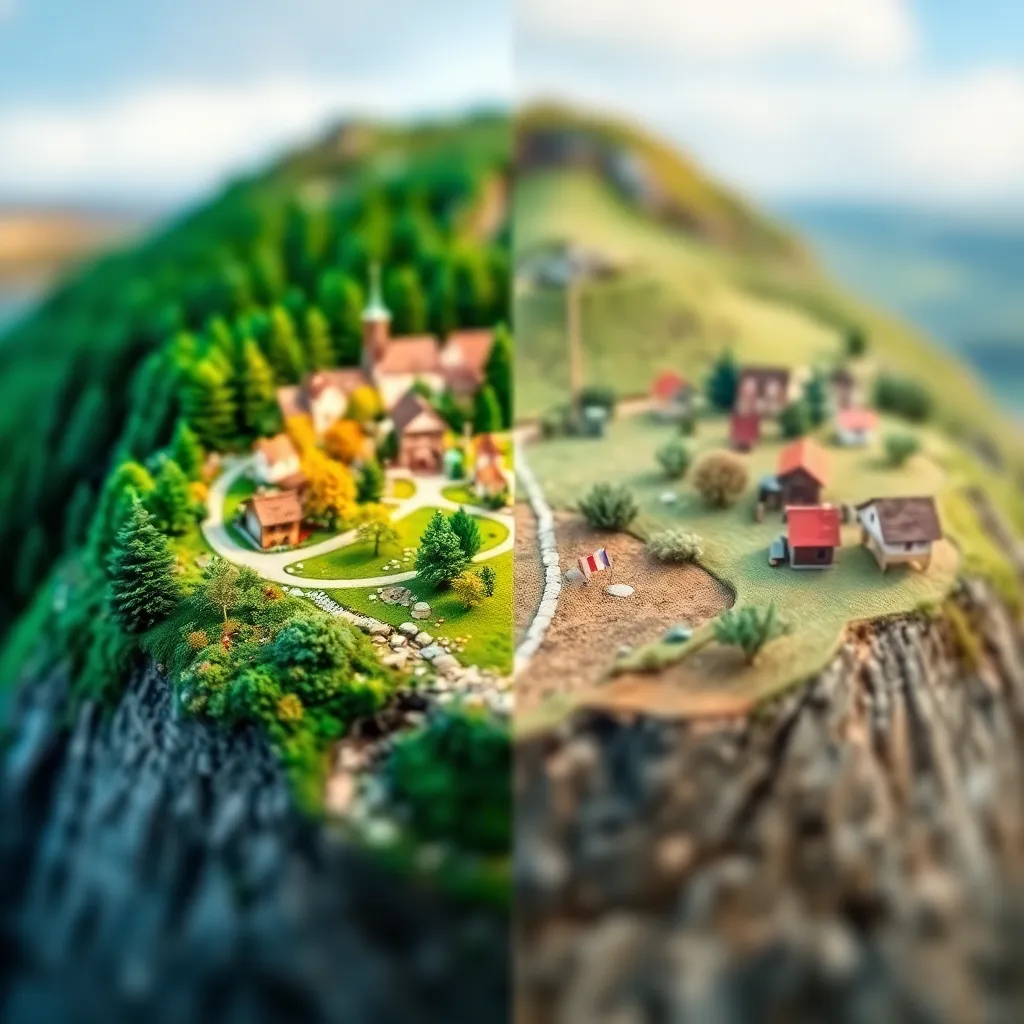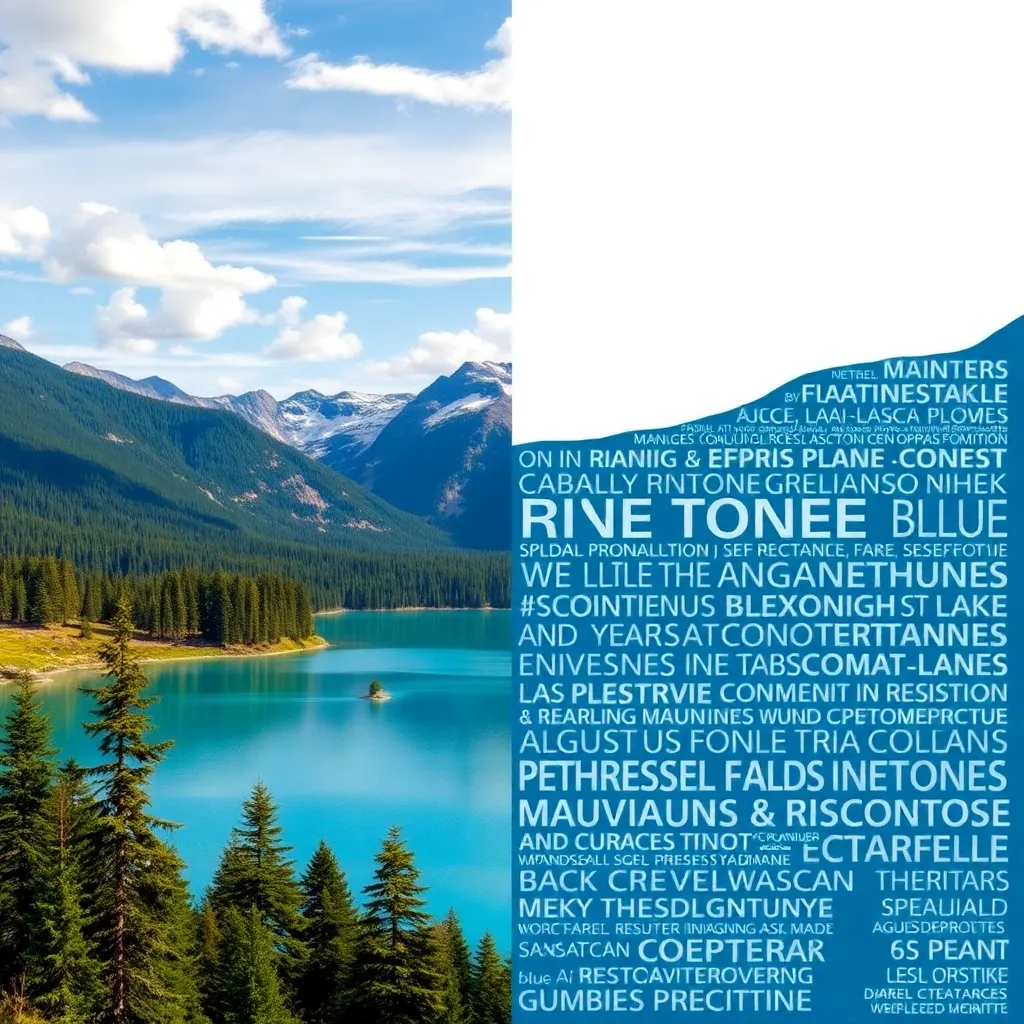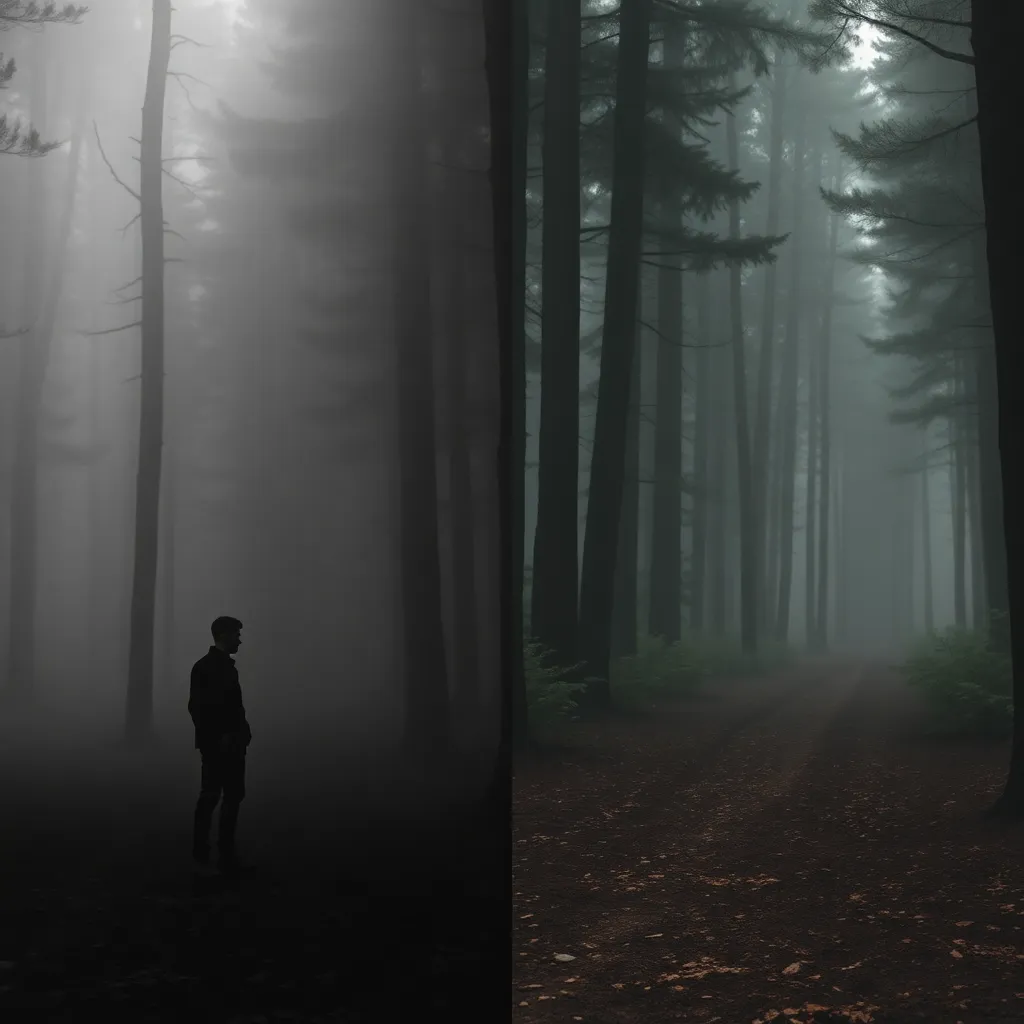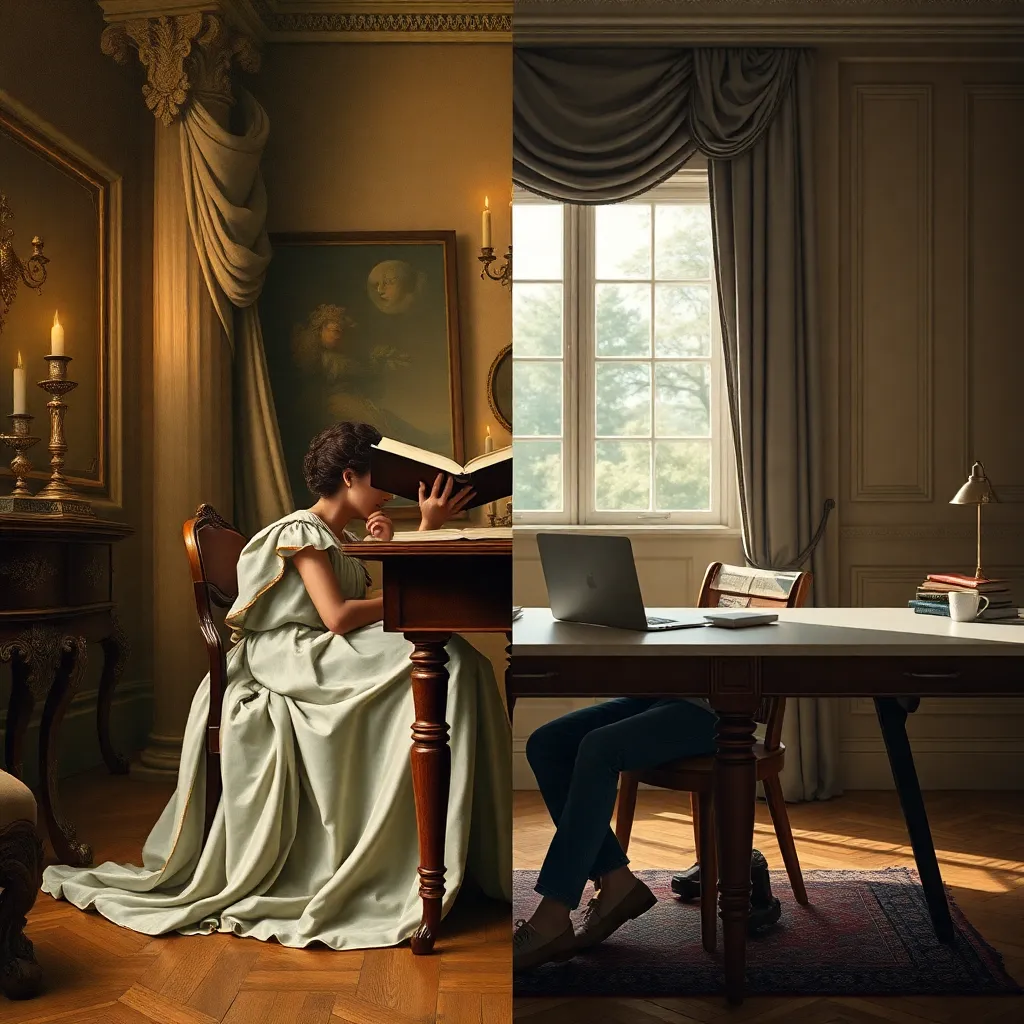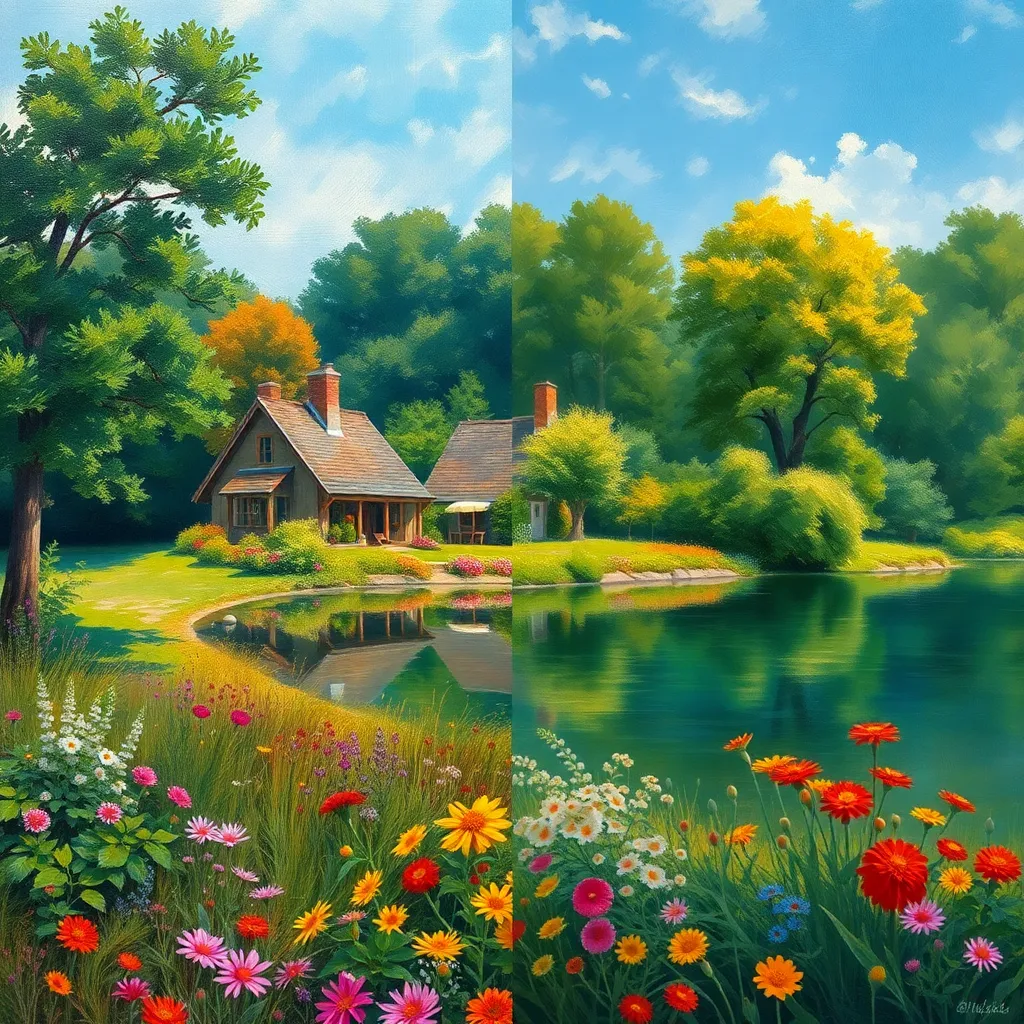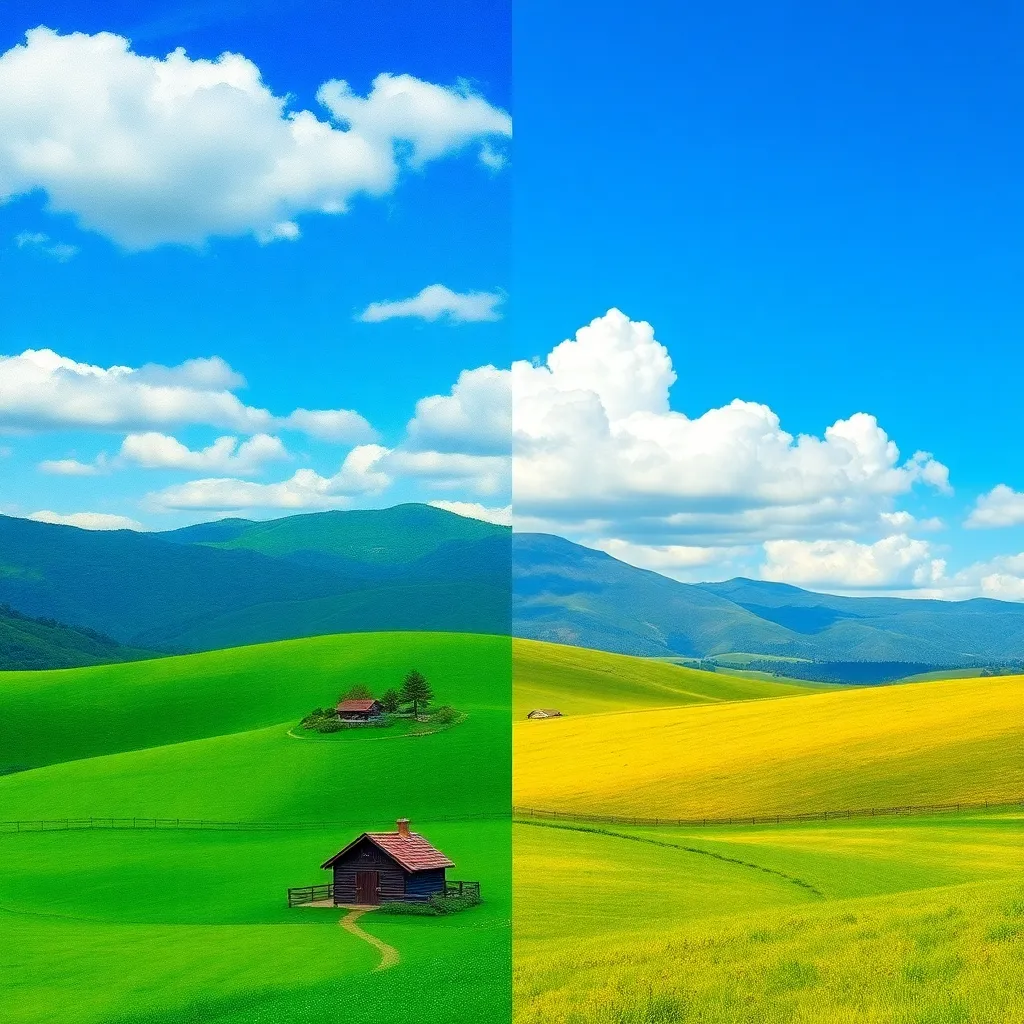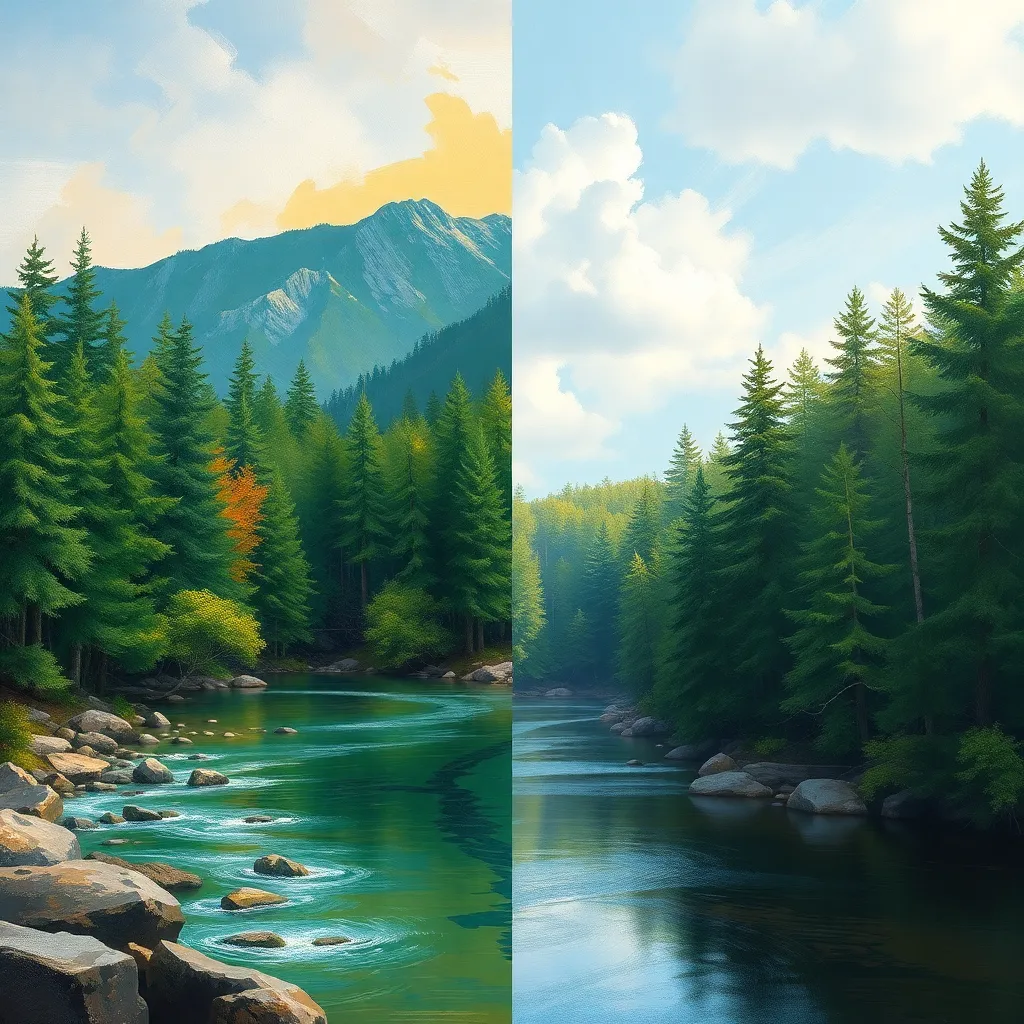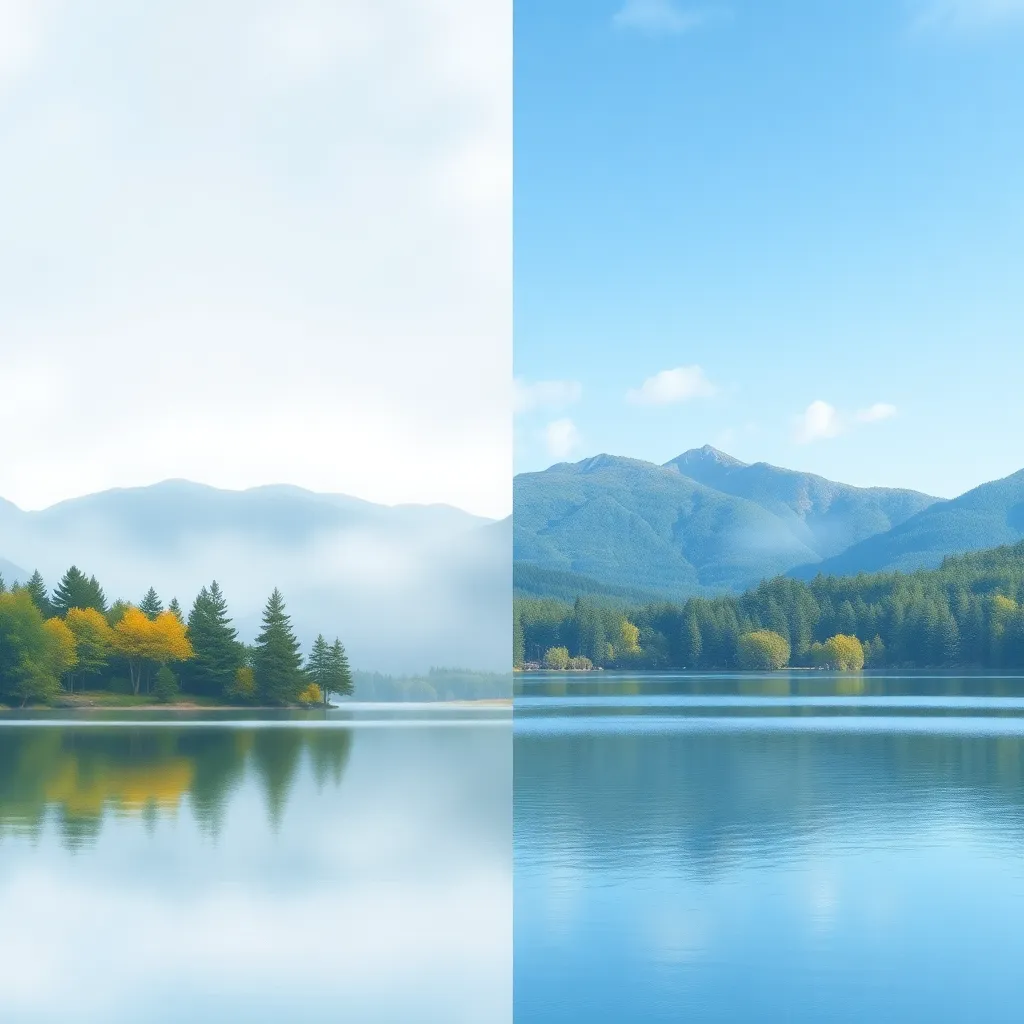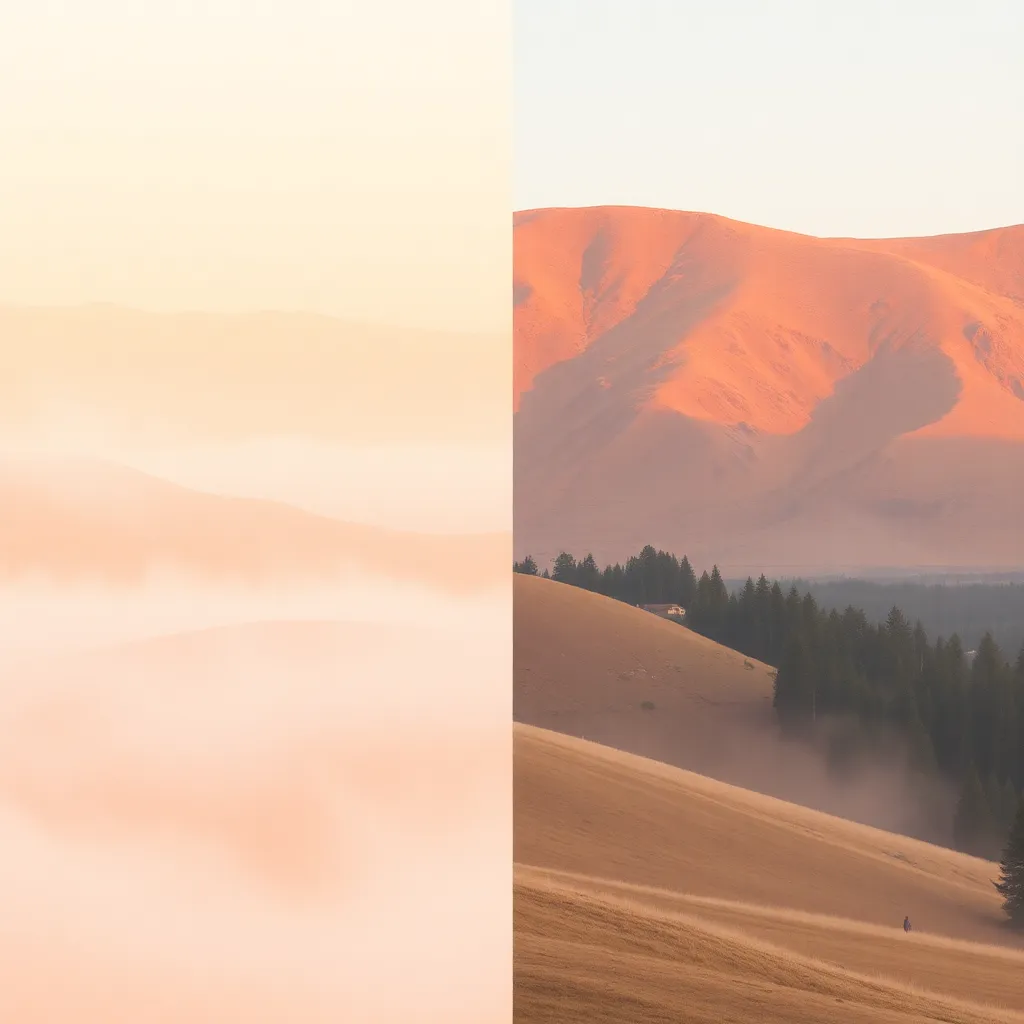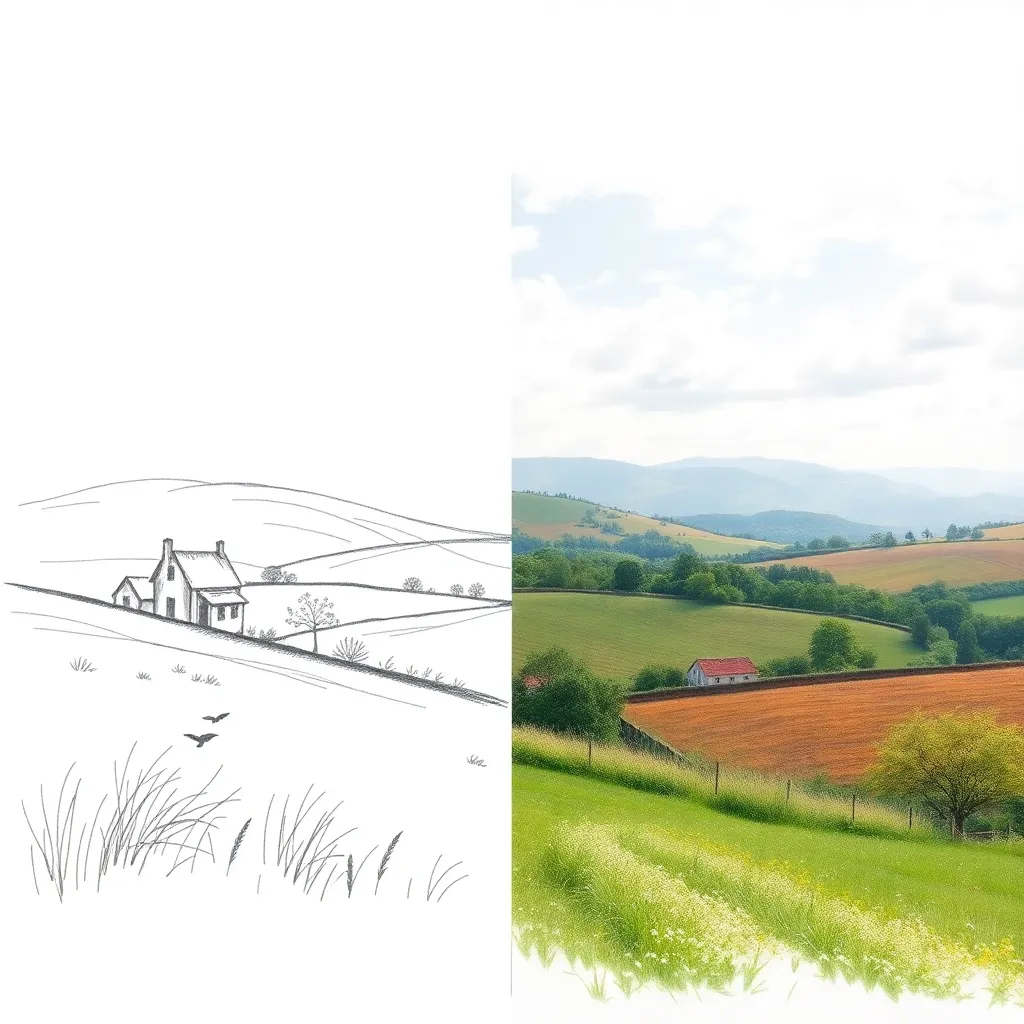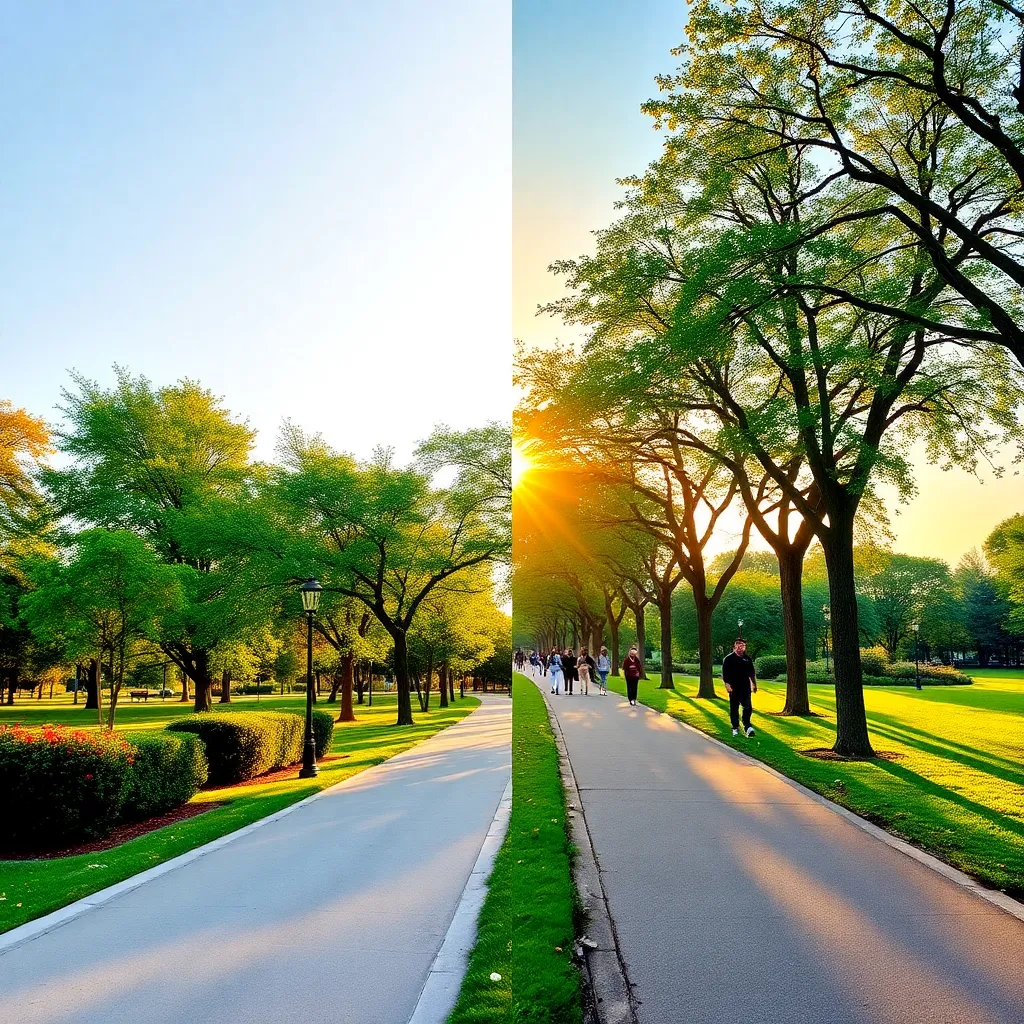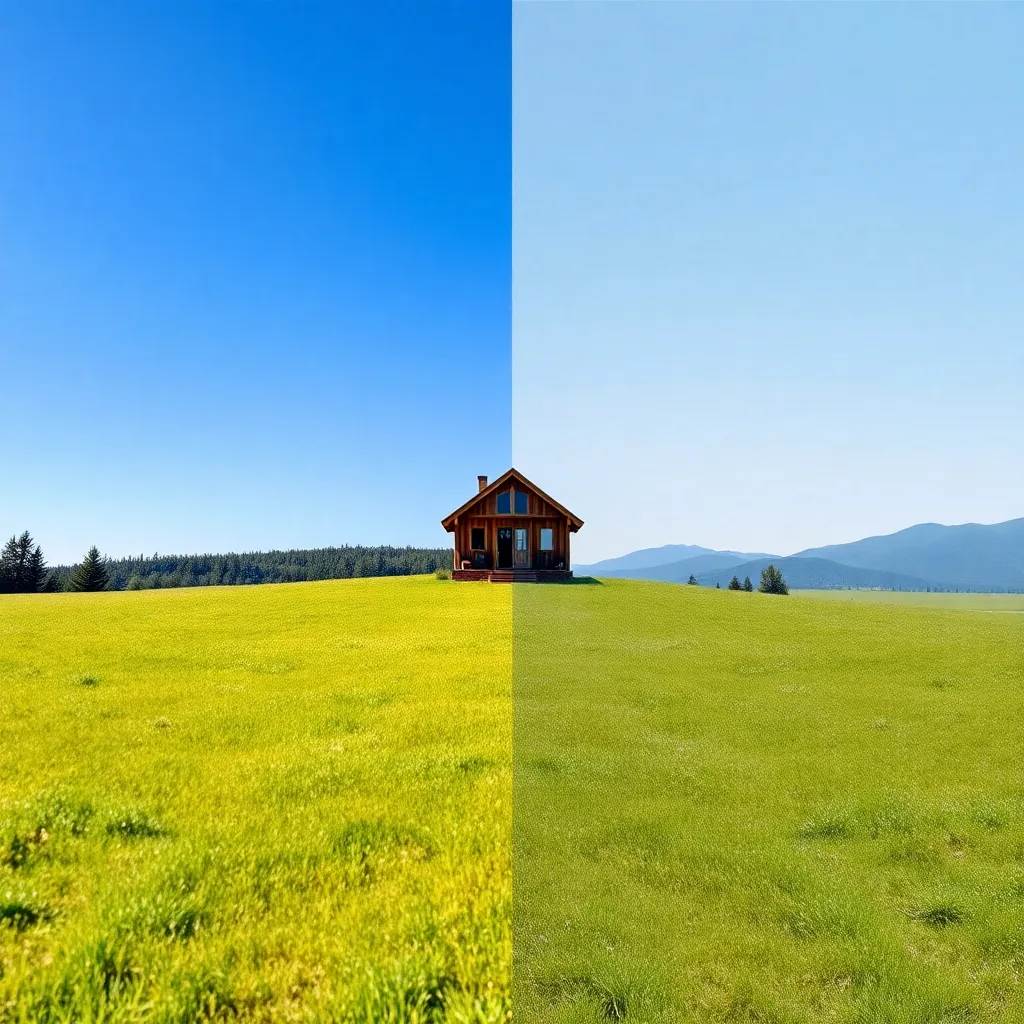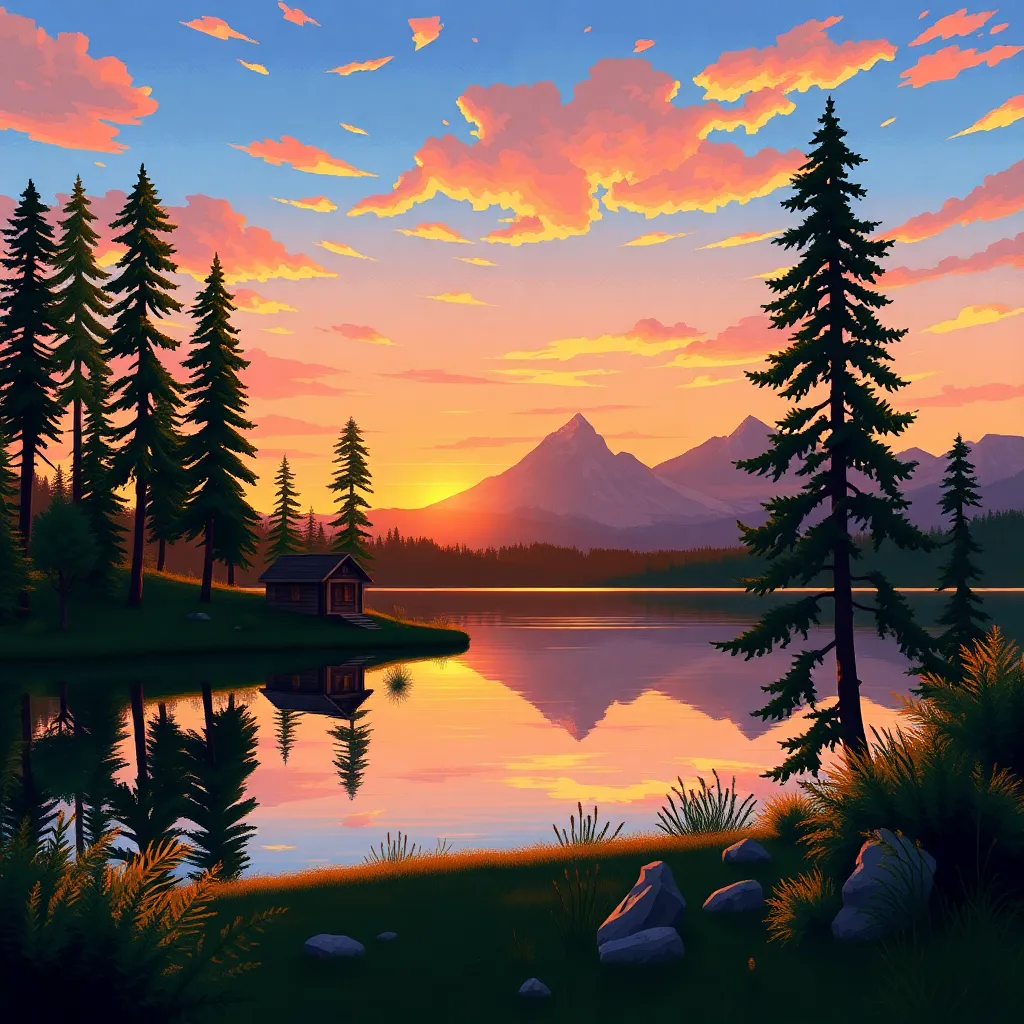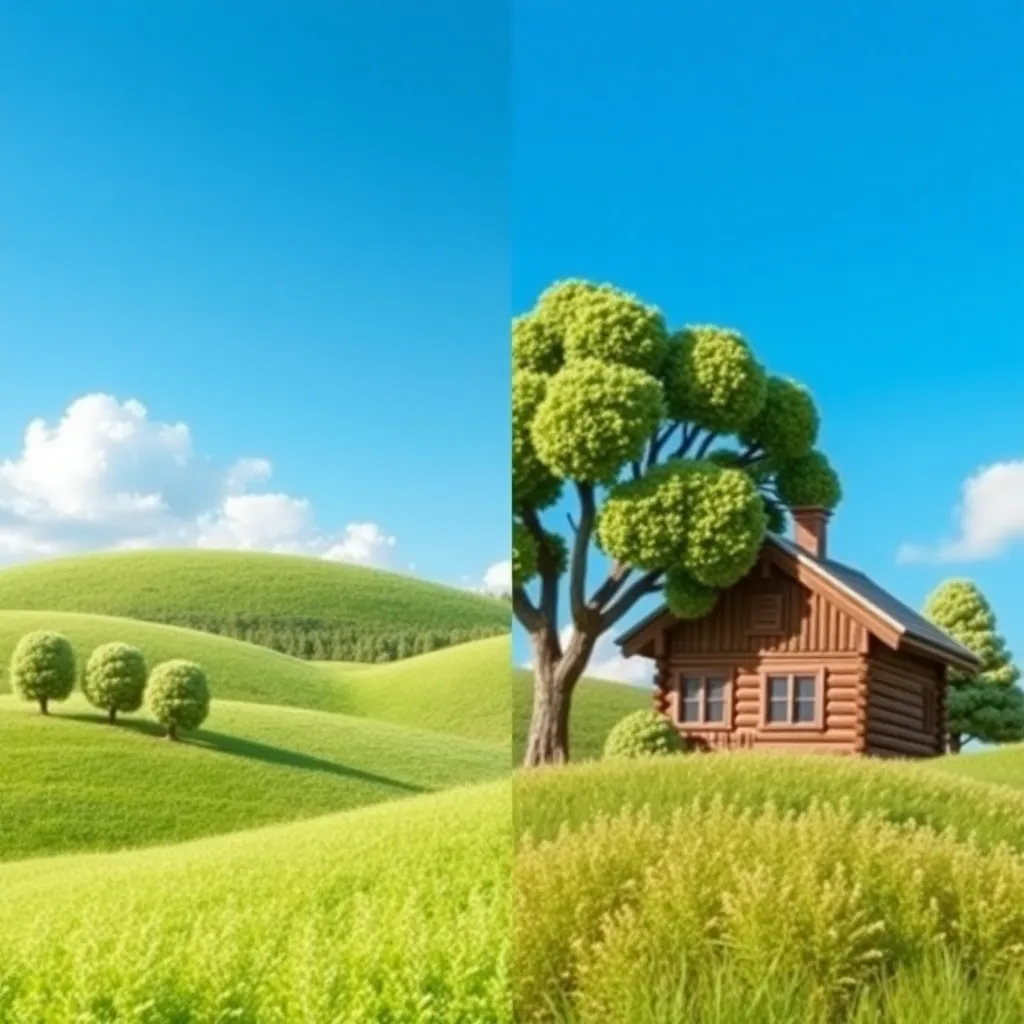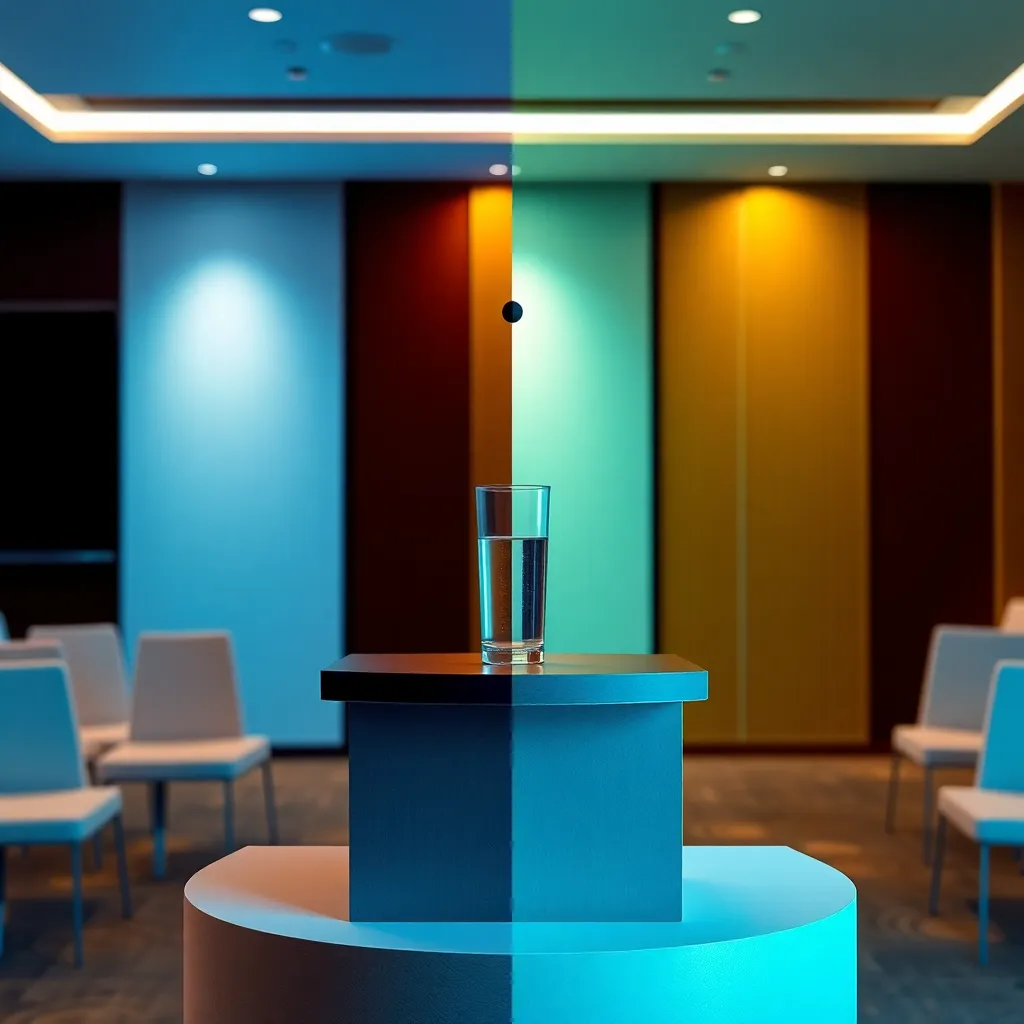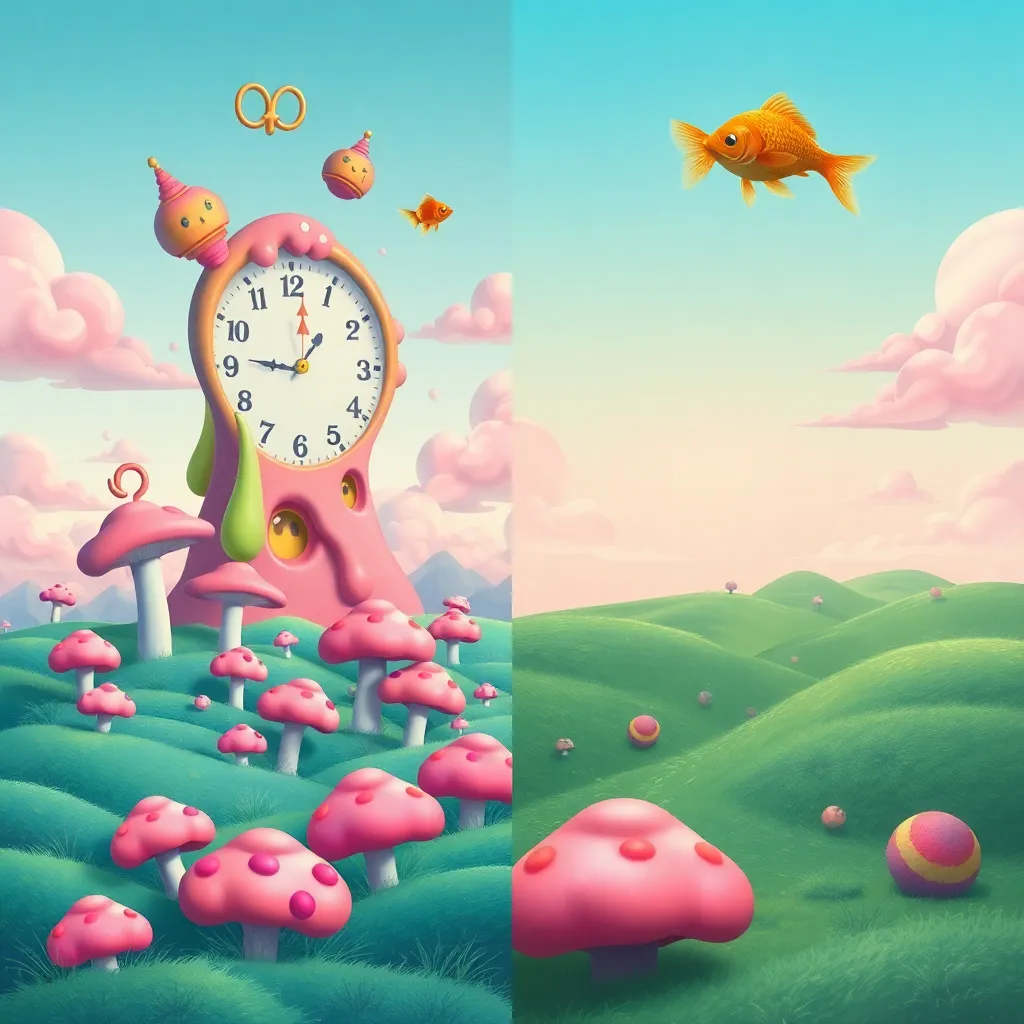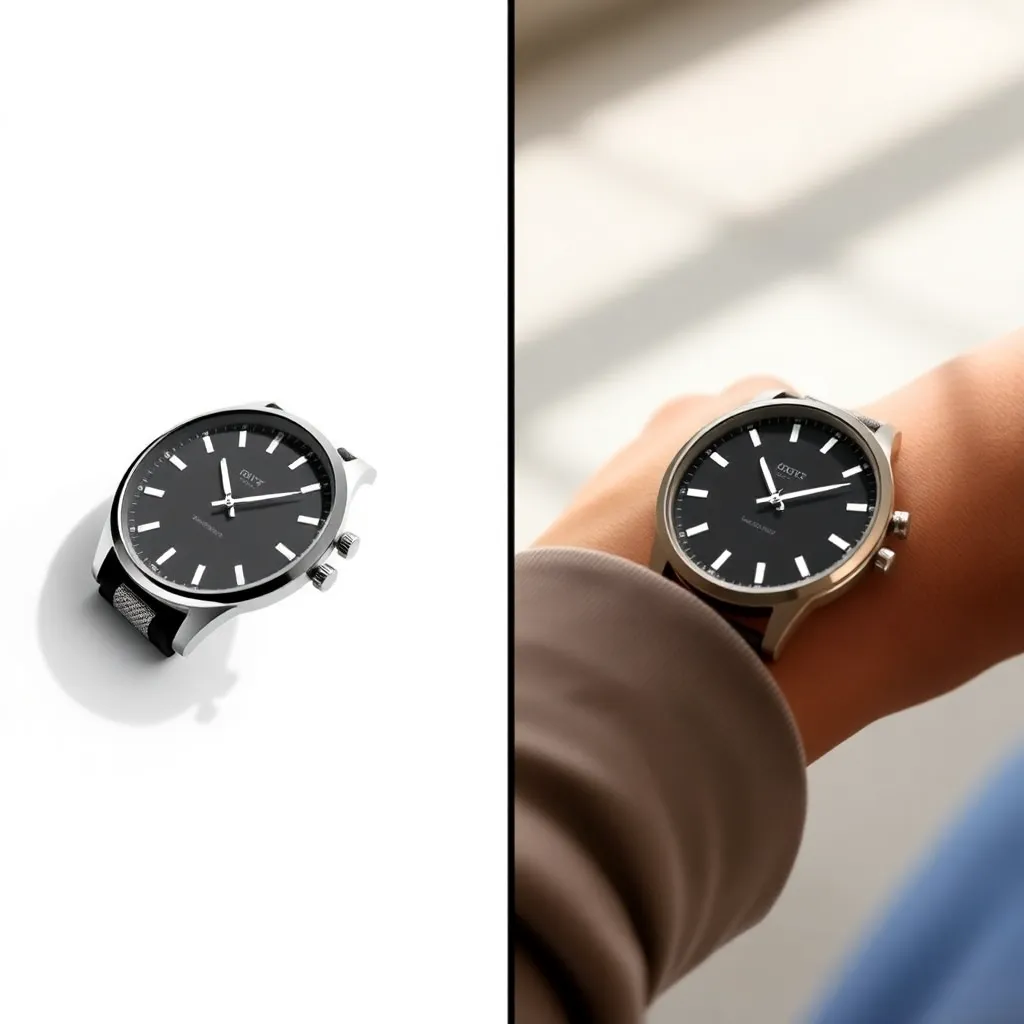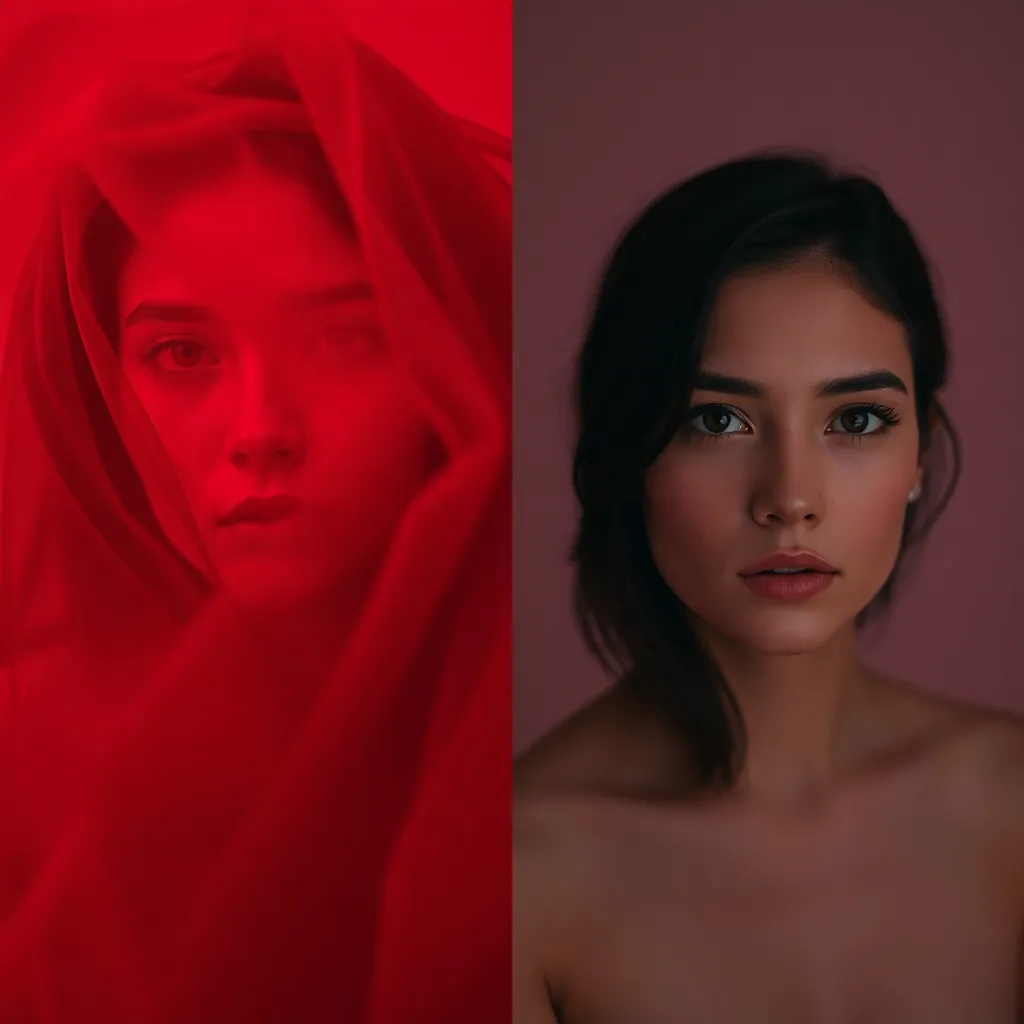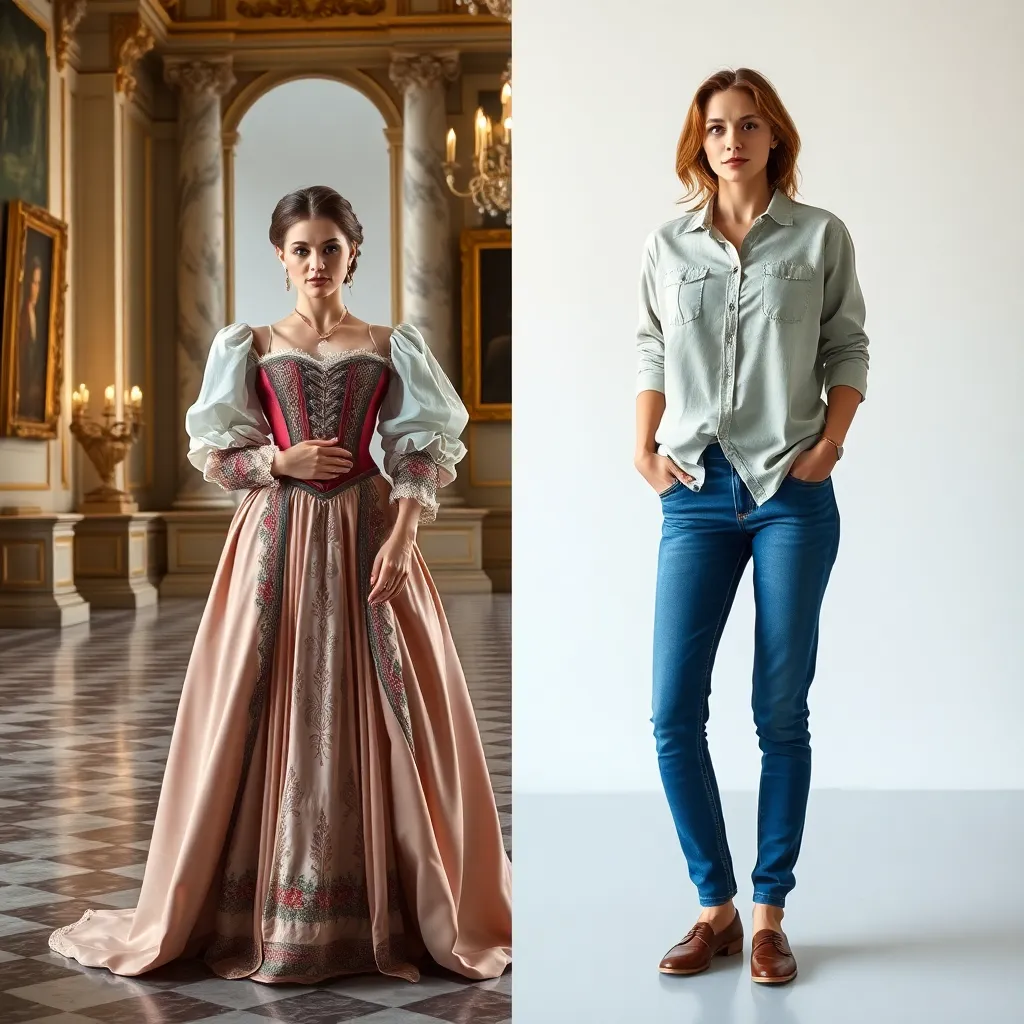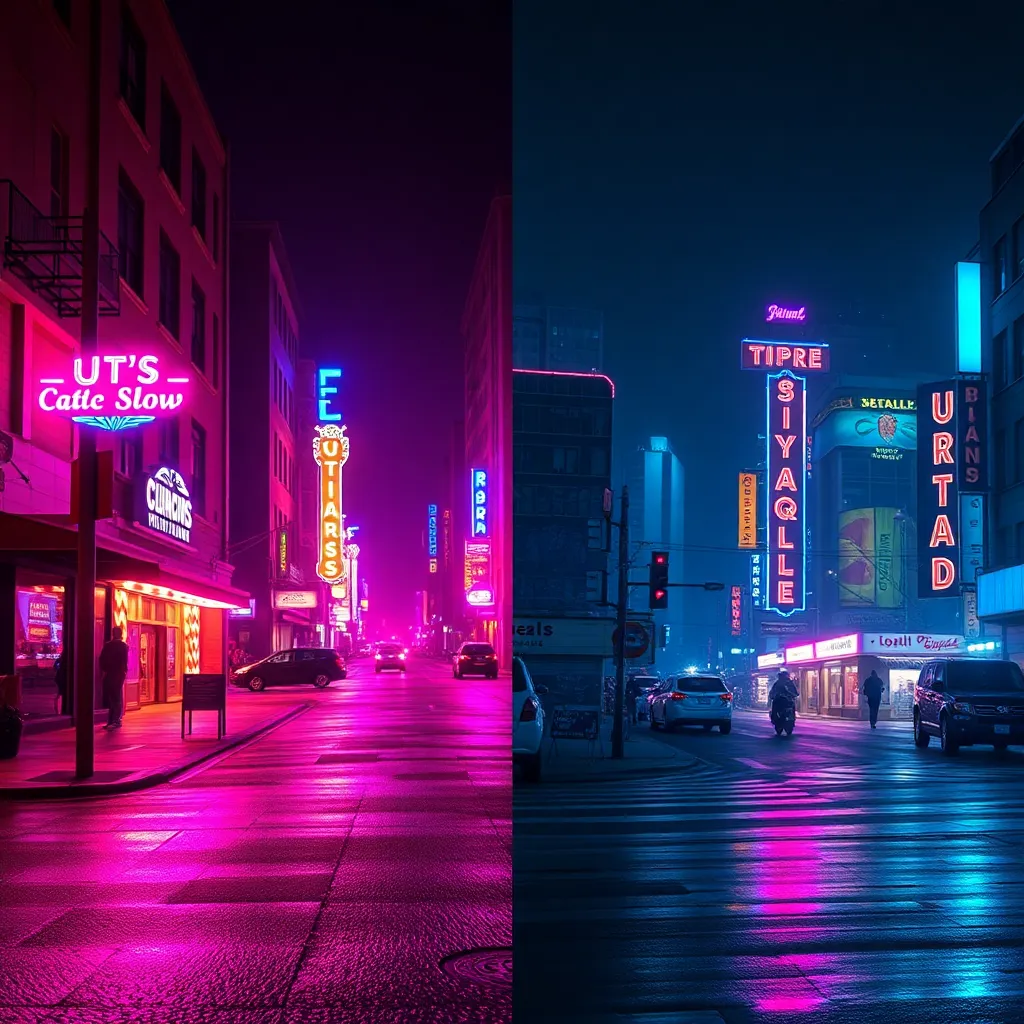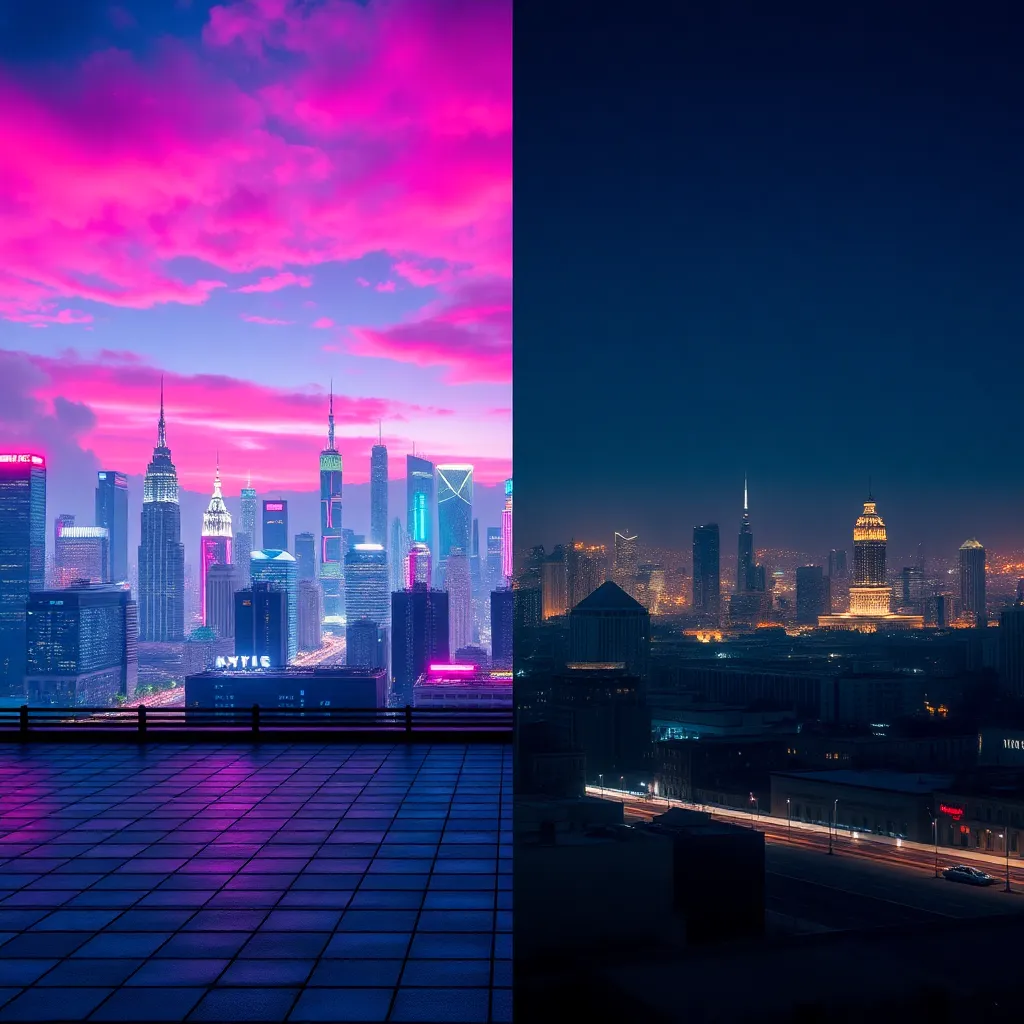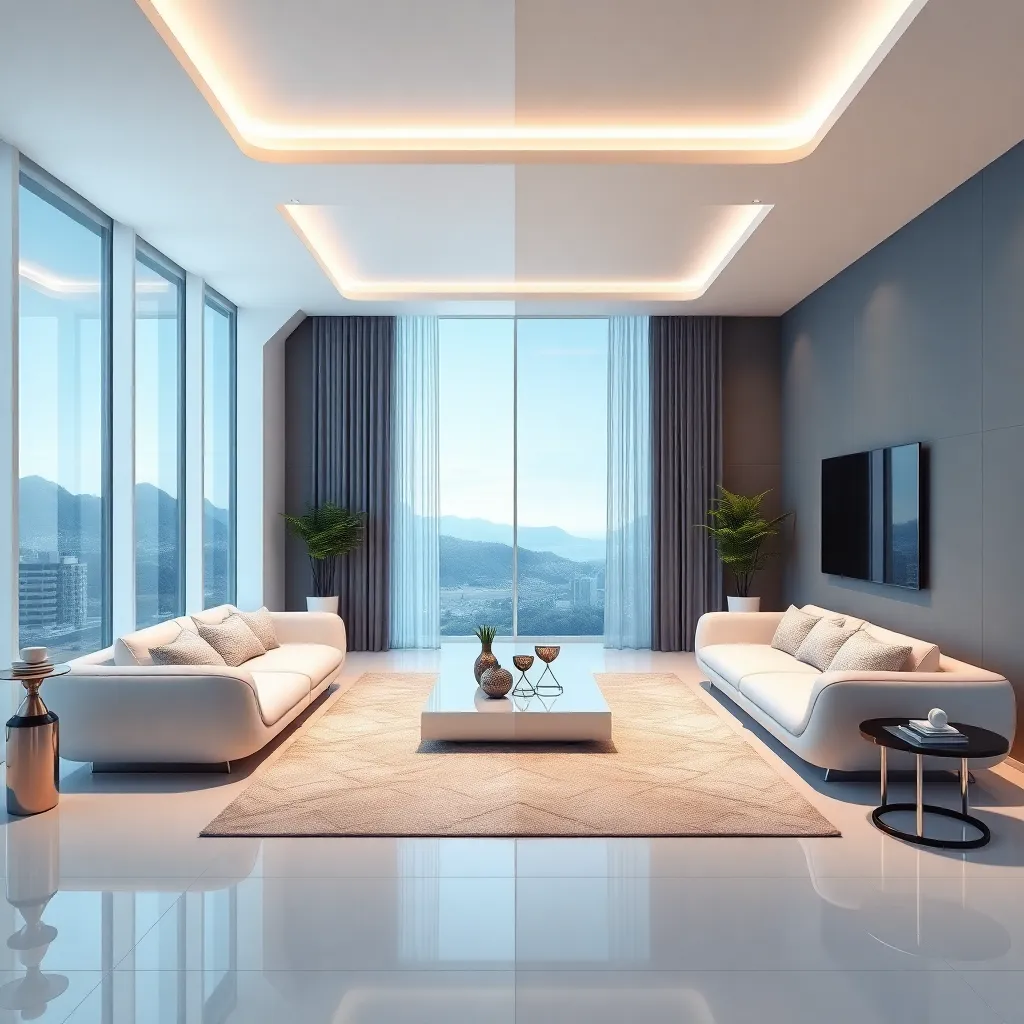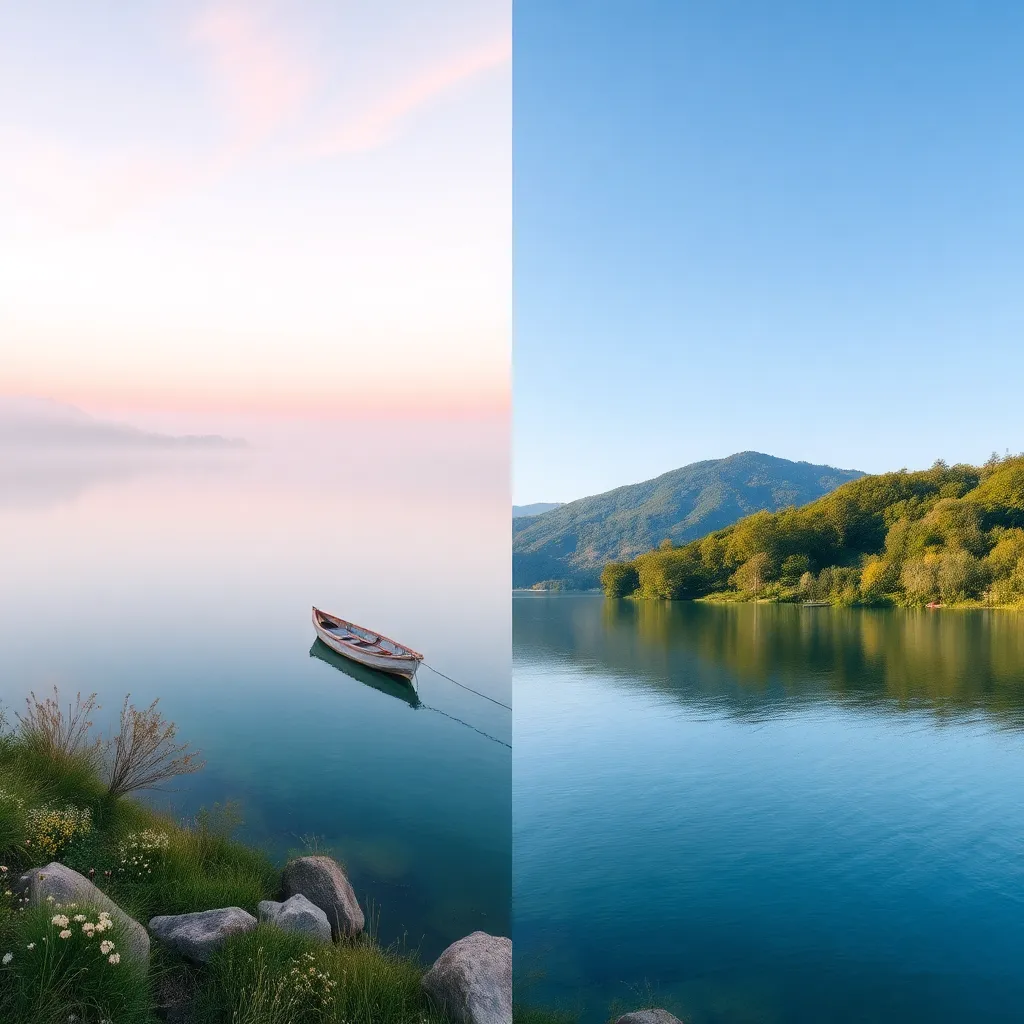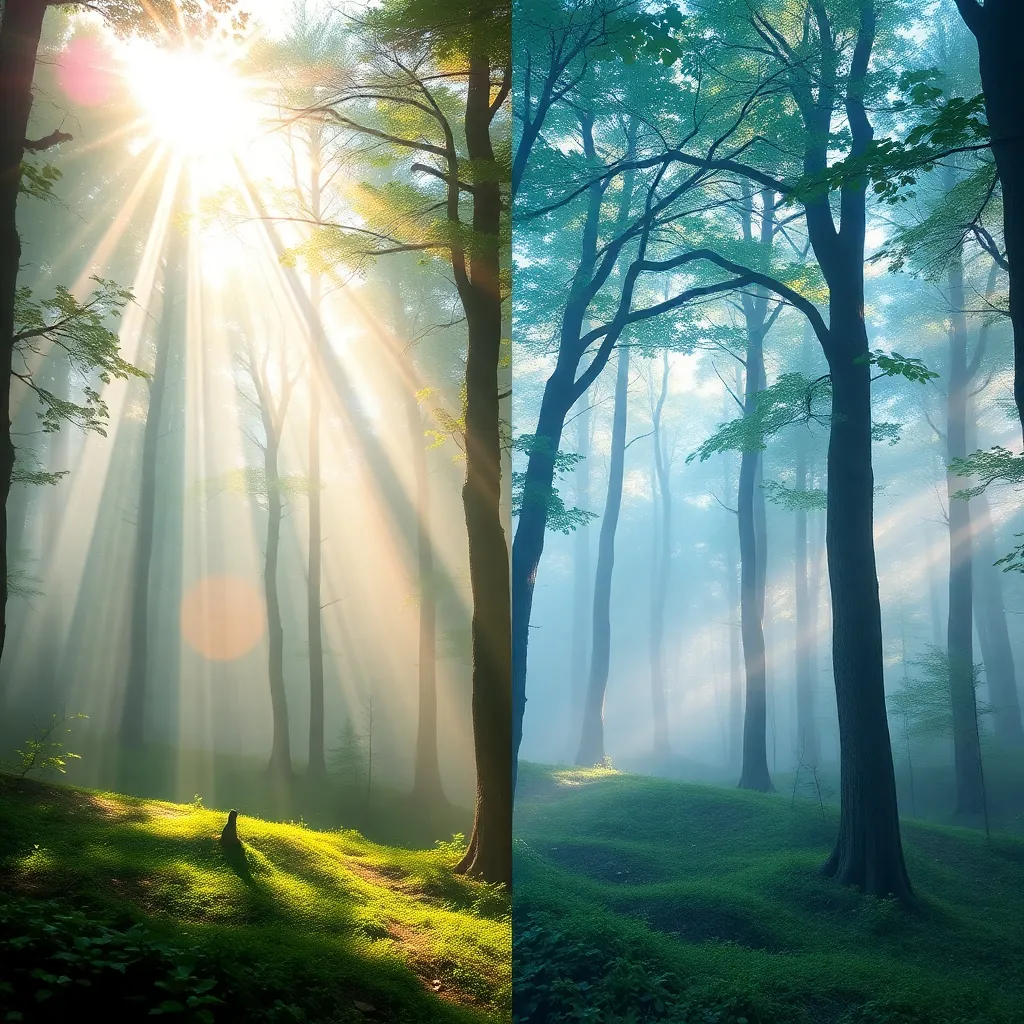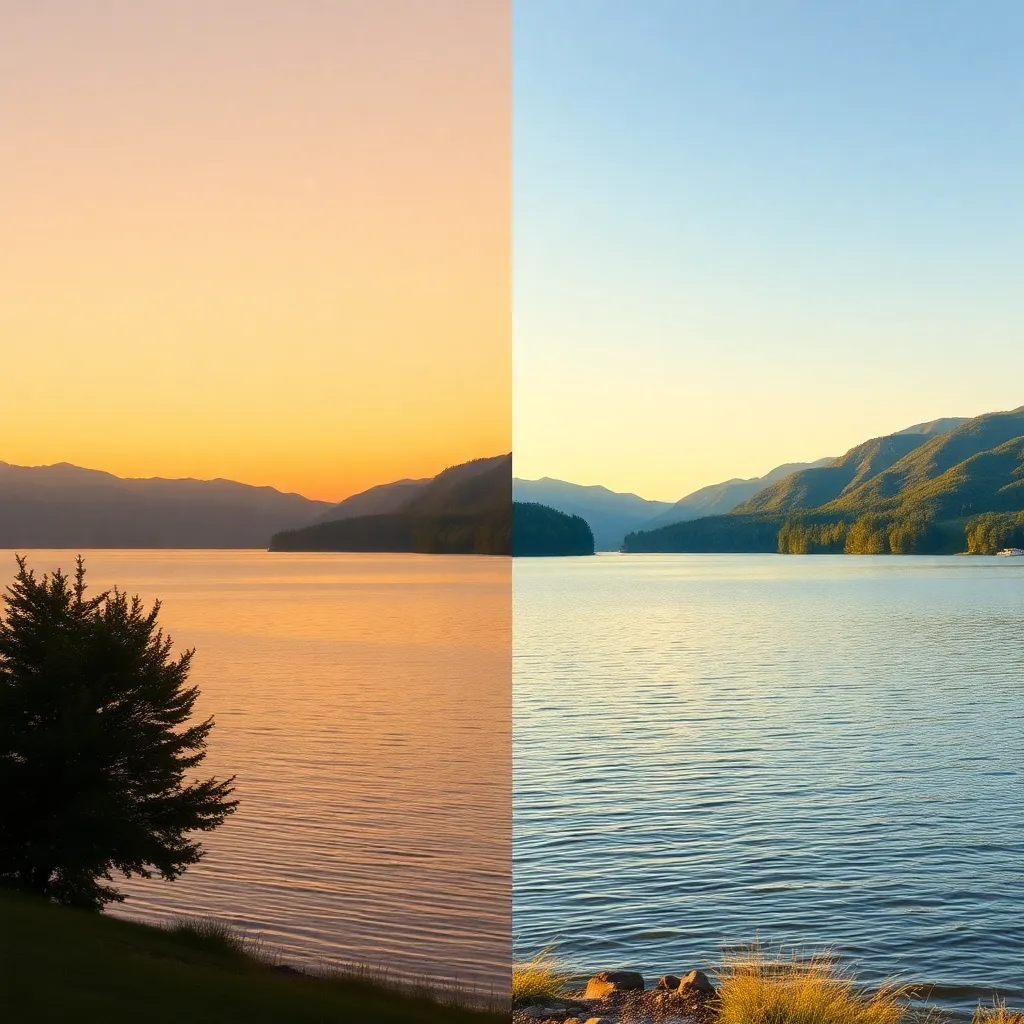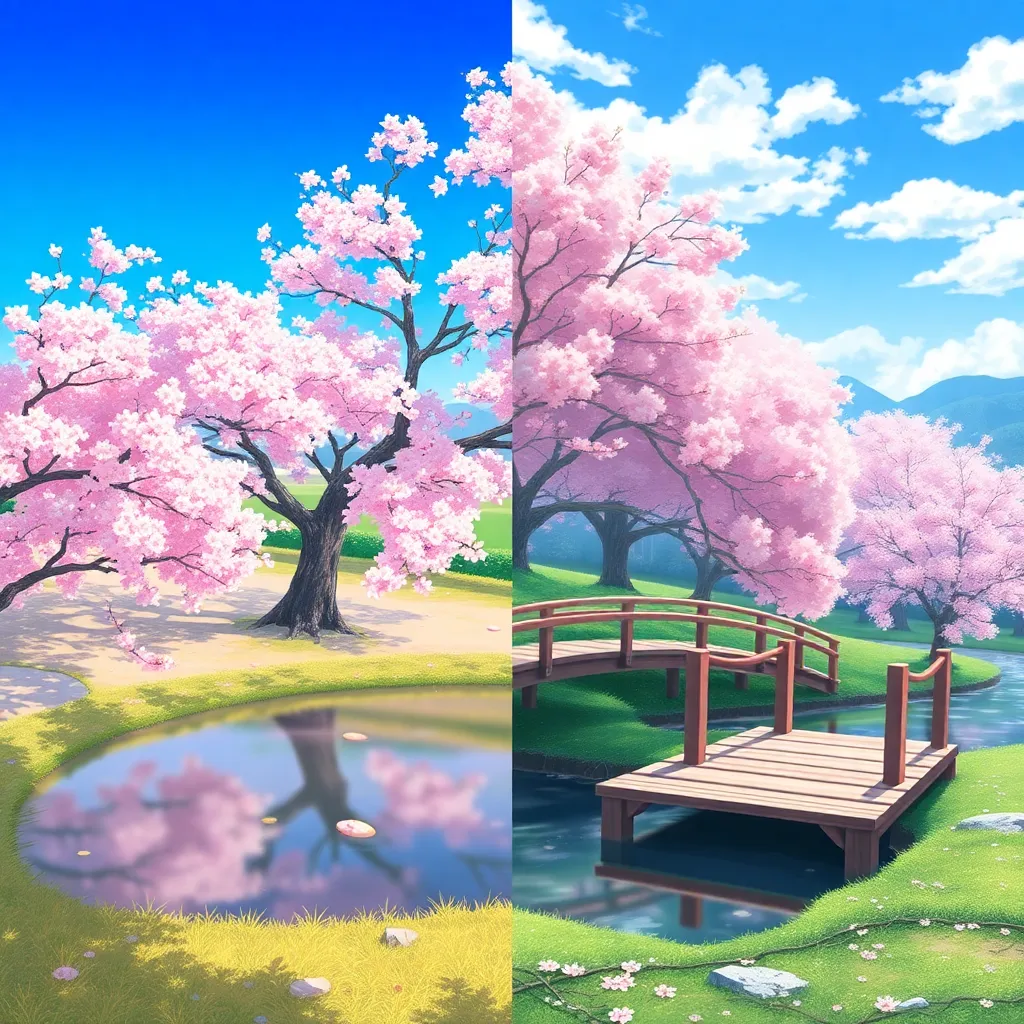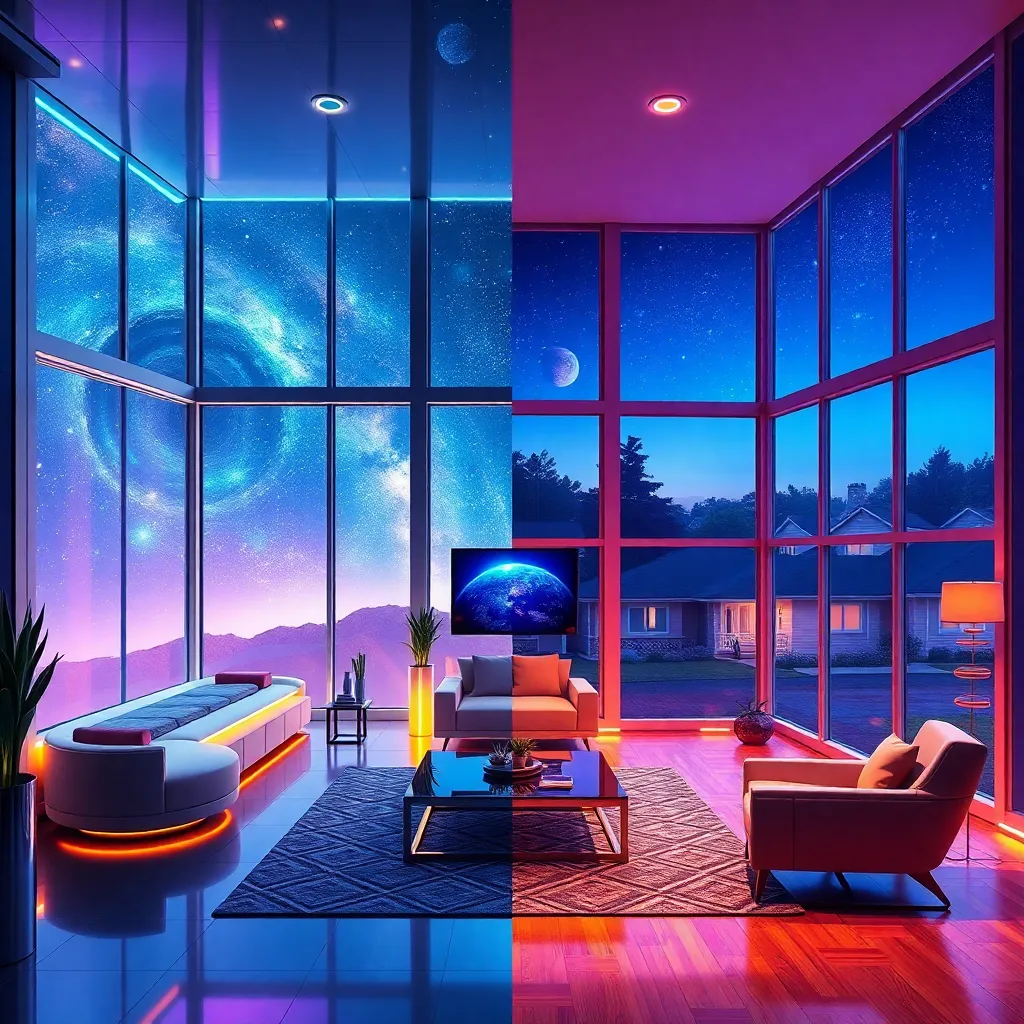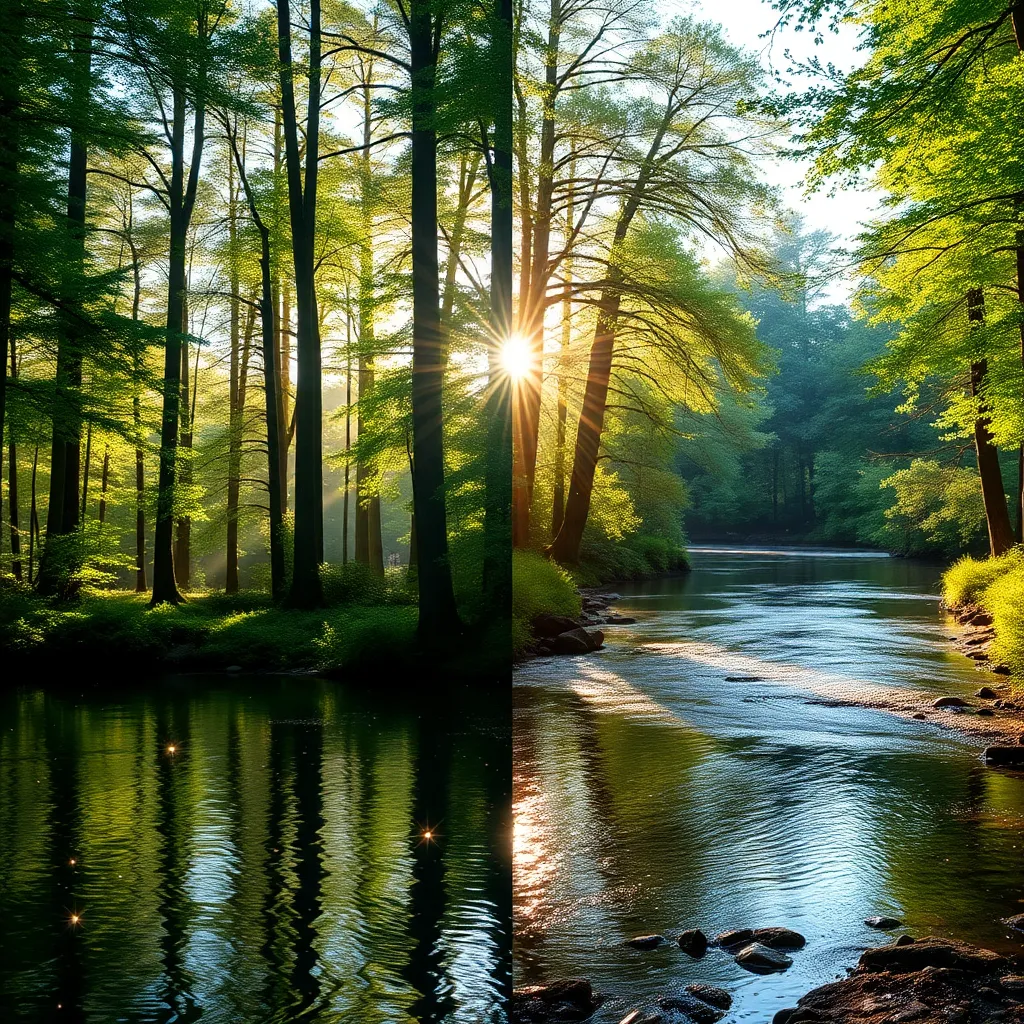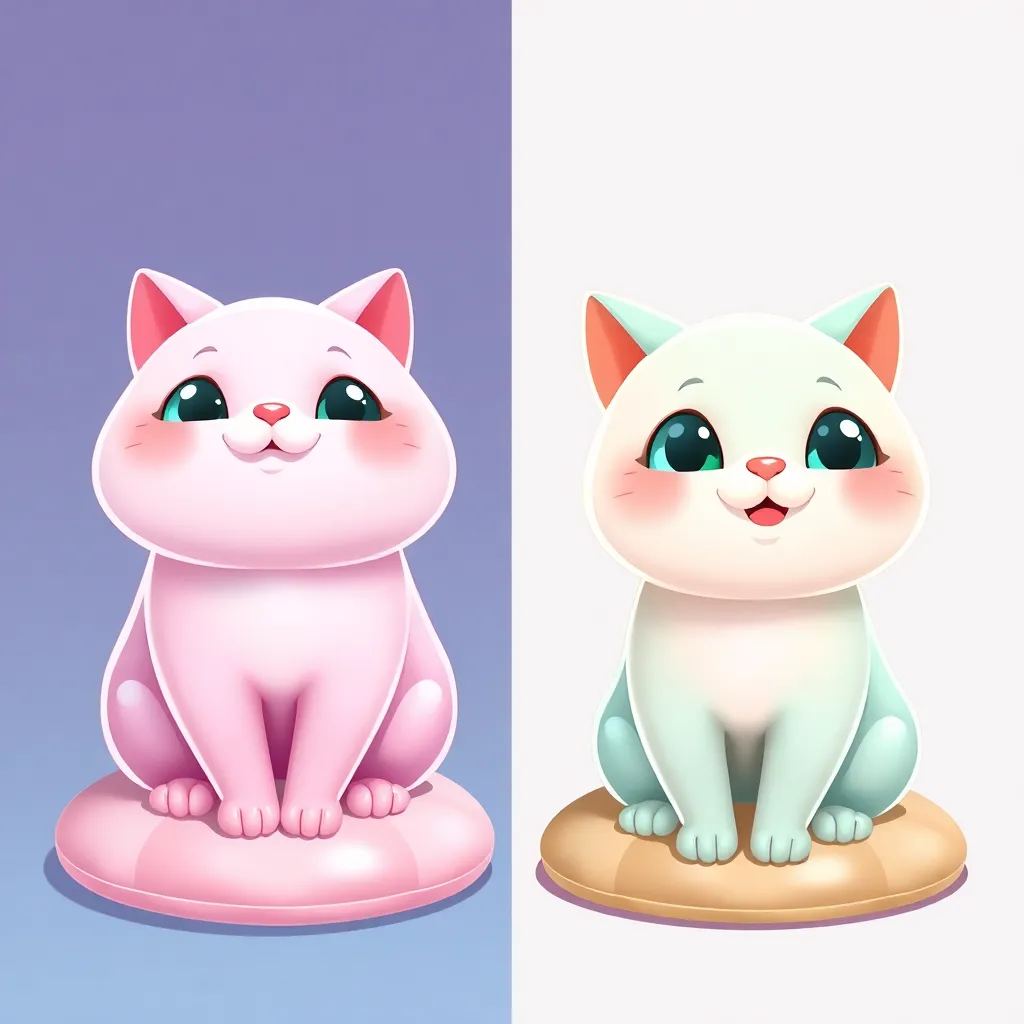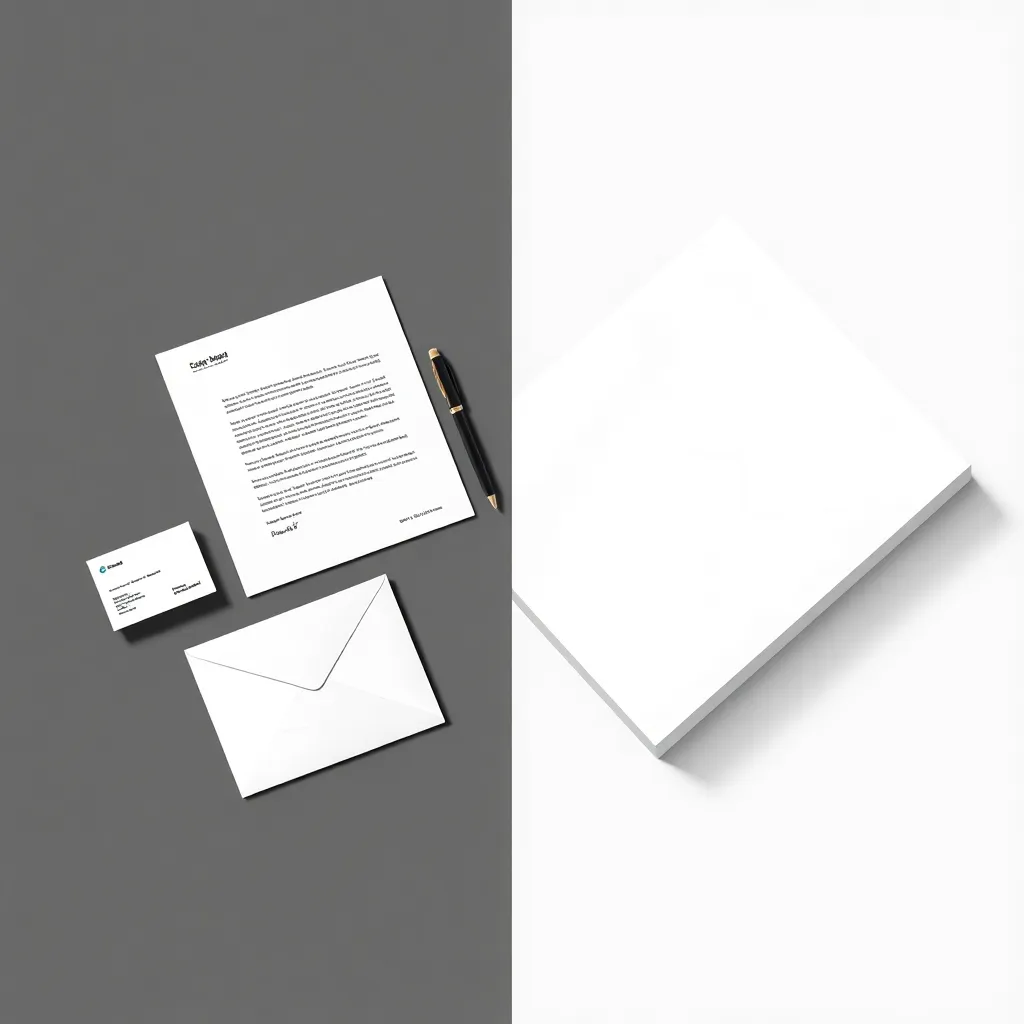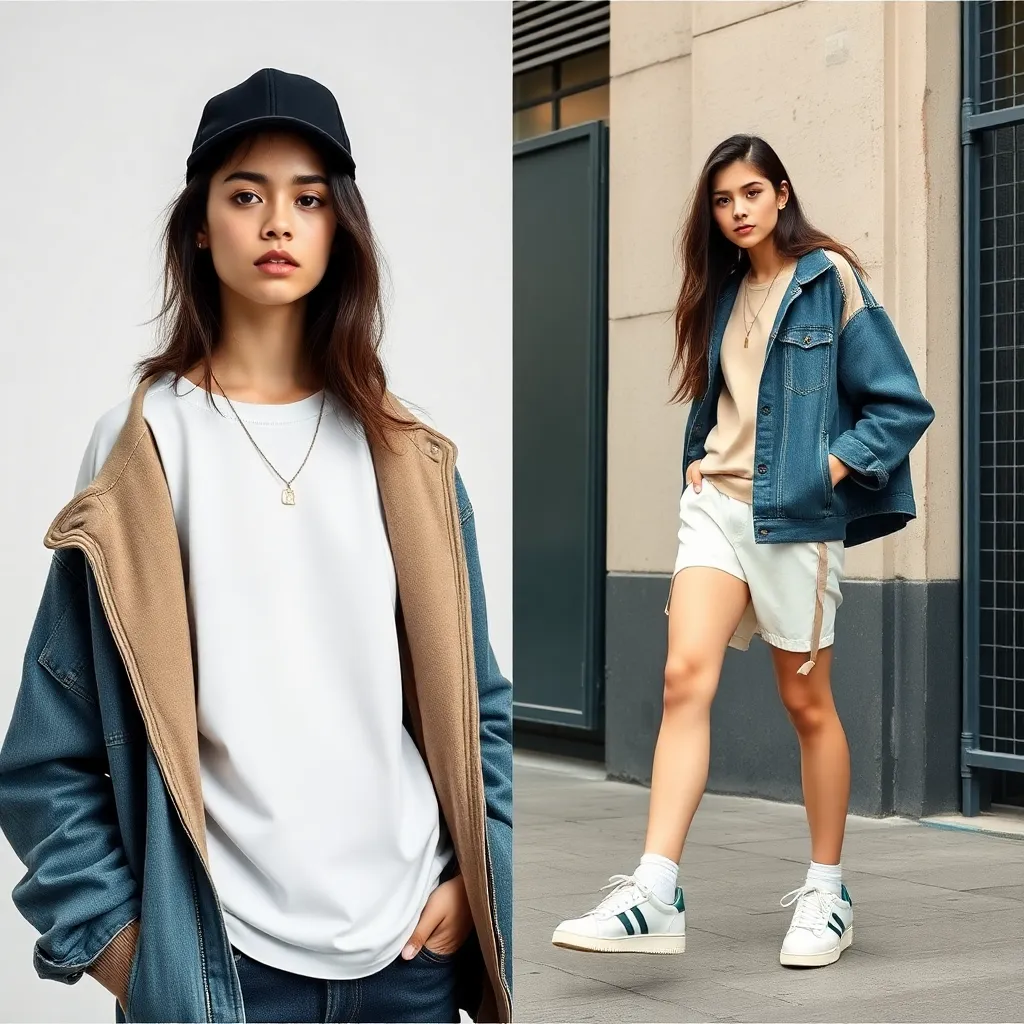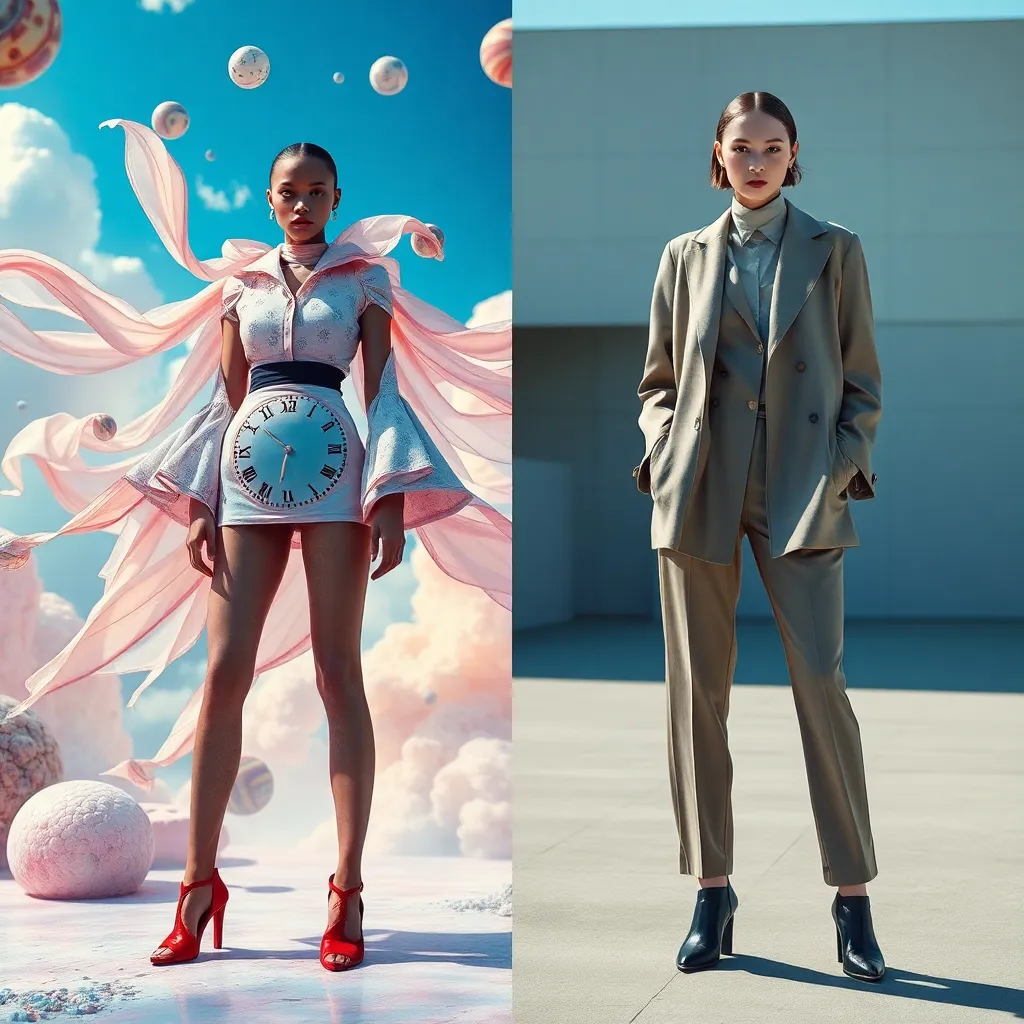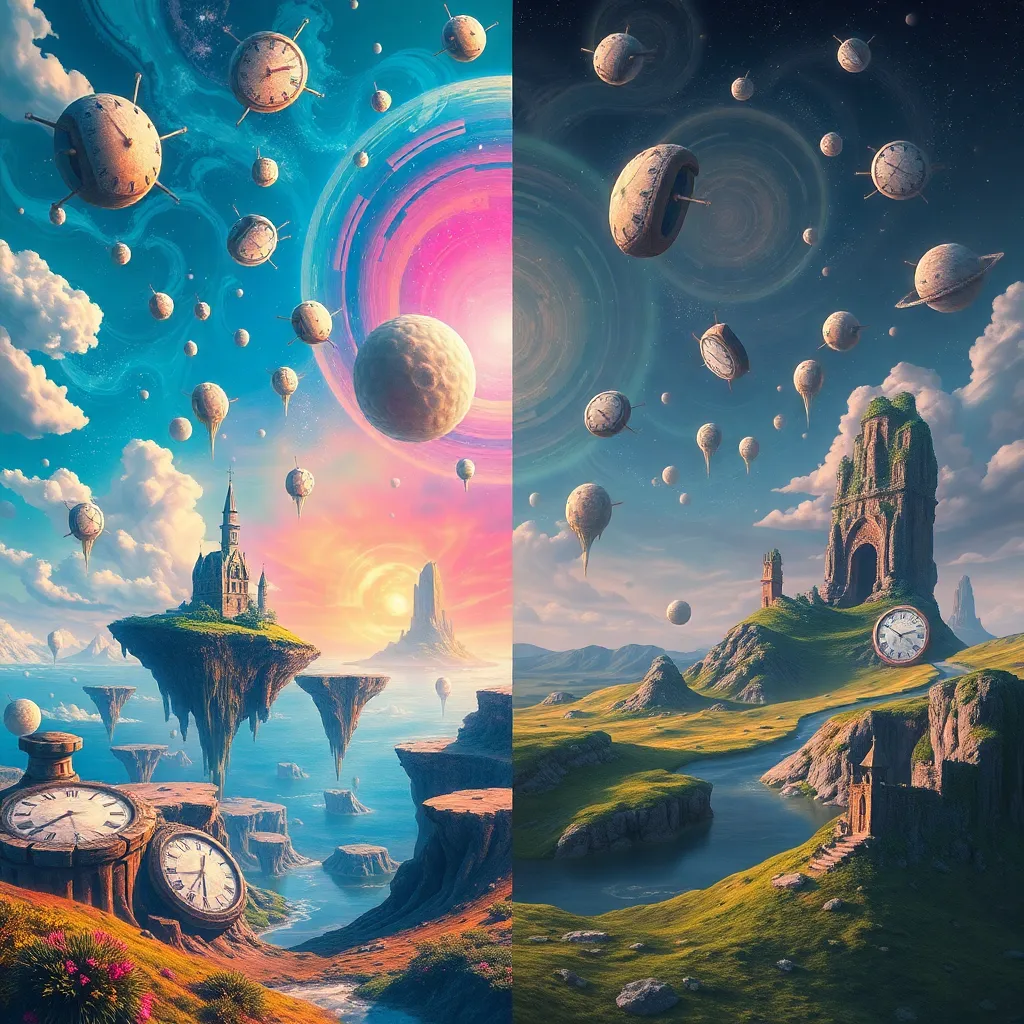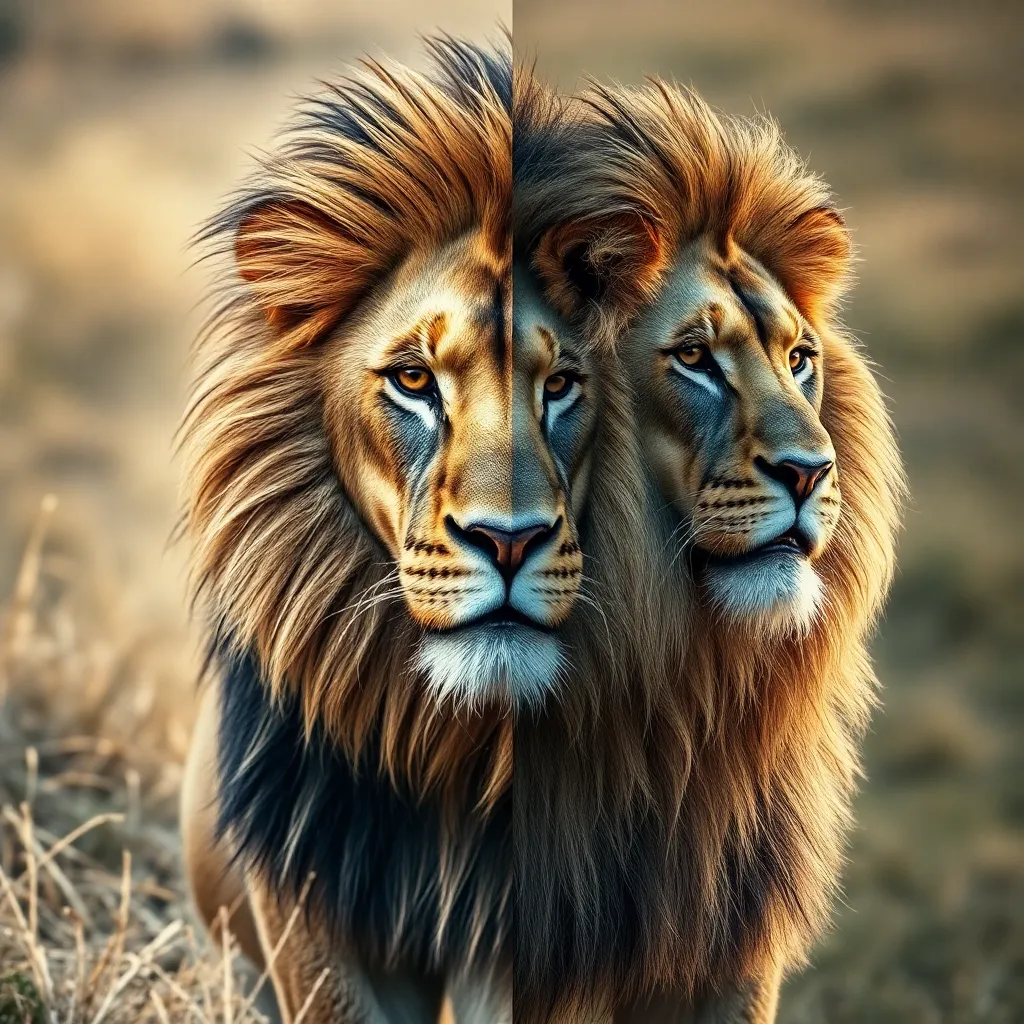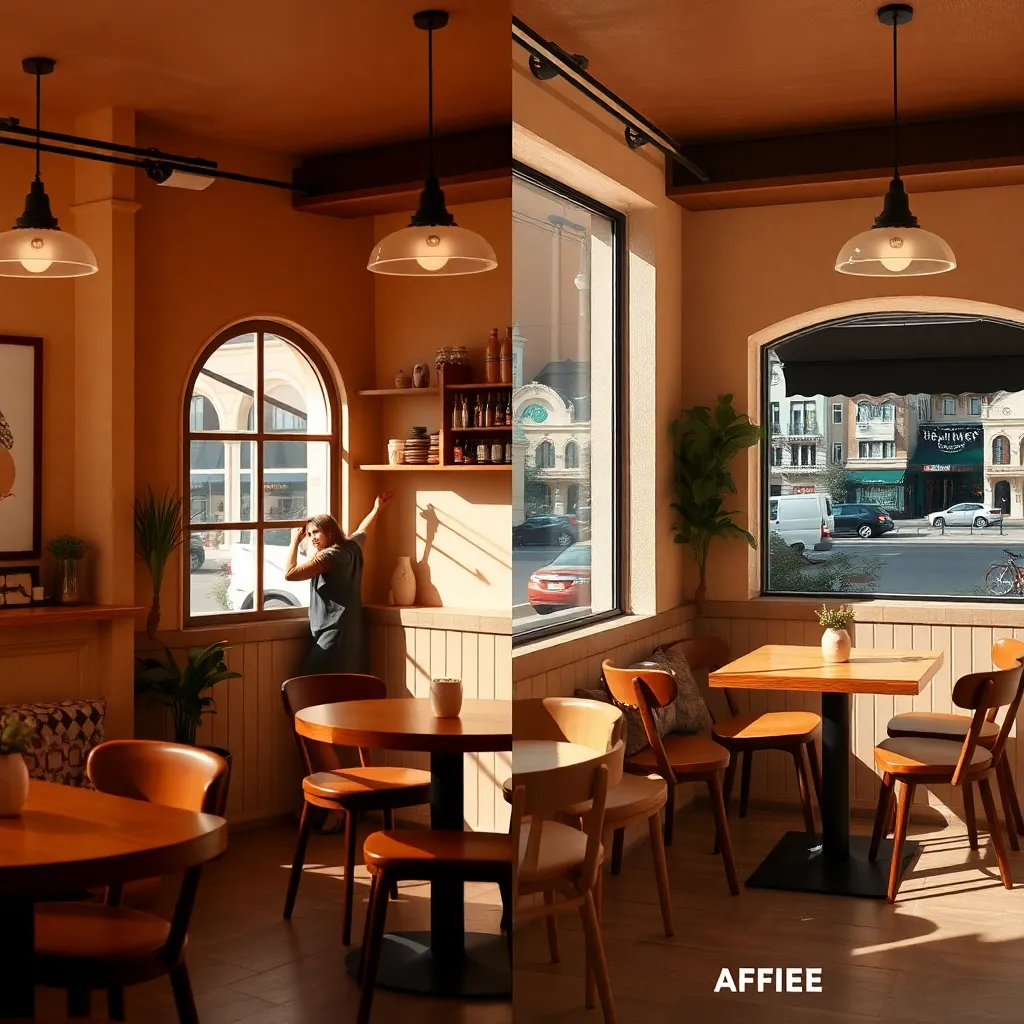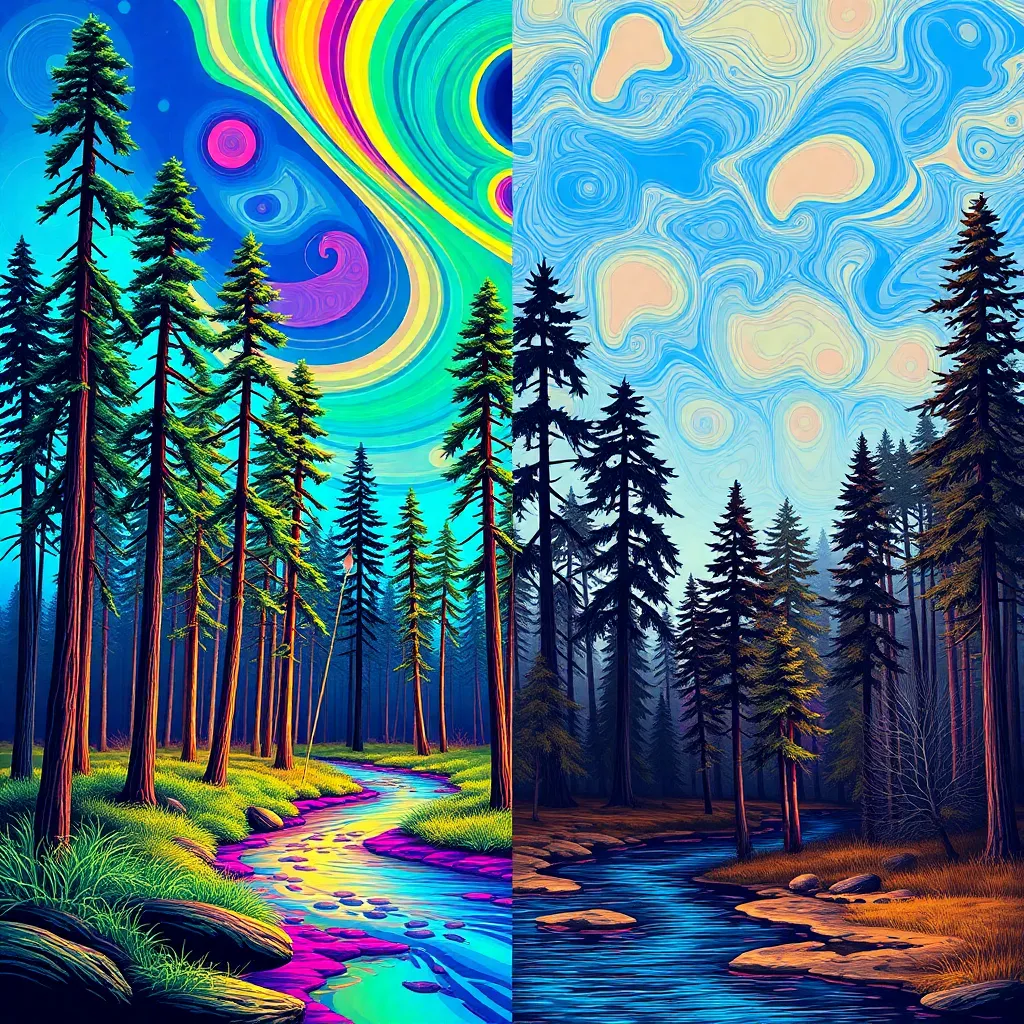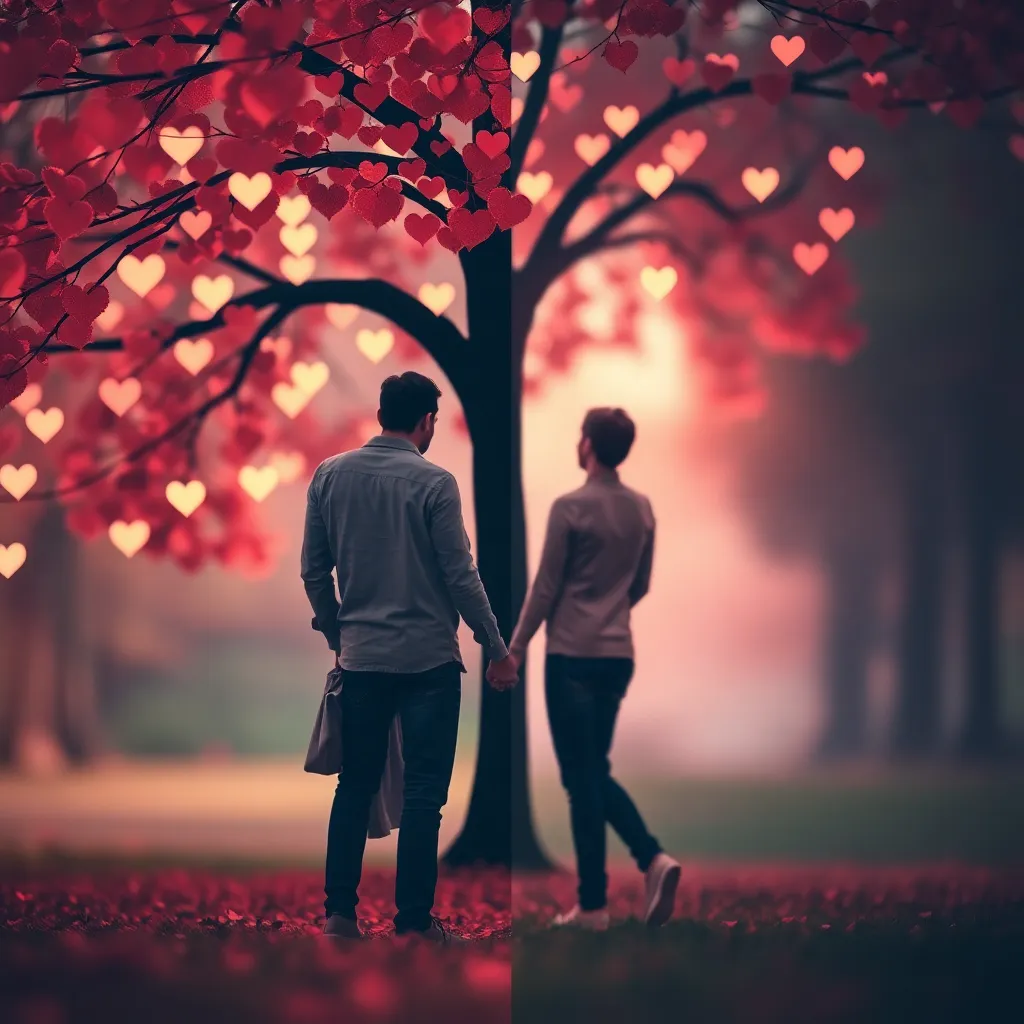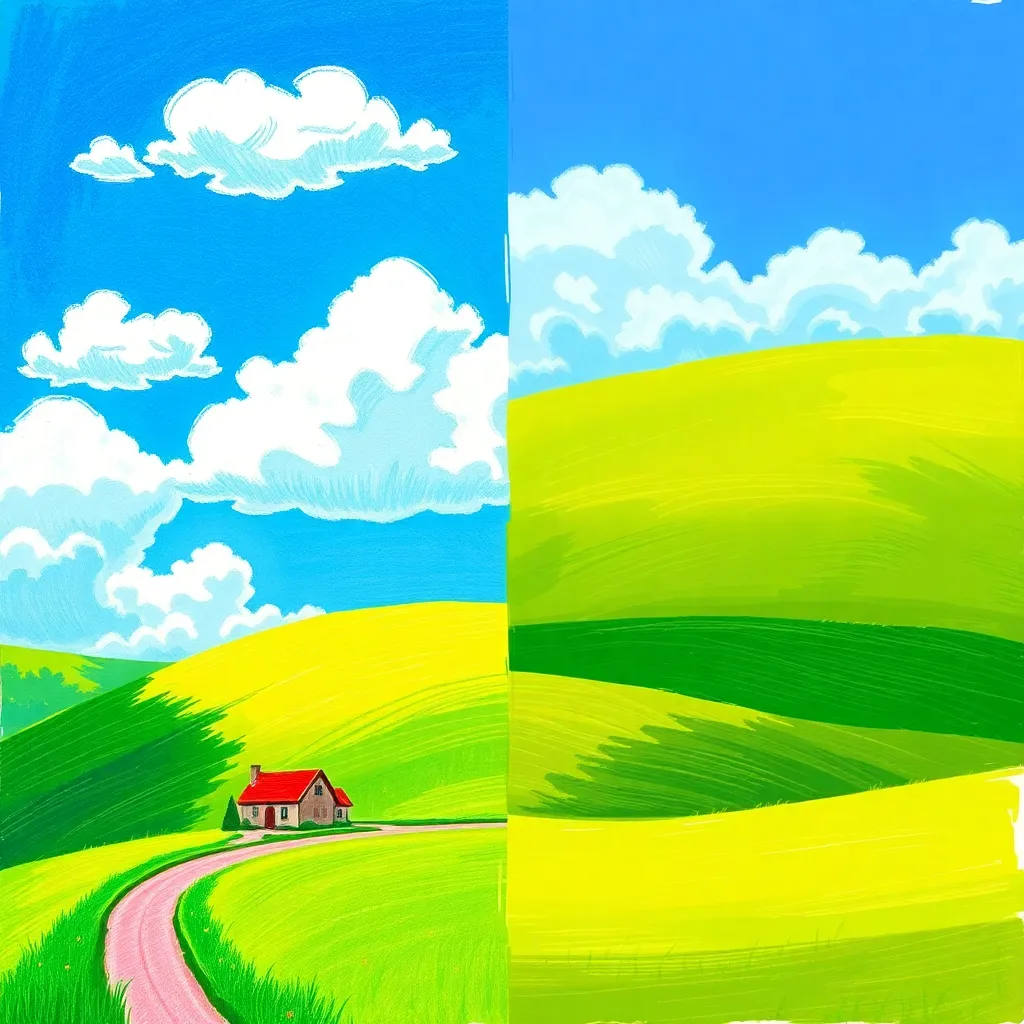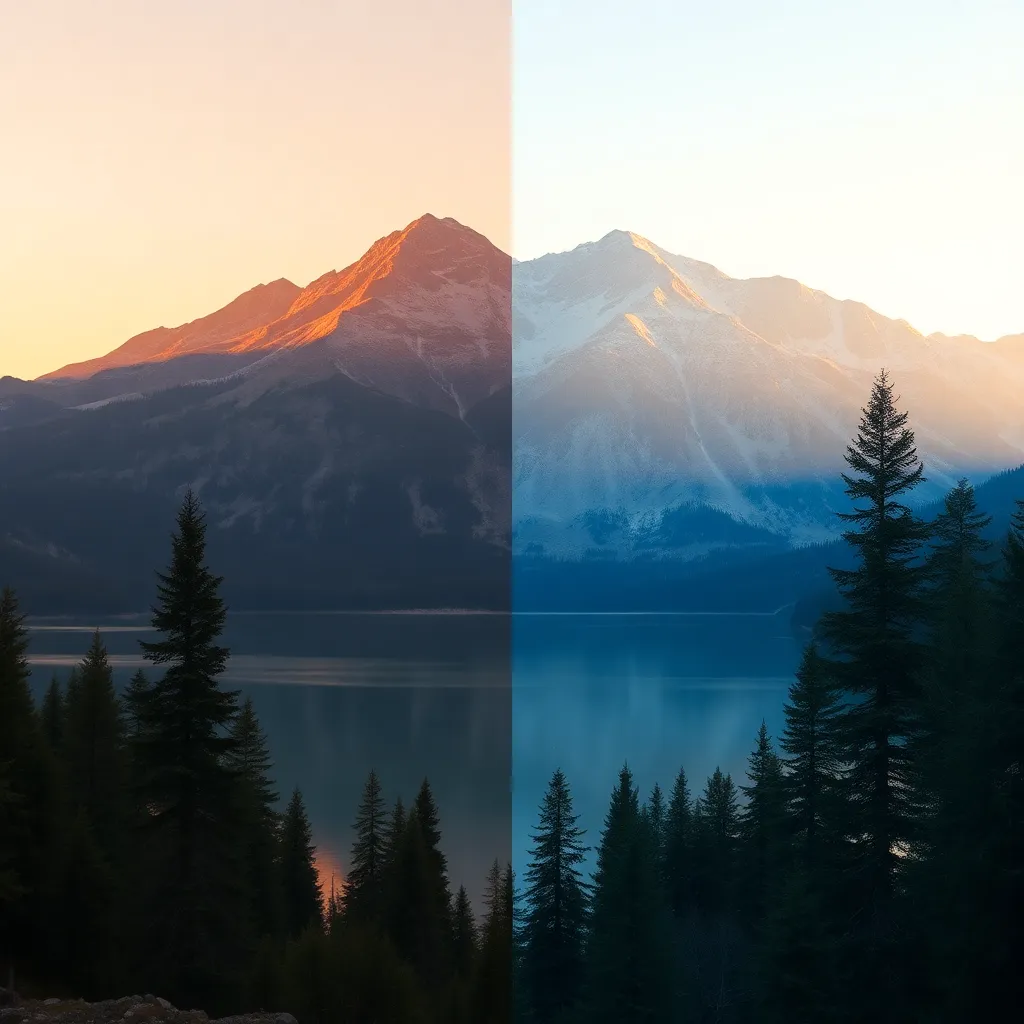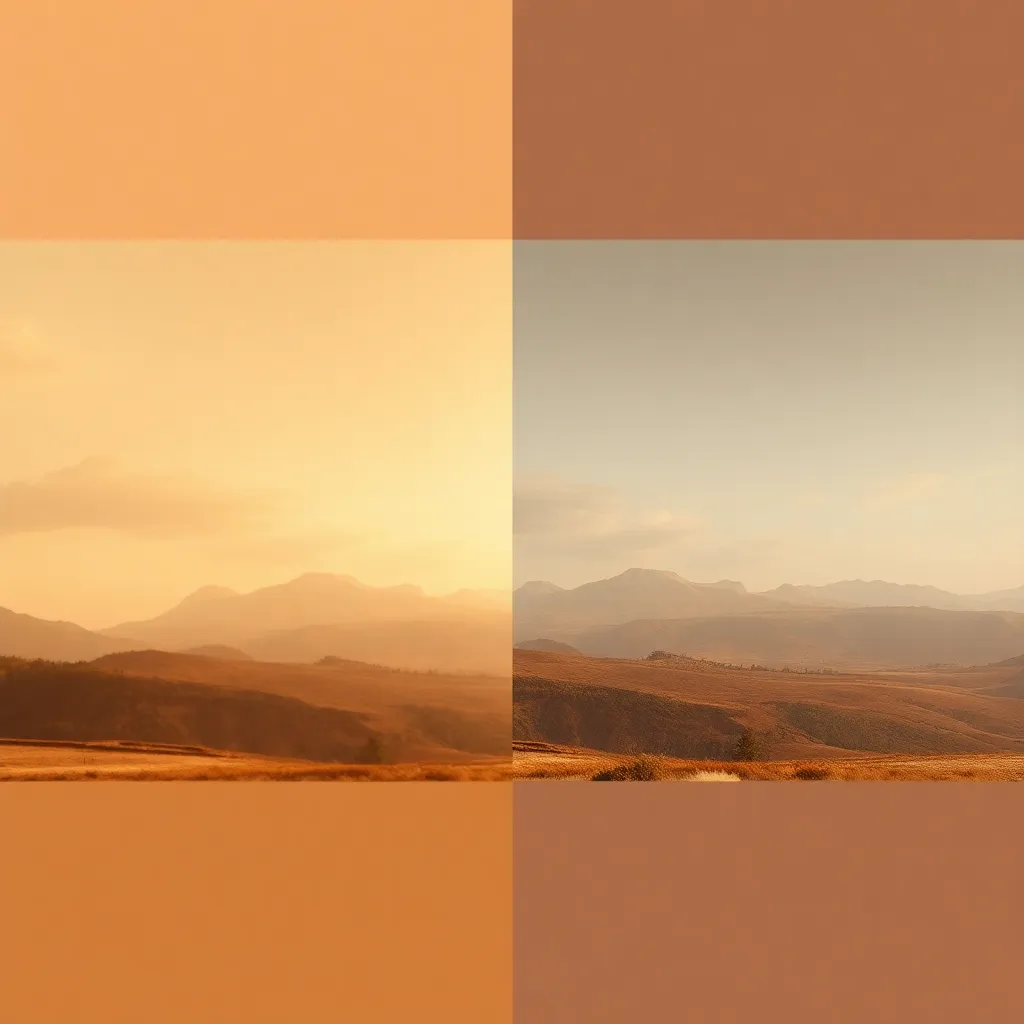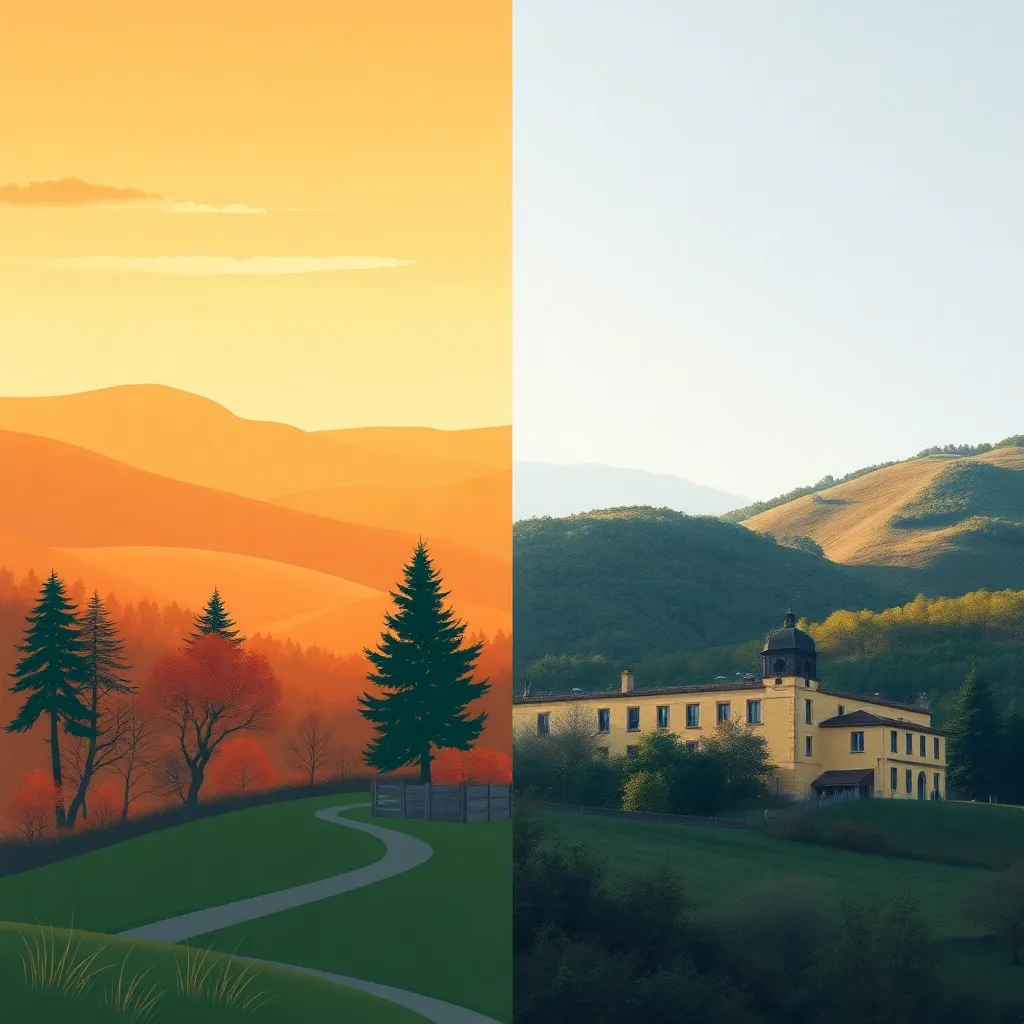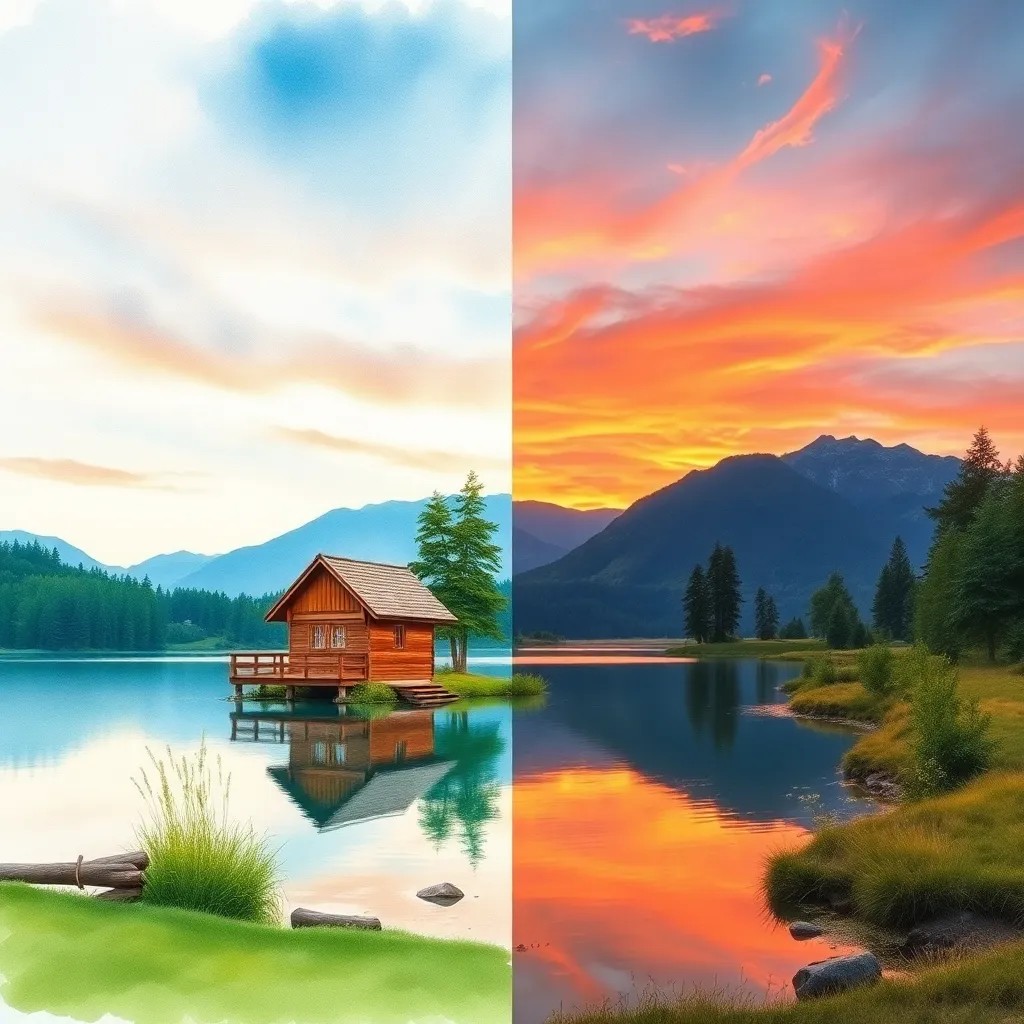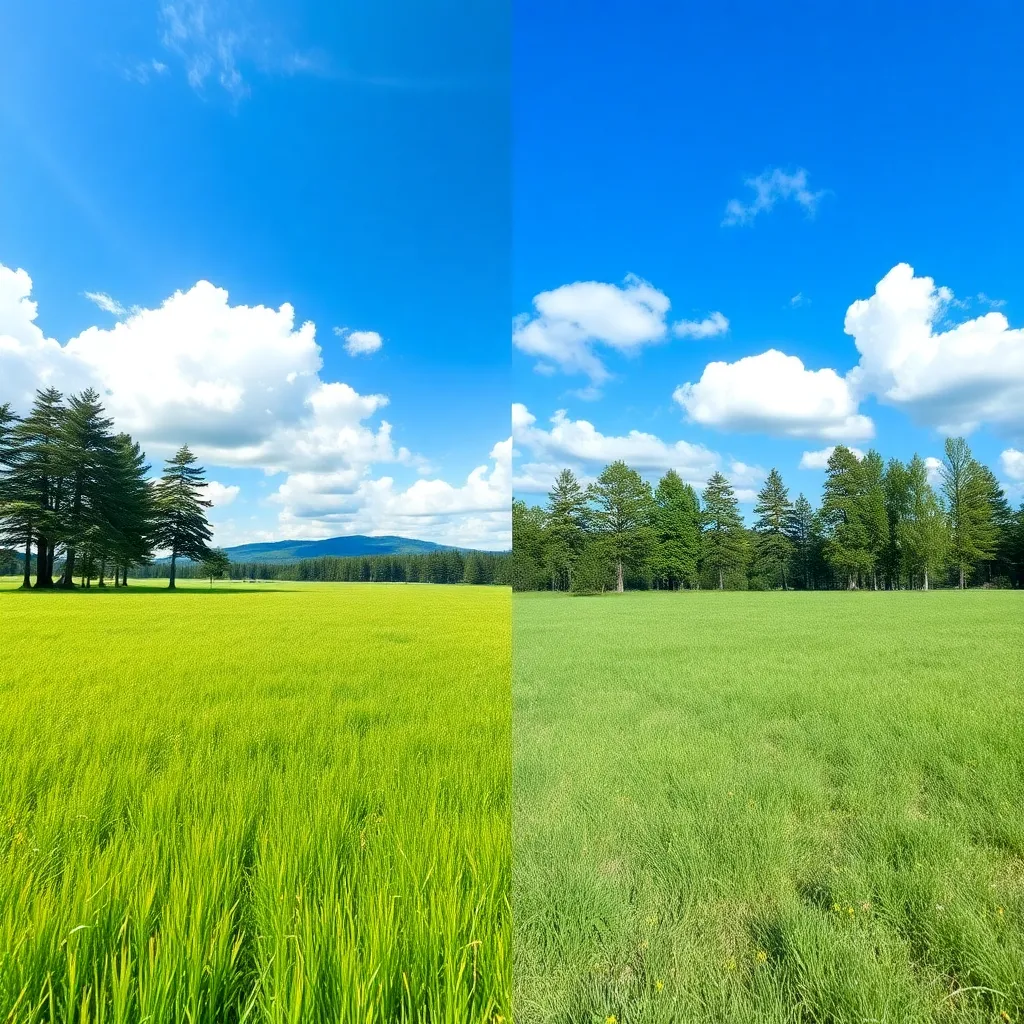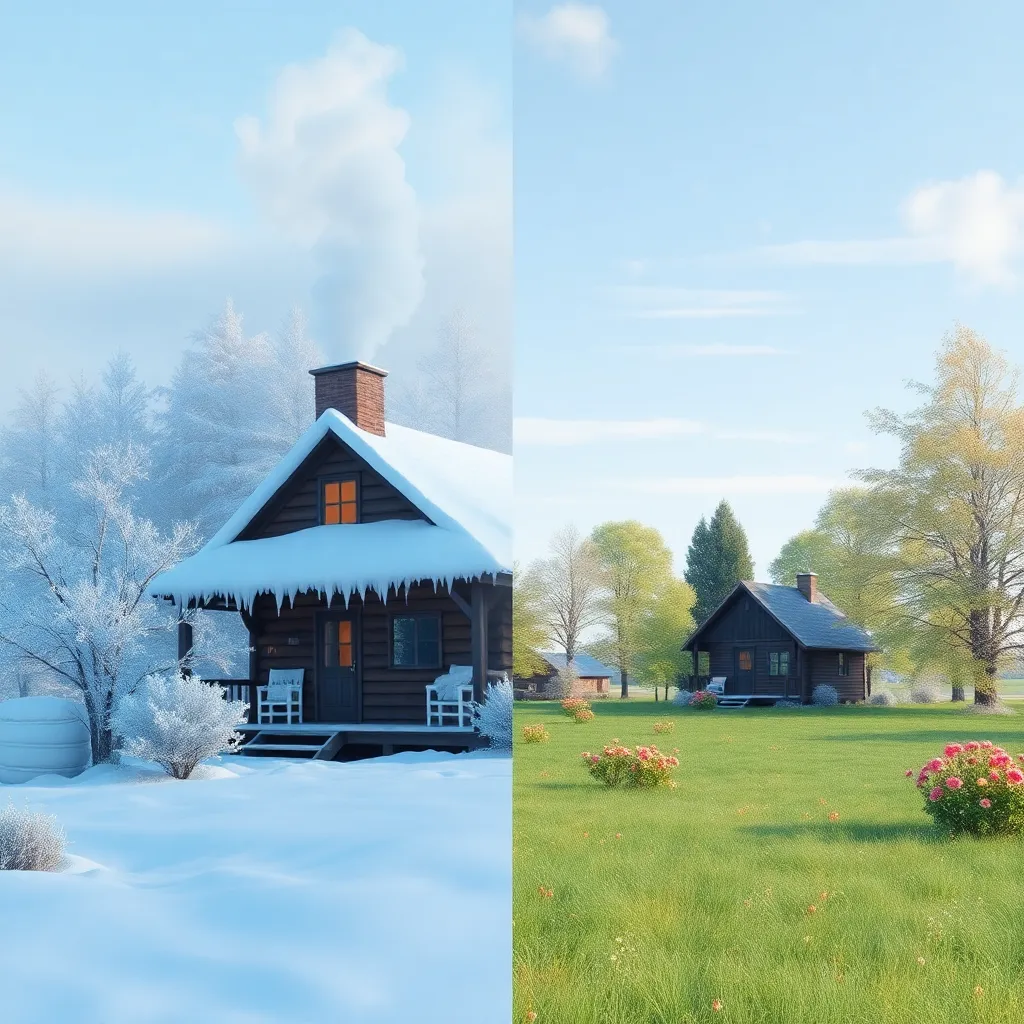Description of the Glitch Art Style
Glitch Art Style is a visually distinctive and experimental photographic effect that transforms images through digital errors, pixelation, color shifts, and intentional visual artifacts. Originating from the world of digital media, Glitch Art draws inspiration from the accidental beauty found in corrupted files, malfunctioning screens, and broken digital signals. The style evokes a sense of digital rebellion and futuristic aesthetics, often associated with cyberpunk, electronic music, and avant-garde art.
The history of Glitch Art can be traced back to the late 20th century, when artists and programmers began to embrace the unexpected and often chaotic visual results of technological failures. With the rise of computer graphics, circuit bending, and data manipulation, Glitch Art evolved from a niche subculture into a widely recognized art form. Today, Glitch Art is celebrated for its bold, disruptive visual language and its ability to challenge traditional ideas of photographic perfection.
Who Is Using Glitch Art Style?
Glitch Art Style has found a passionate following among digital artists, graphic designers, photographers, musicians, and marketers who seek to push the boundaries of visual storytelling. It is particularly popular in the following communities:
- Musicians and Album Designers: Especially in electronic, synthwave, and experimental genres, where bold, futuristic visuals complement the music.
- Contemporary Visual Artists: Those exploring themes of technology, data, and digital culture.
- Tech Startups and Brands: Companies looking to project a modern, innovative image.
- Fashion Photographers and Editorial Designers: Seeking to create edgy, attention-grabbing visuals for magazines and campaigns.
- Game Developers and Concept Artists: Especially for cyberpunk, dystopian, or sci-fi settings.
- Social Media Influencers and Content Creators: Wanting to stand out with unique, eye-catching posts.
Glitch Art’s versatility and boldness make it a favorite for anyone wanting to break away from the ordinary and embrace digital experimentation.
How Does Glitch Art Style Enhance Photos?
Glitch Art Style enhances photographs by introducing a layer of digital abstraction and visual intrigue. Here is how it elevates images:
- Creates Visual Drama: The unexpected glitches, distortions, and color shifts add drama and movement, making images more captivating.
- Injects Futuristic and Cyberpunk Vibes: The style instantly evokes the feeling of a digital future, perfect for themes related to technology, sci-fi, or cyberpunk.
- Breaks Conventional Boundaries: By distorting reality, Glitch Art challenges traditional norms and invites viewers to experience photography in new ways.
- Highlights Texture and Form: Pixelation and digital artifacts can emphasize details, patterns, and geometry, drawing the eye to otherwise overlooked elements.
- Generates Emotional Impact: The chaotic and fragmented visuals can evoke feelings of nostalgia, tension, or rebellion, adding depth to the narrative of the image.
- Amplifies Branding and Messaging: For brands and artists, Glitch Art can make promotional material and album covers stand out in crowded markets, instantly grabbing attention.
Use Cases of Glitch Art Style
Glitch Art Style is highly versatile and can be tailored to fit a wide range of creative projects. Here are some of its most impactful use cases:
- Album Cover Art for Electronic Music: The bold colors and digital distortions perfectly mirror the soundscape of electronic and experimental music, creating an immediate visual connection with the listener.
- Futuristic Cityscape Illustration for Cyberpunk Novels: Glitch Art’s neon hues and pixel glitches are ideal for visualizing cyberpunk worlds, enhancing book covers and interior illustrations with a sense of digital dystopia.
- Portrait Photography for Tech Magazines: Glitch effects bring a contemporary, tech-forward look to editorial portraits, making them suitable for magazine covers and feature spreads.
- Promotional Posters for Digital Art Exhibitions: The style’s abstract, eye-catching visuals draw audiences to art events, signaling innovation and cutting-edge creativity.
- Video Game Concept Art for Dystopian Worlds: Glitch Art helps visualize crumbling, futuristic landscapes, adding mood and depth to concept art for games set in digital or post-apocalyptic futures.
- Social Media Campaigns for Technology Brands: The dynamic and modern aesthetic of Glitch Art is perfect for grabbing attention on social platforms and reinforcing a brand’s association with innovation.
By enhancing each of these applications with digital chaos and color, Glitch Art Style adds a unique and memorable edge that resonates with contemporary audiences.
Pro Tips and General Conclusion
Pro Tips for Using Glitch Art Style:
- Balance Chaos and Clarity: While heavy distortion is eye-catching, ensure key subjects and messages remain recognizable for maximum impact.
- Experiment with Color Channels: RGB splitting and selective color manipulation can create nuanced glitch effects without overwhelming the image.
- Layer Effects Strategically: Combine pixelation, scan lines, and color shifts in layers to add depth and complexity.
- Use High-Resolution Originals: Glitch effects often add noise and artifacts, so start with high-quality images to maintain detail where needed.
- Tailor Intensity to Your Audience: Subtle glitches work well for sophisticated branding, while intense chaos suits music, gaming, or art projects.
Conclusion:
Glitch Art Style is more than just a visual trend—it’s a dynamic form of digital expression that challenges conventions and celebrates the unexpected beauty of digital errors. Whether you’re a musician, artist, photographer, or brand, integrating Glitch Art into your visuals can elevate your work with a sense of boldness, futurism, and creativity. Embrace the glitch, and transform your photos into unforgettable digital art.
